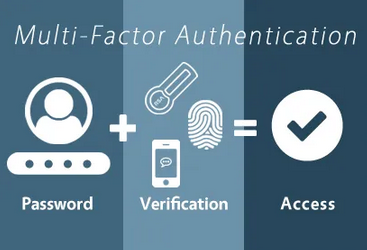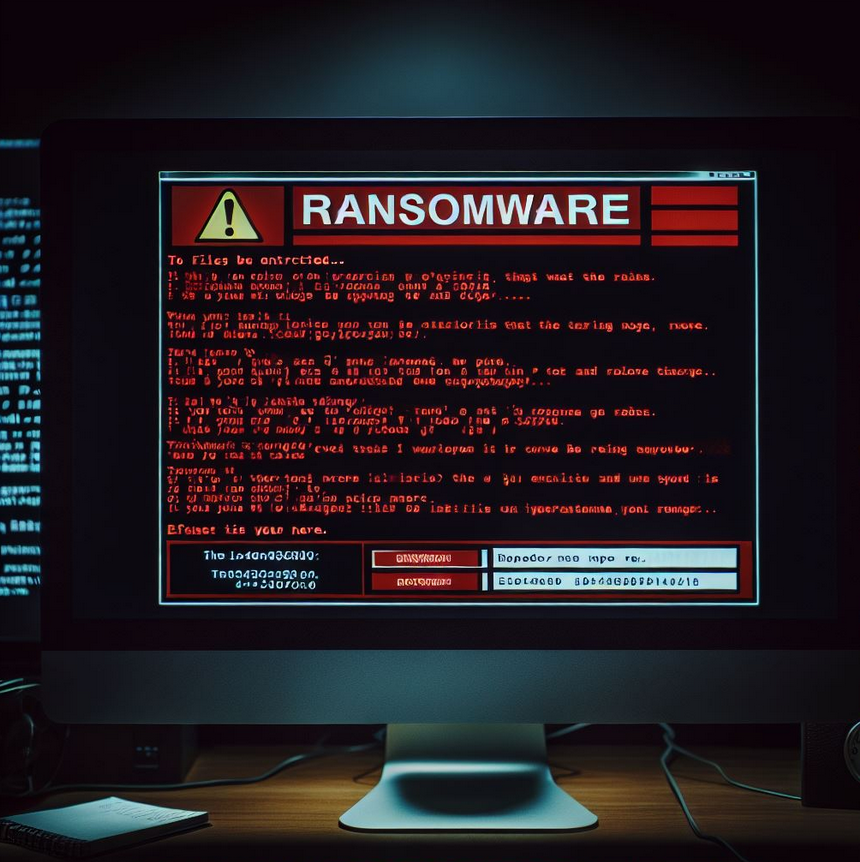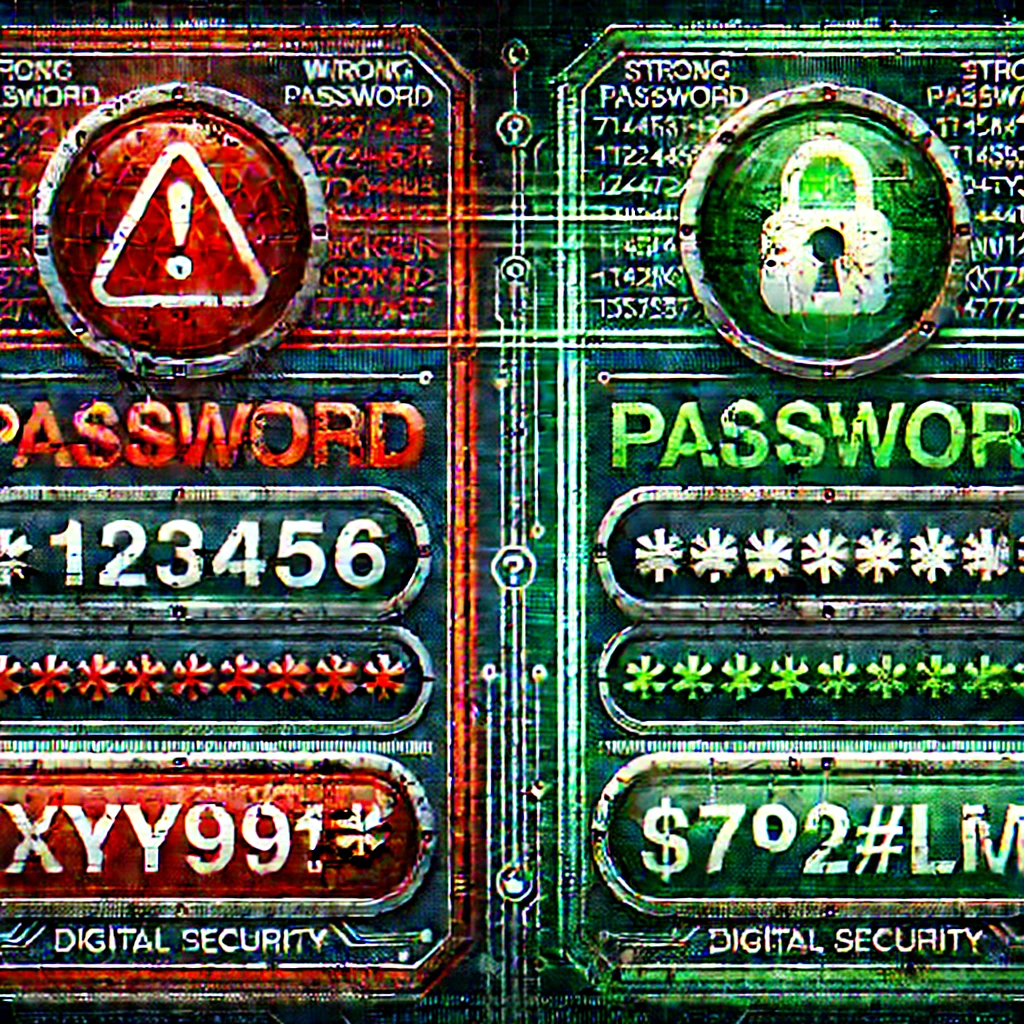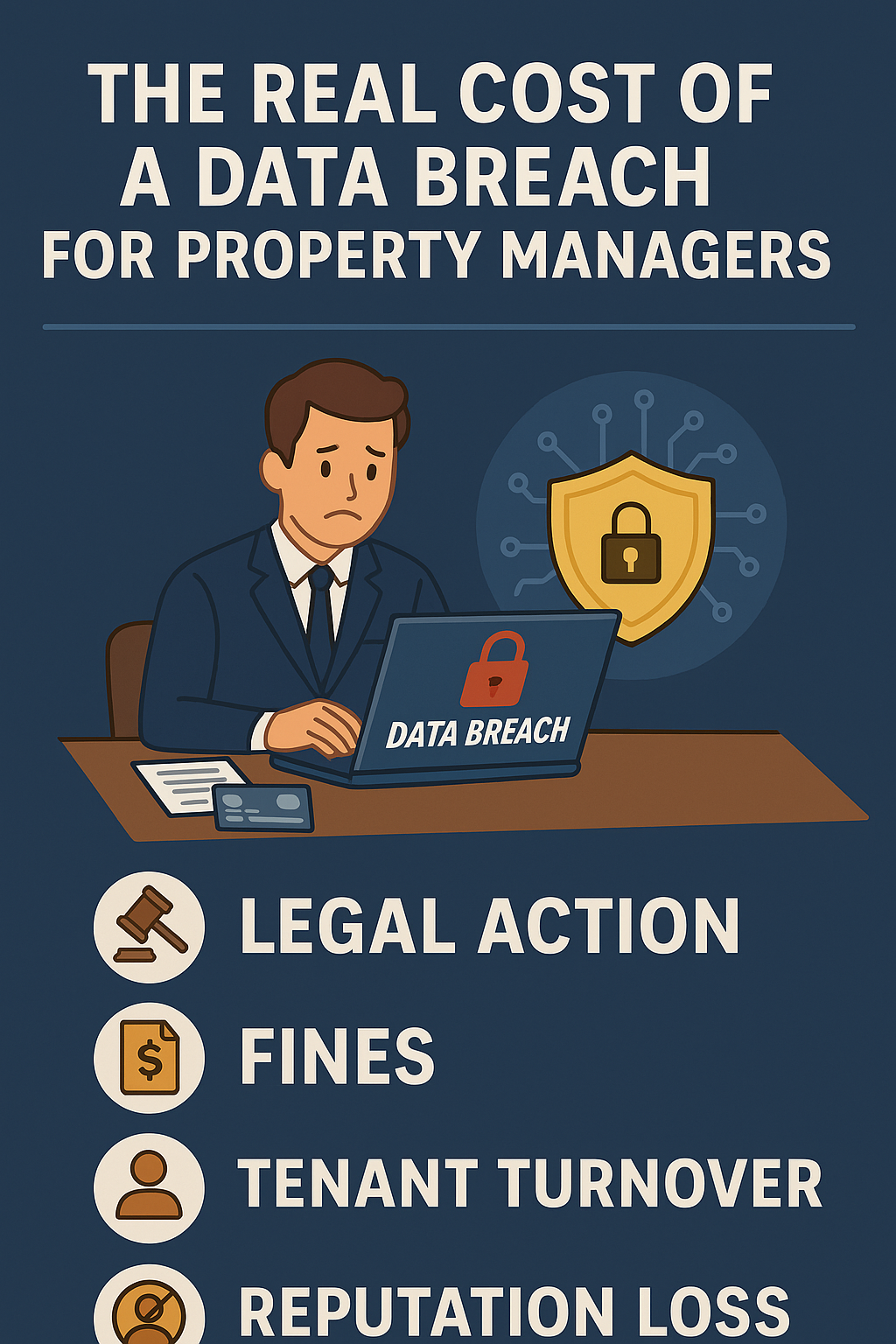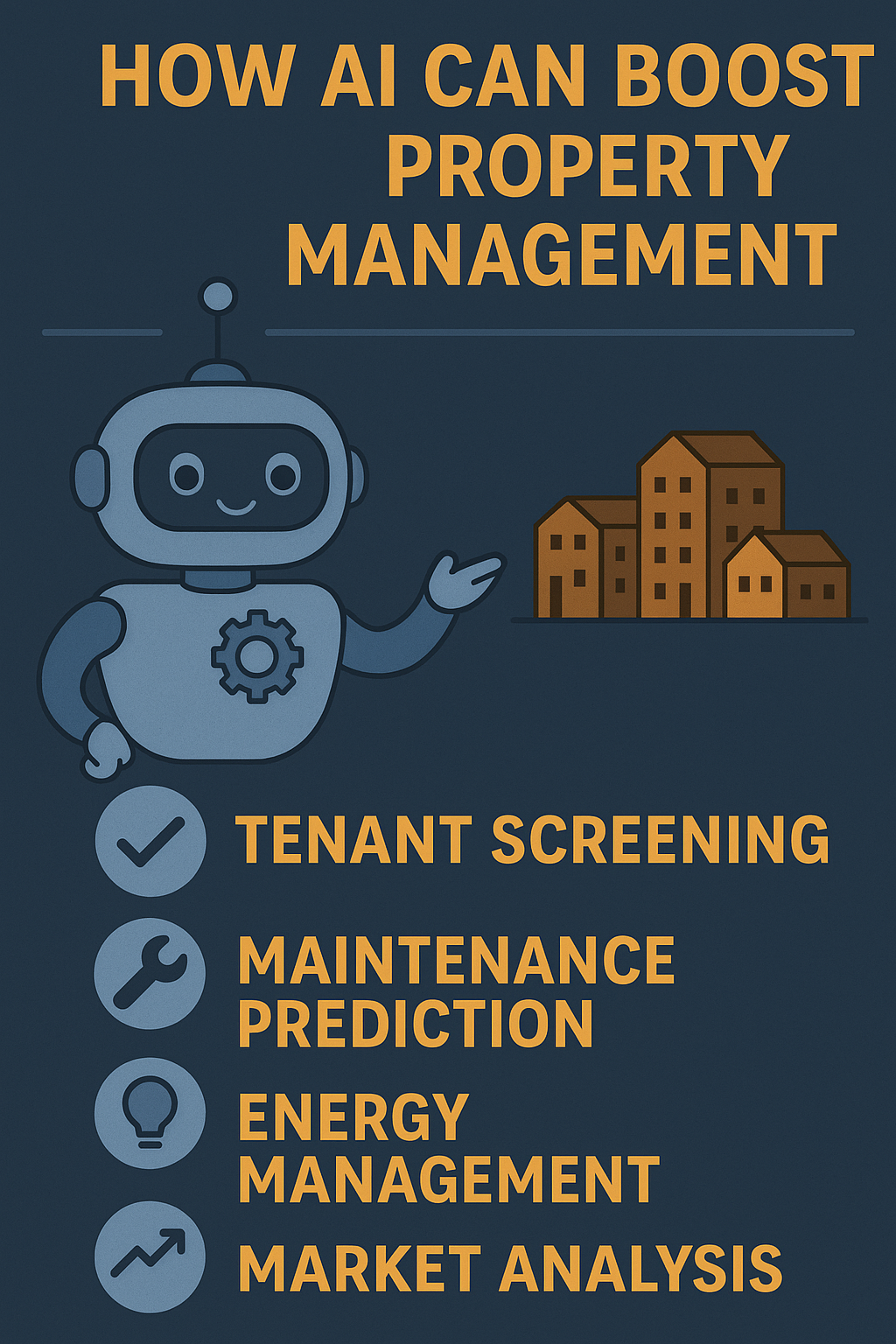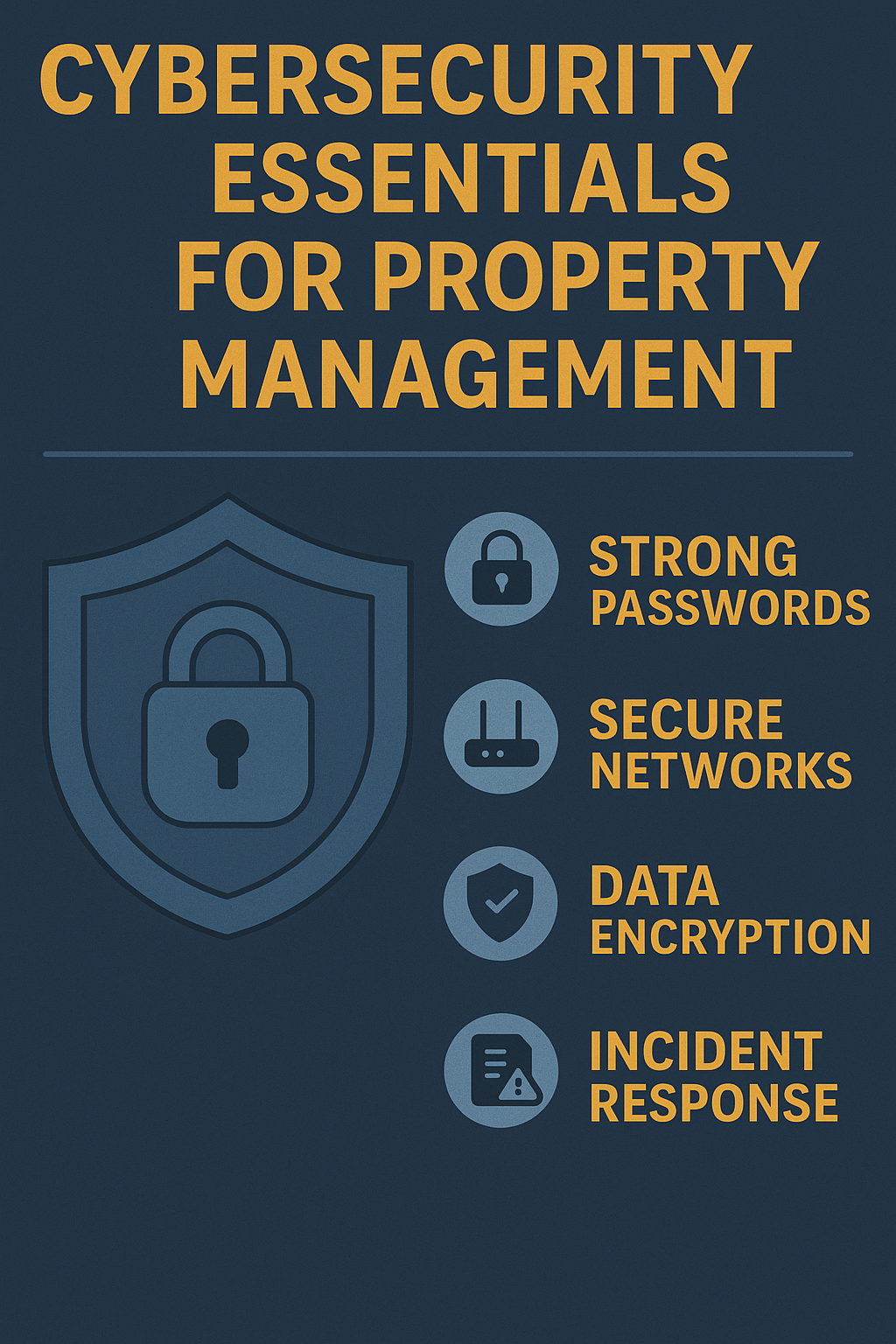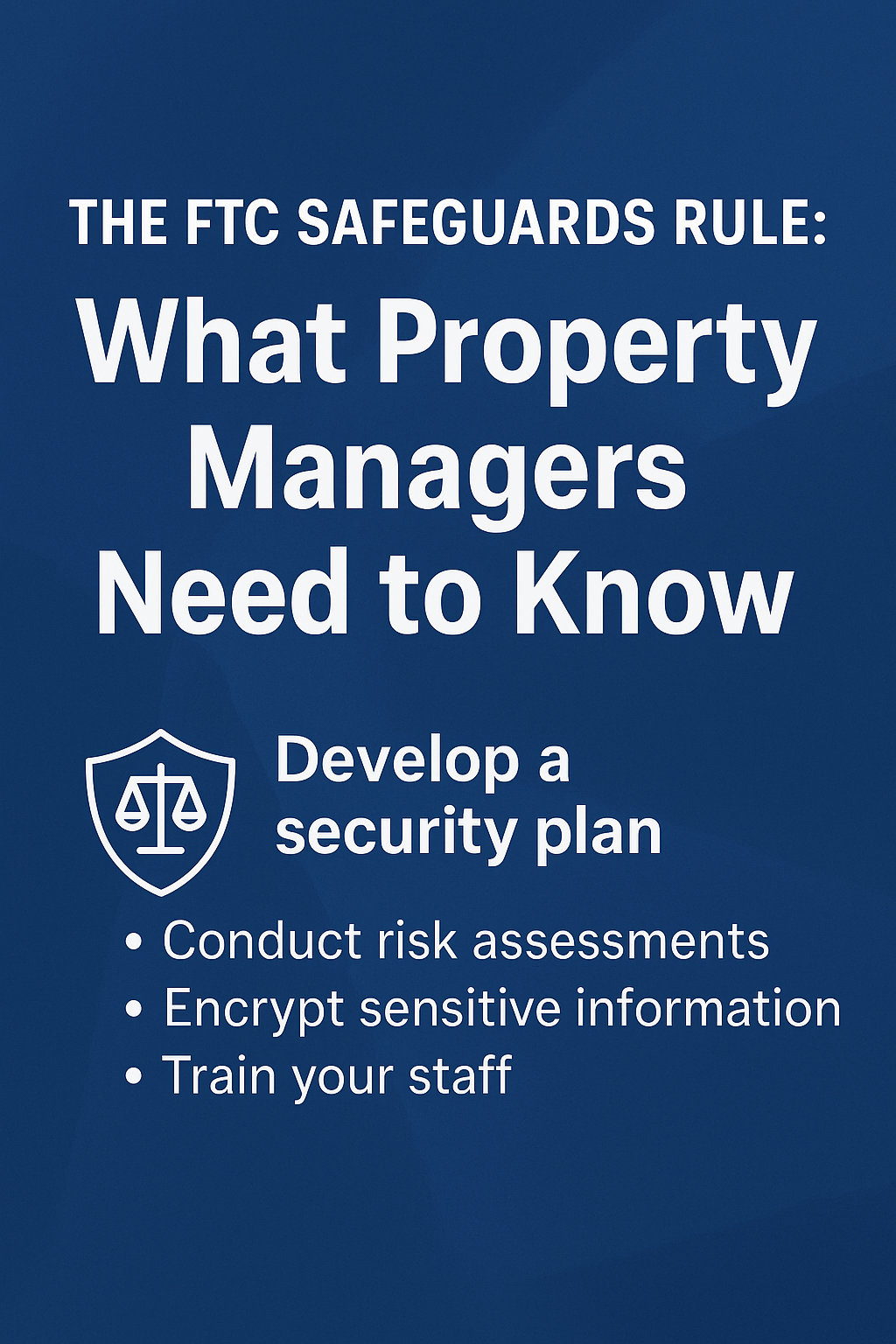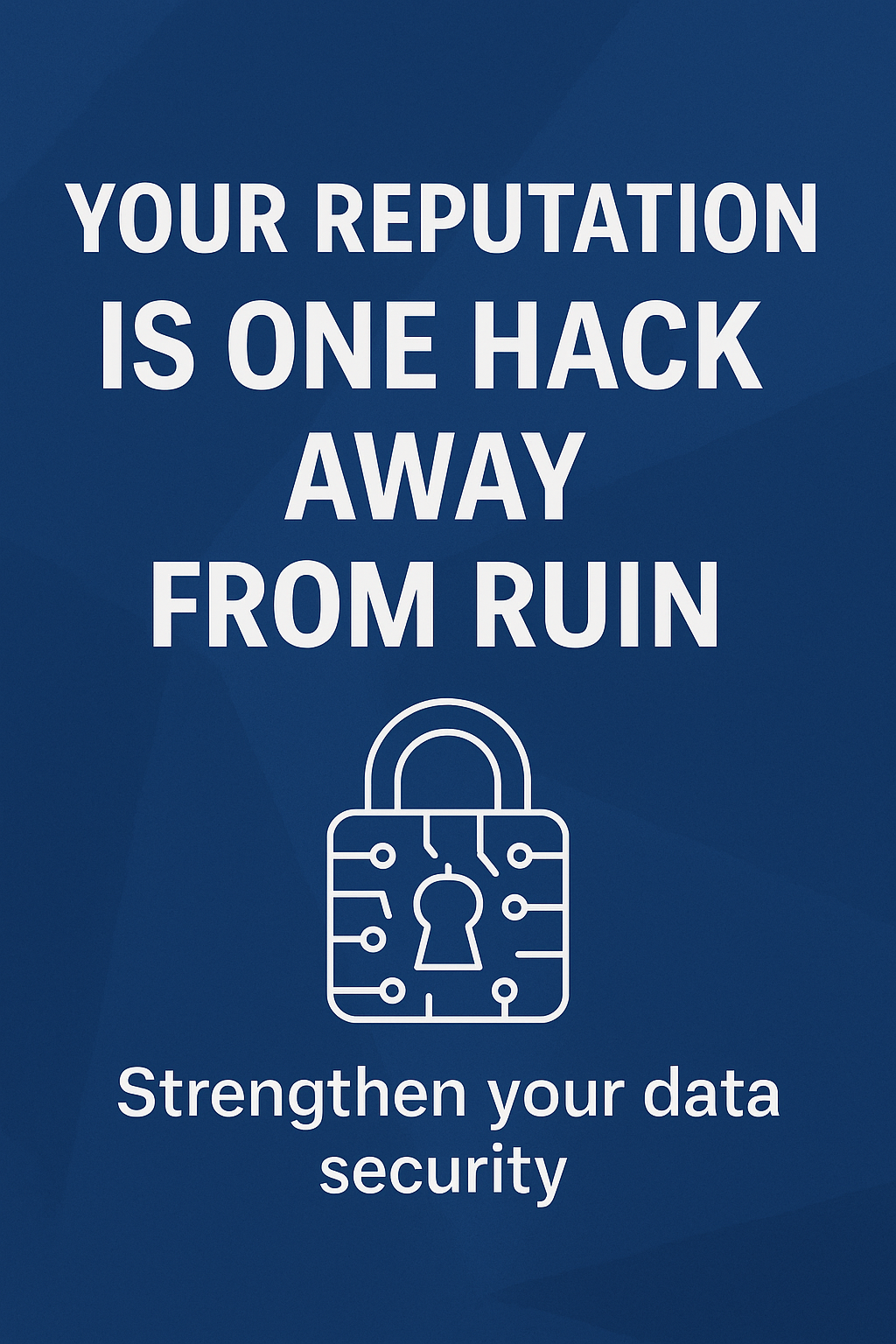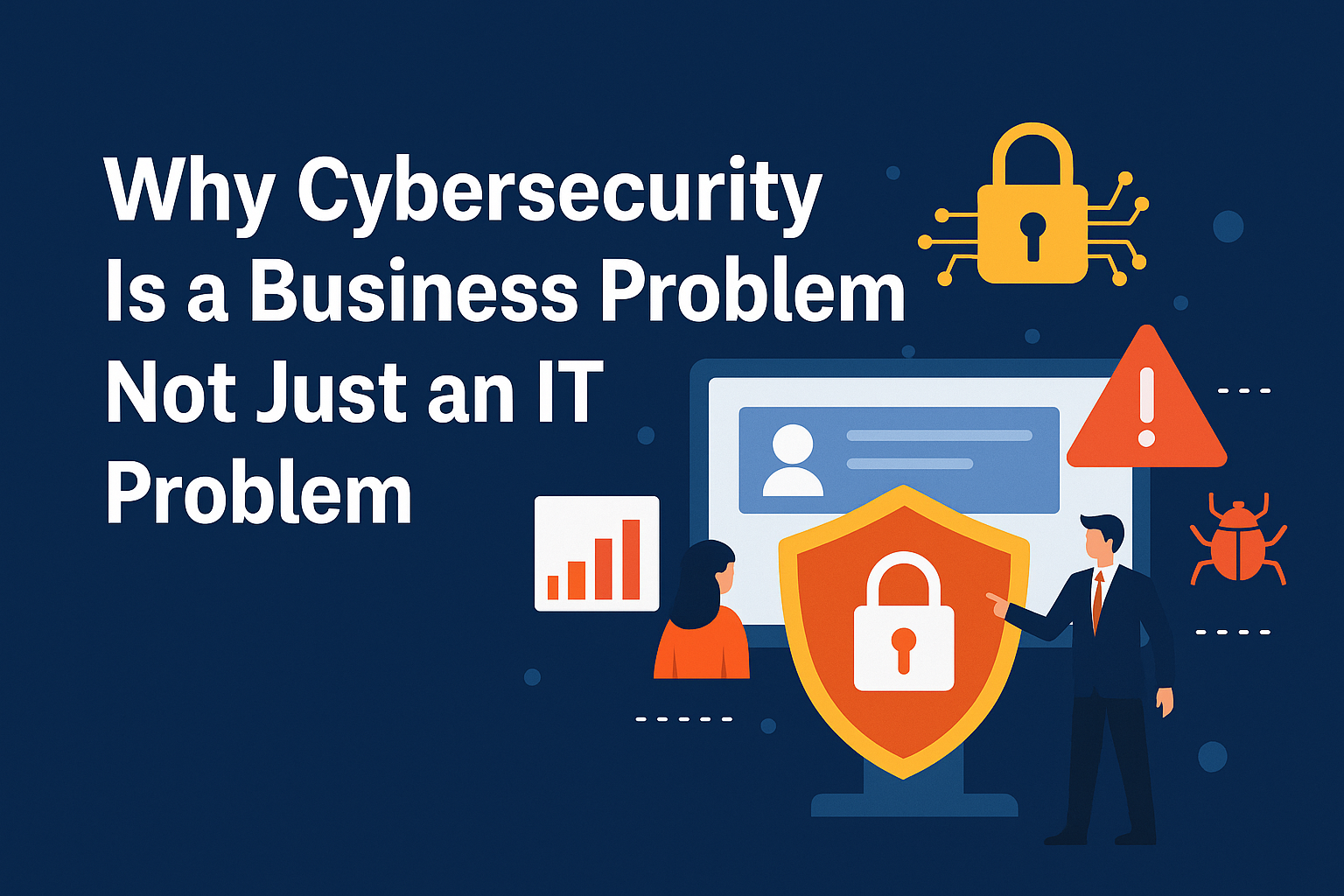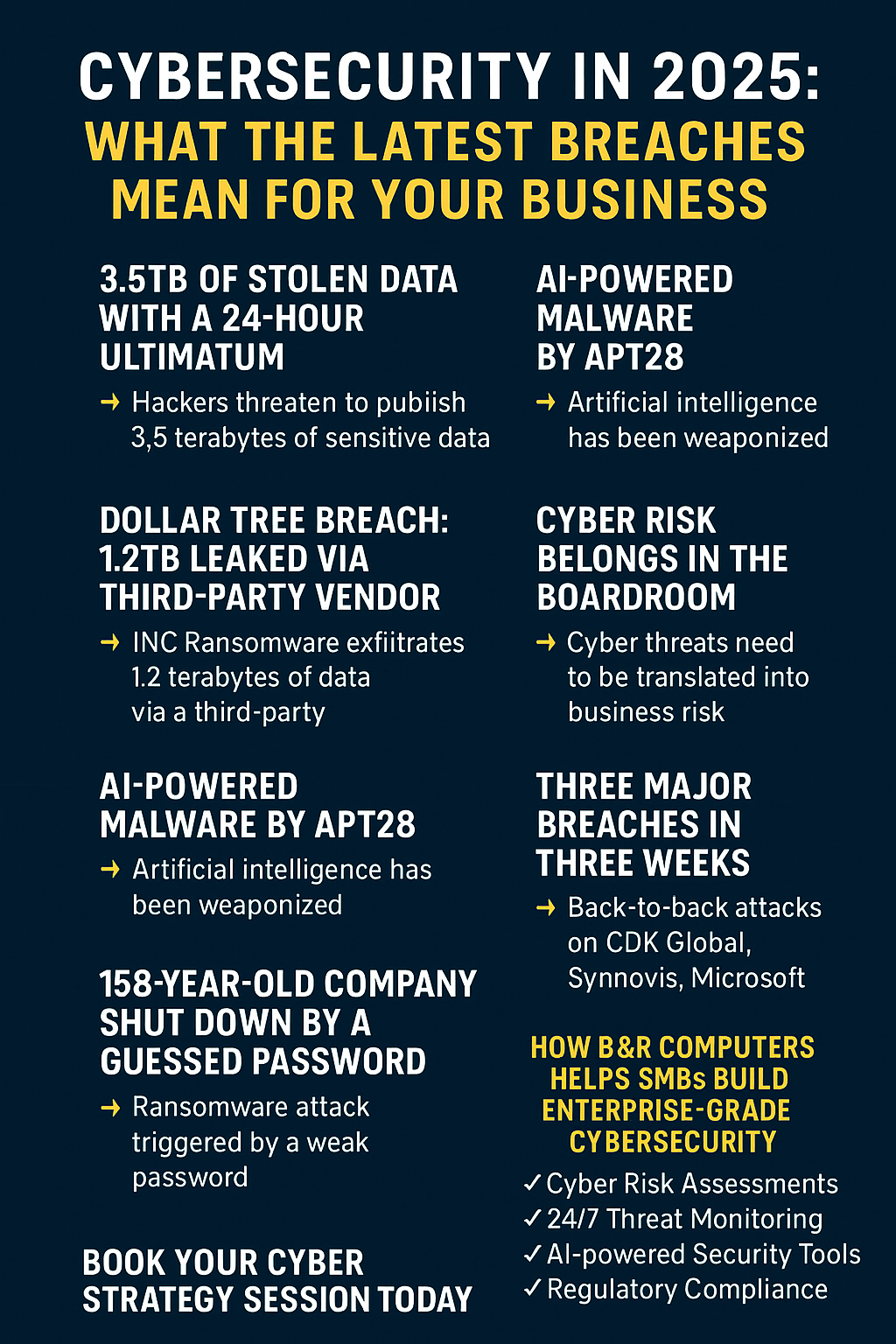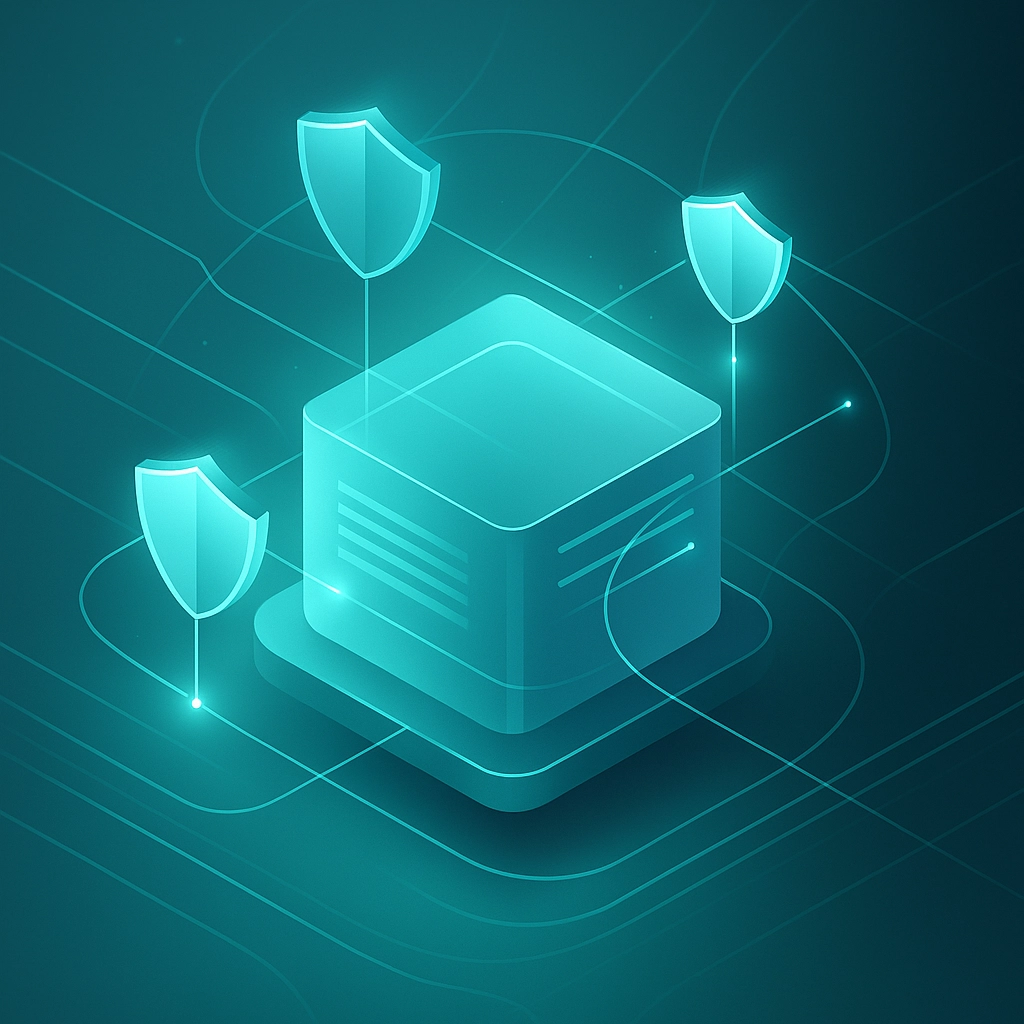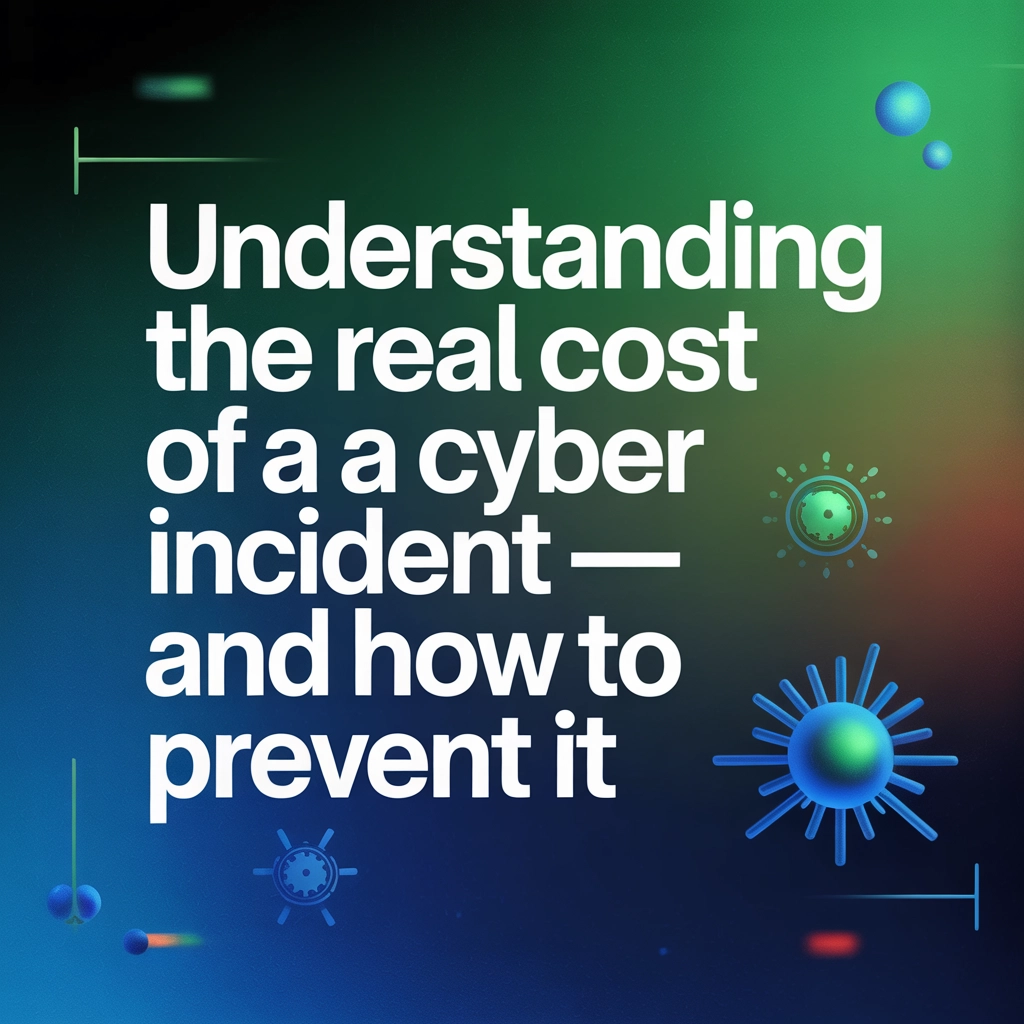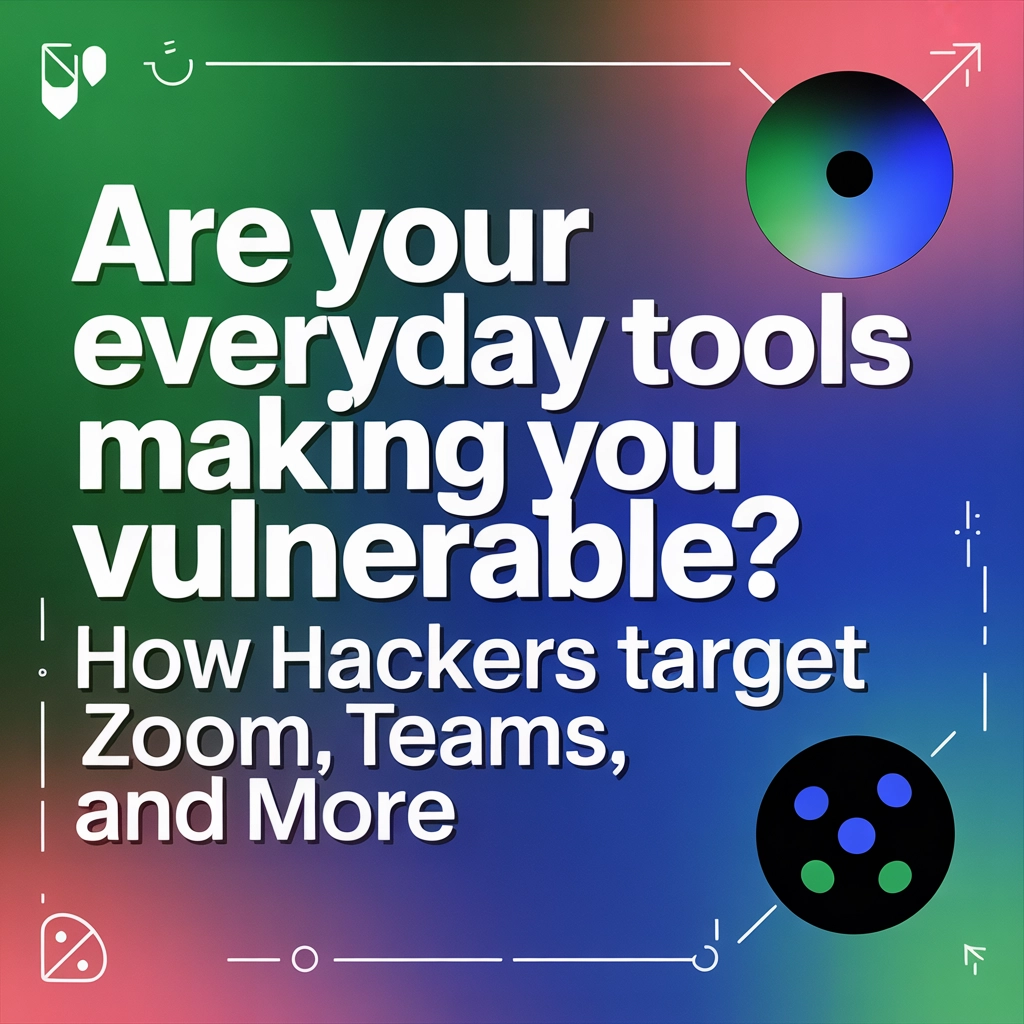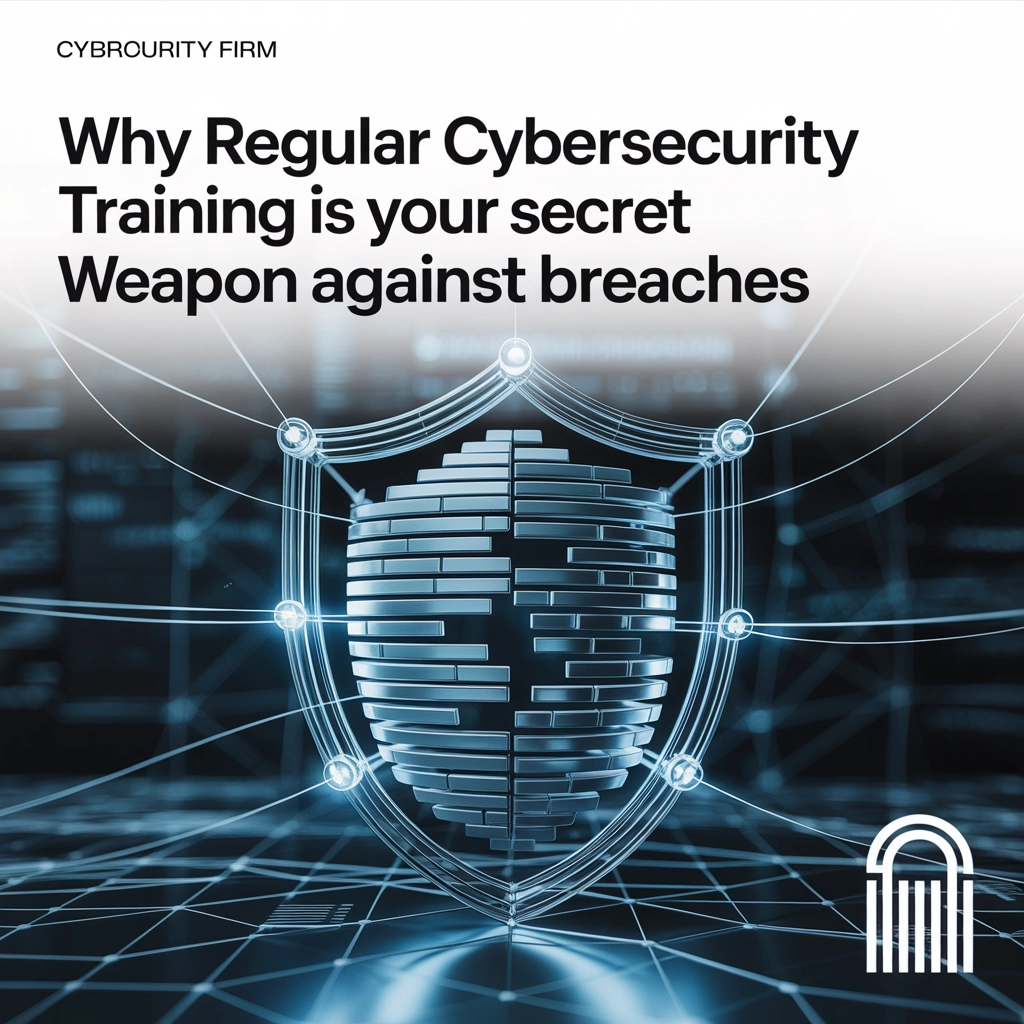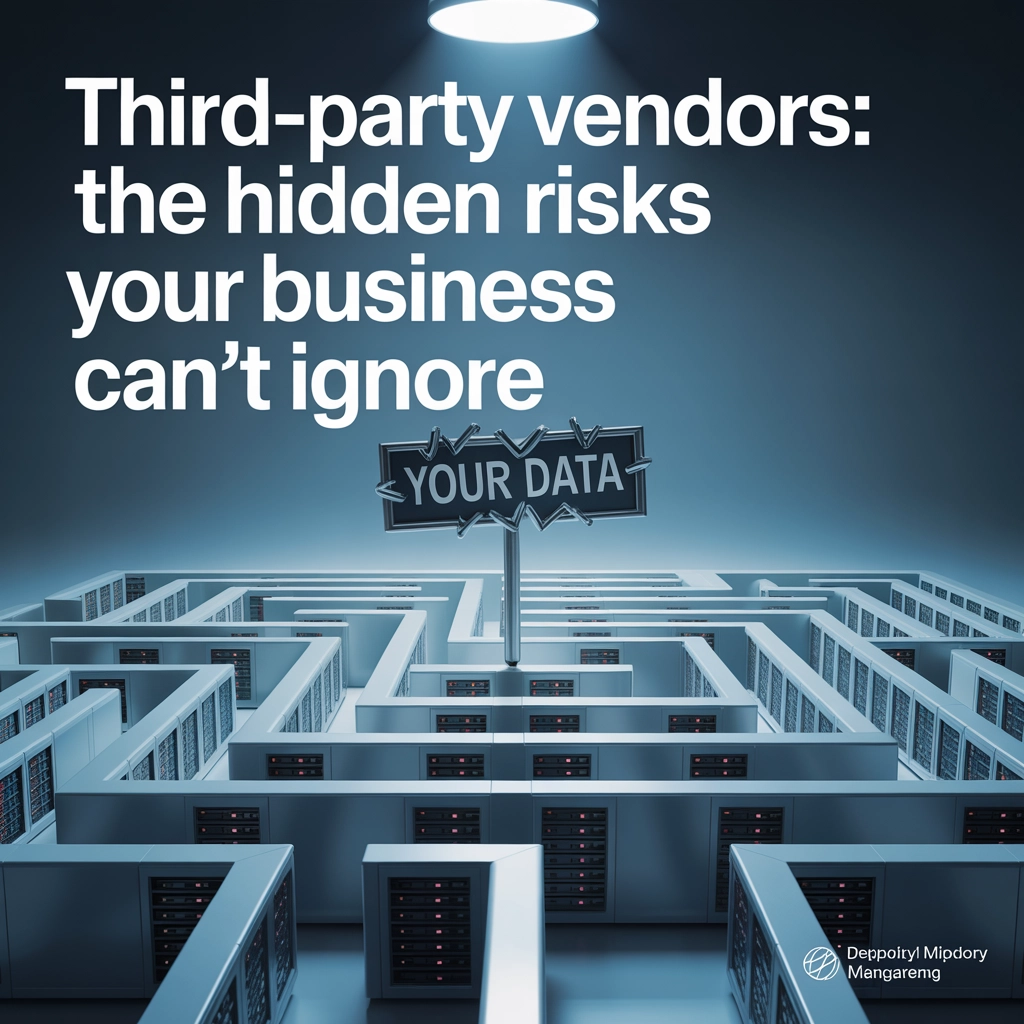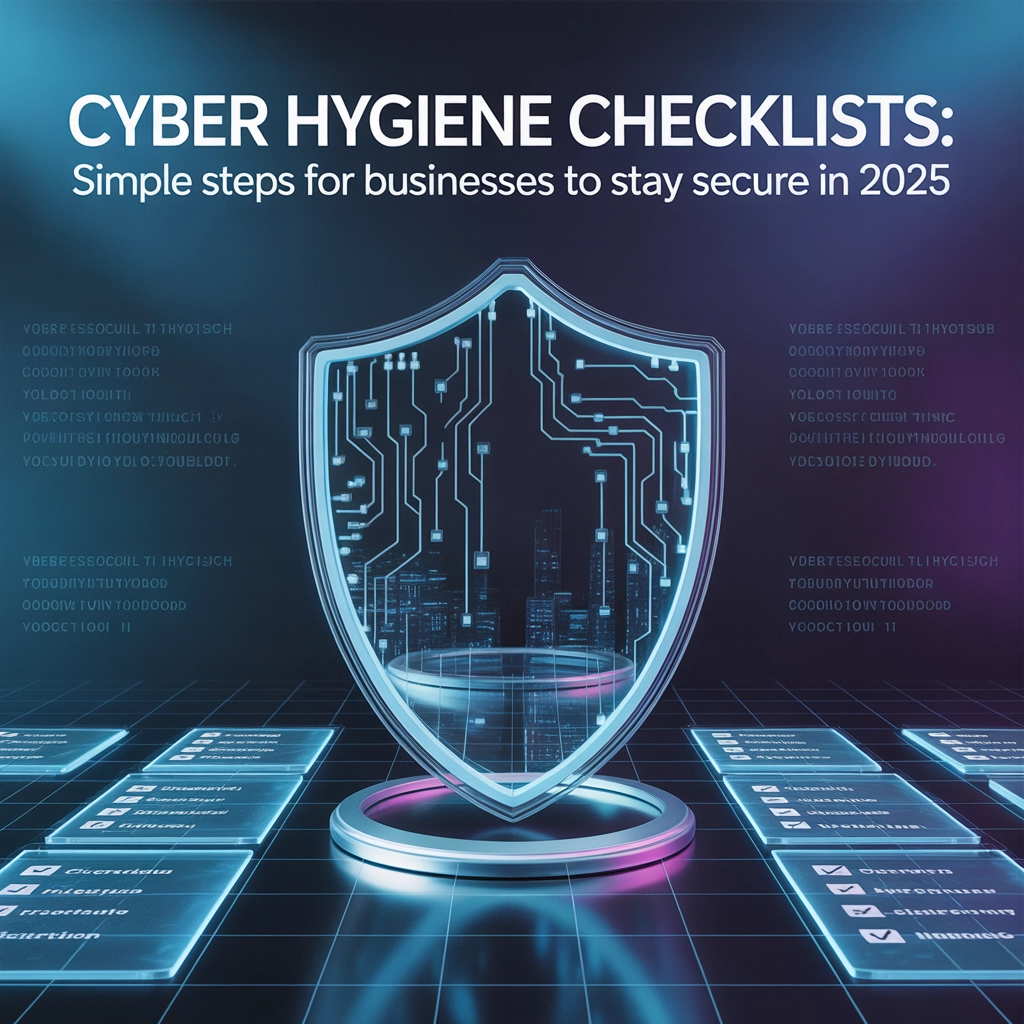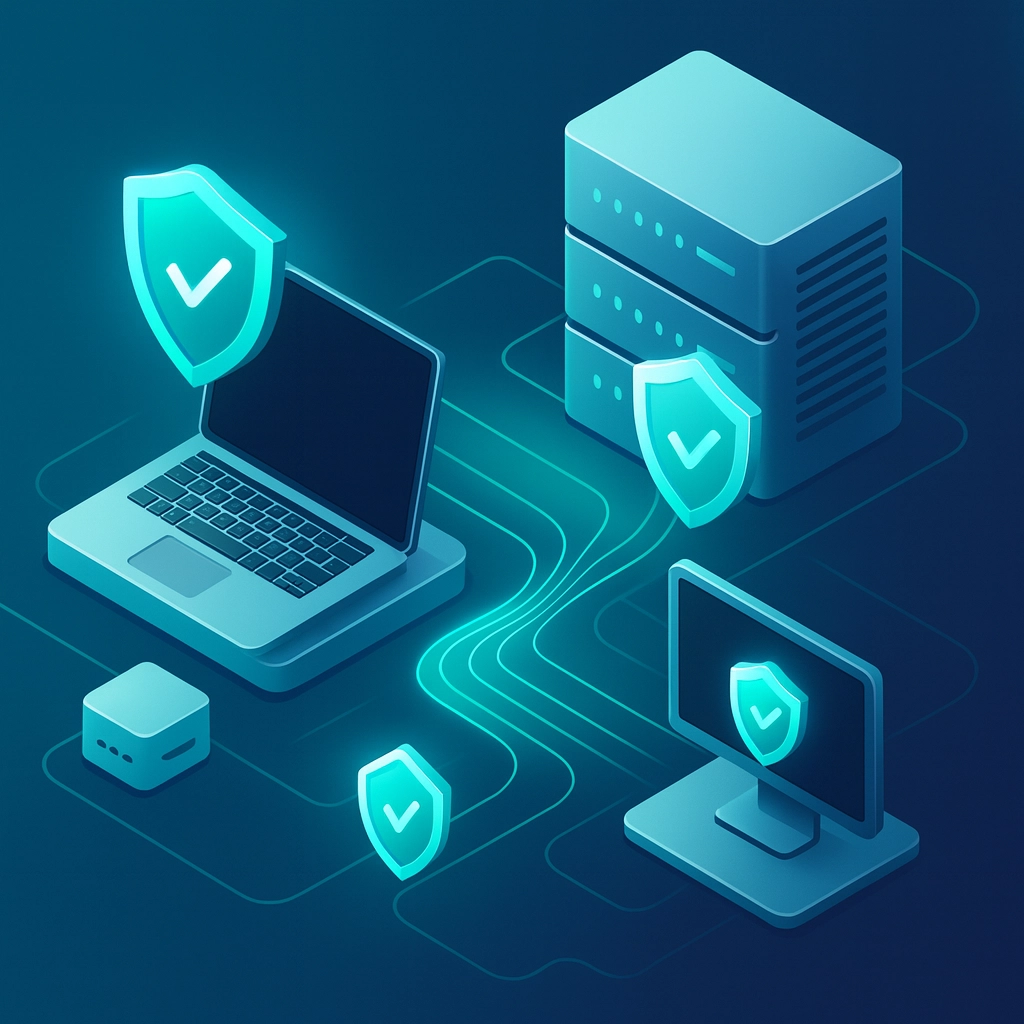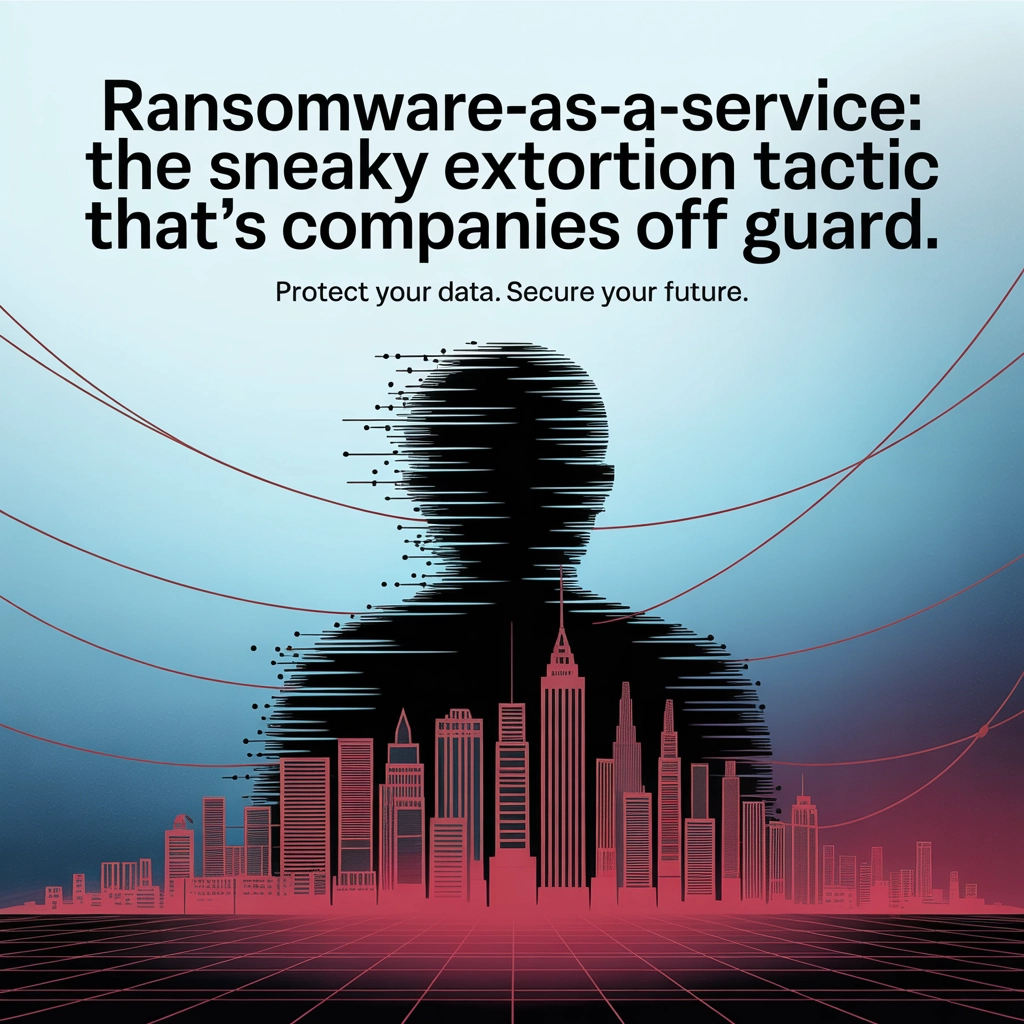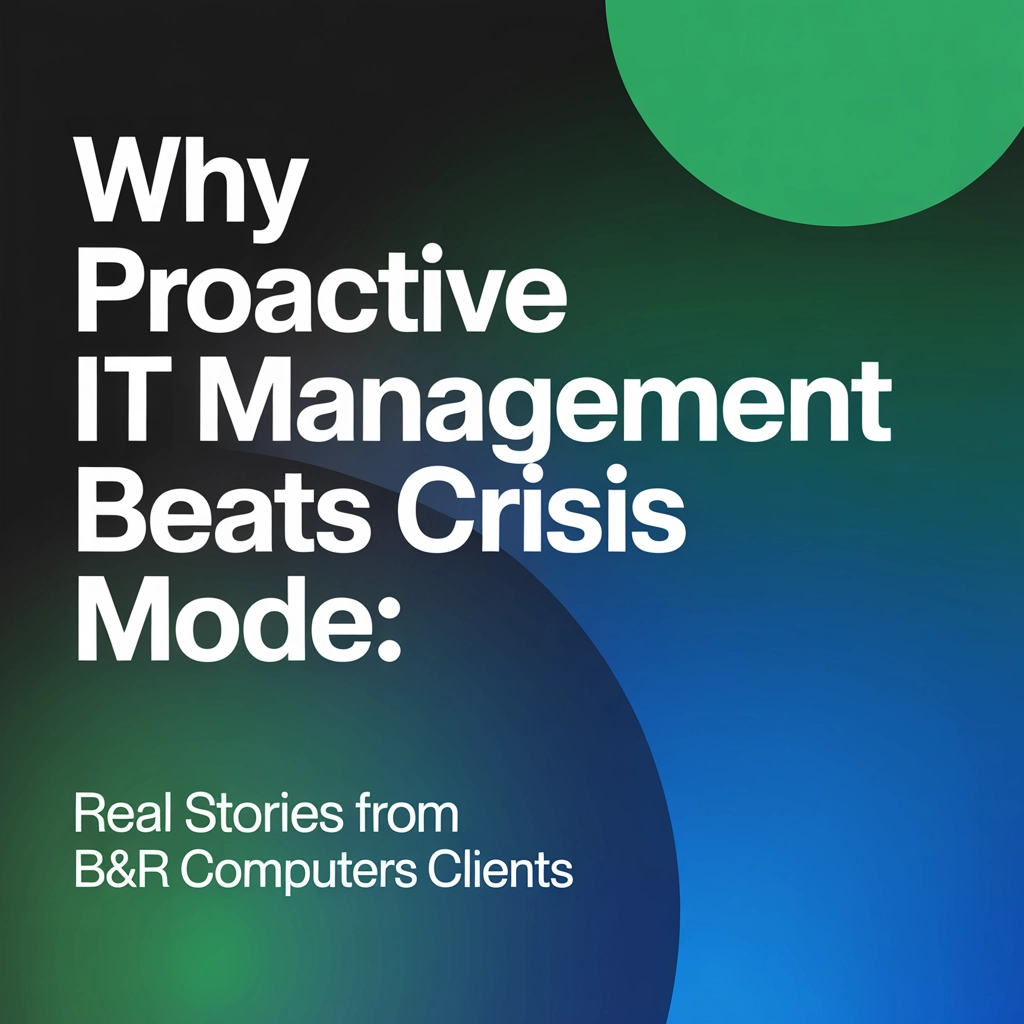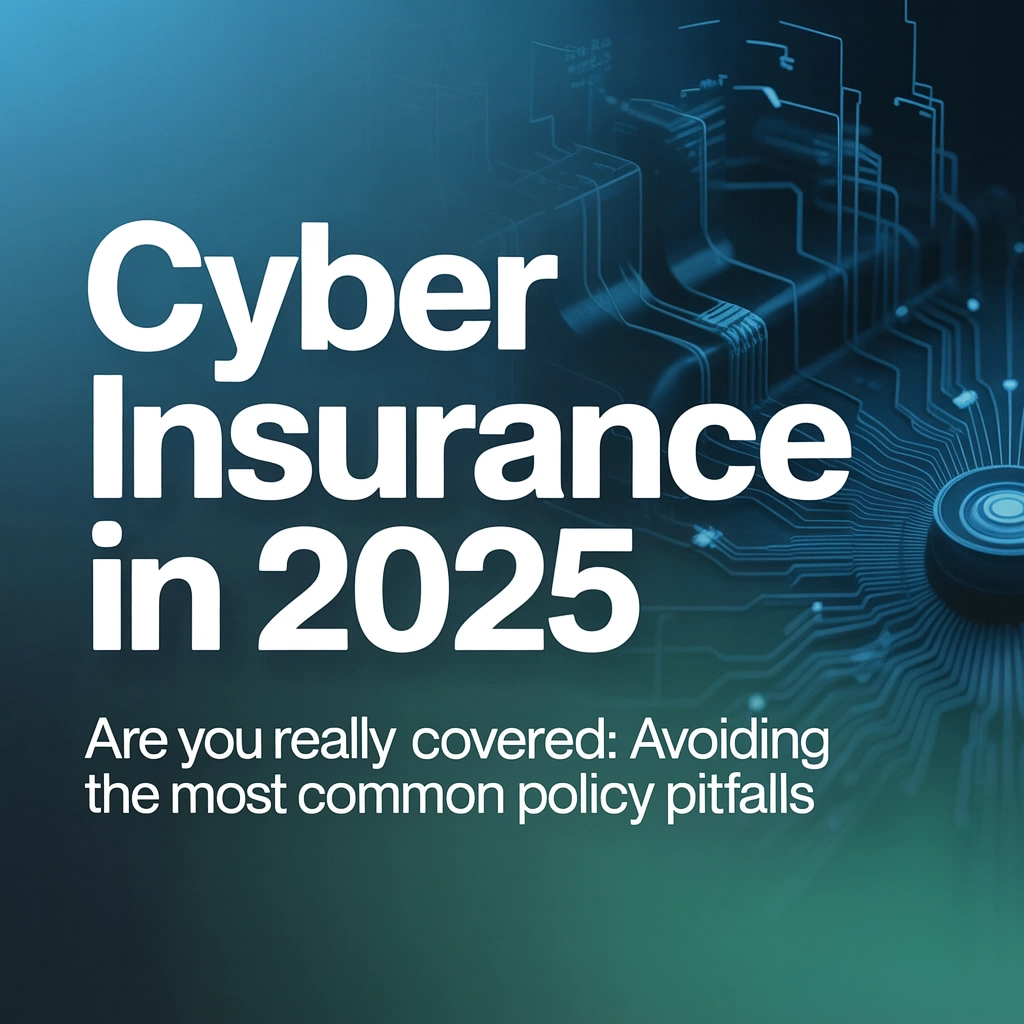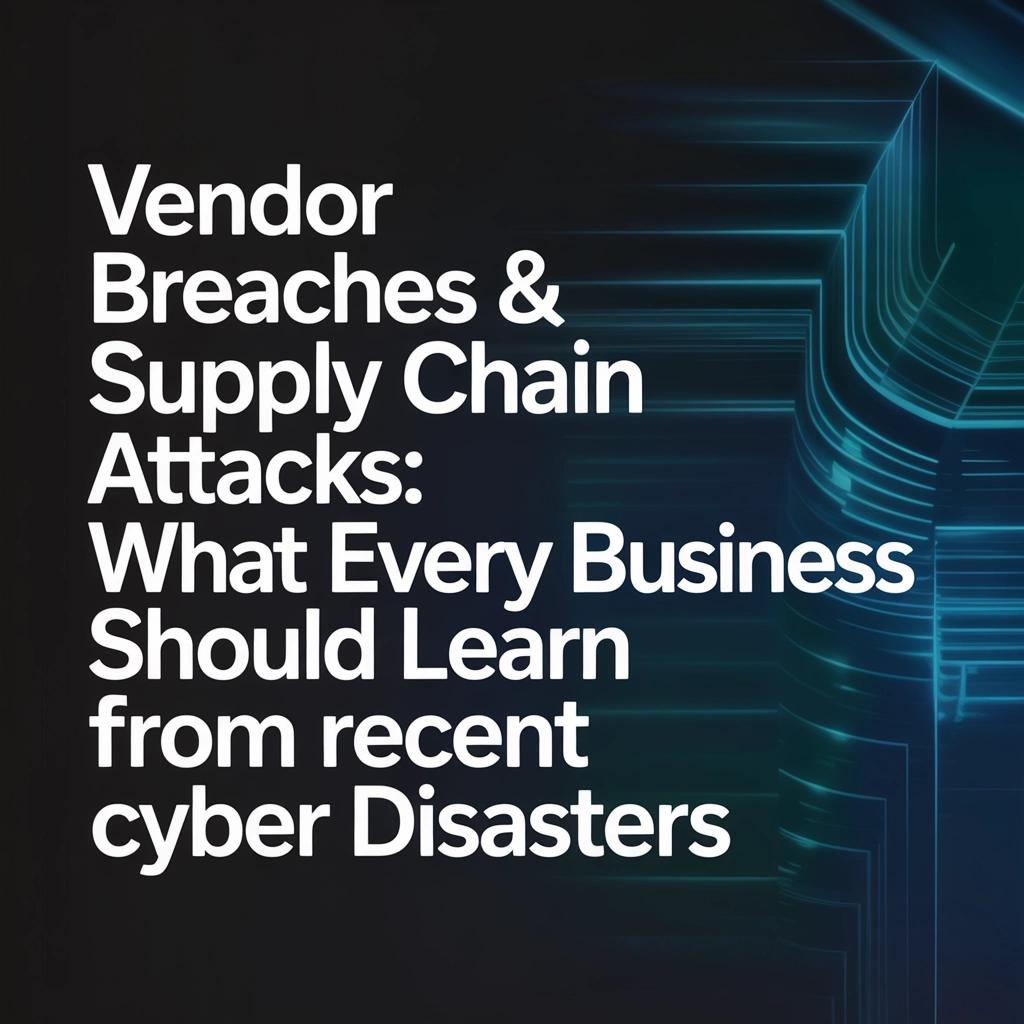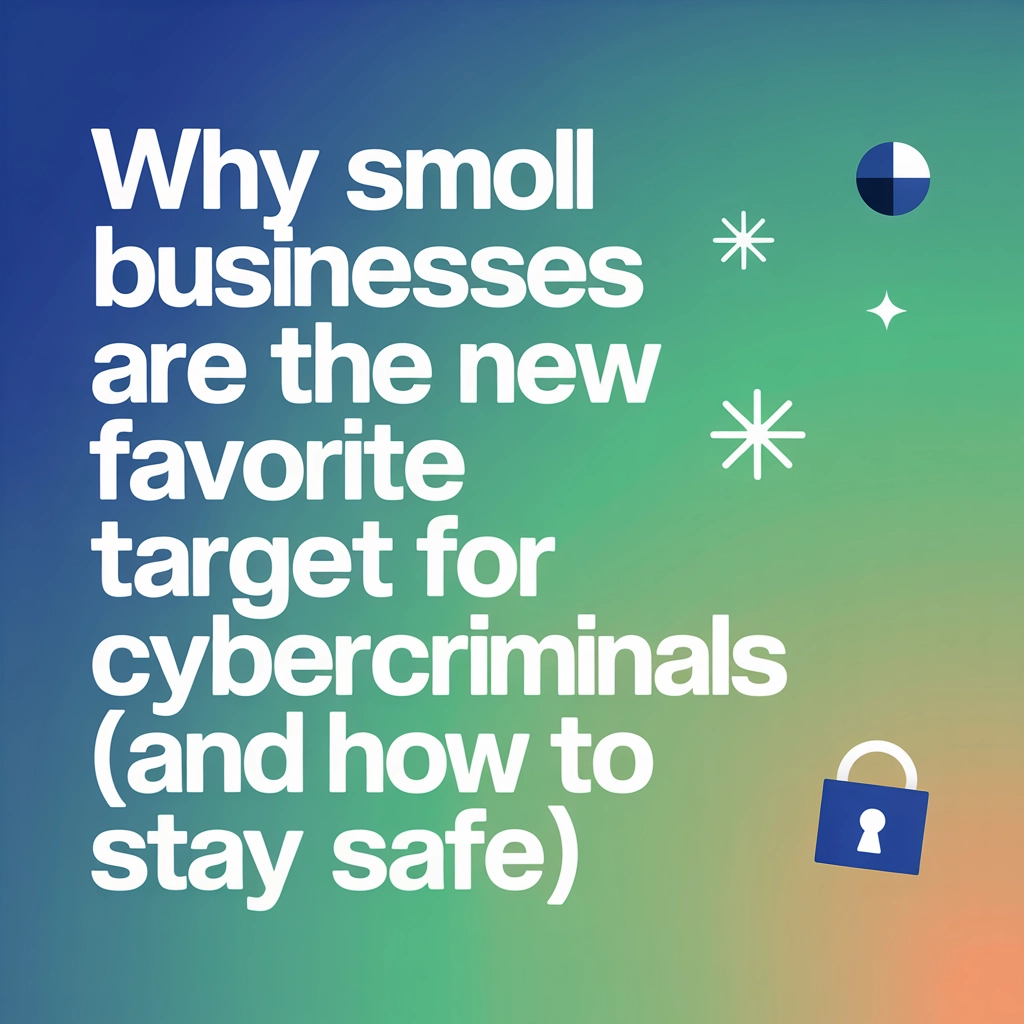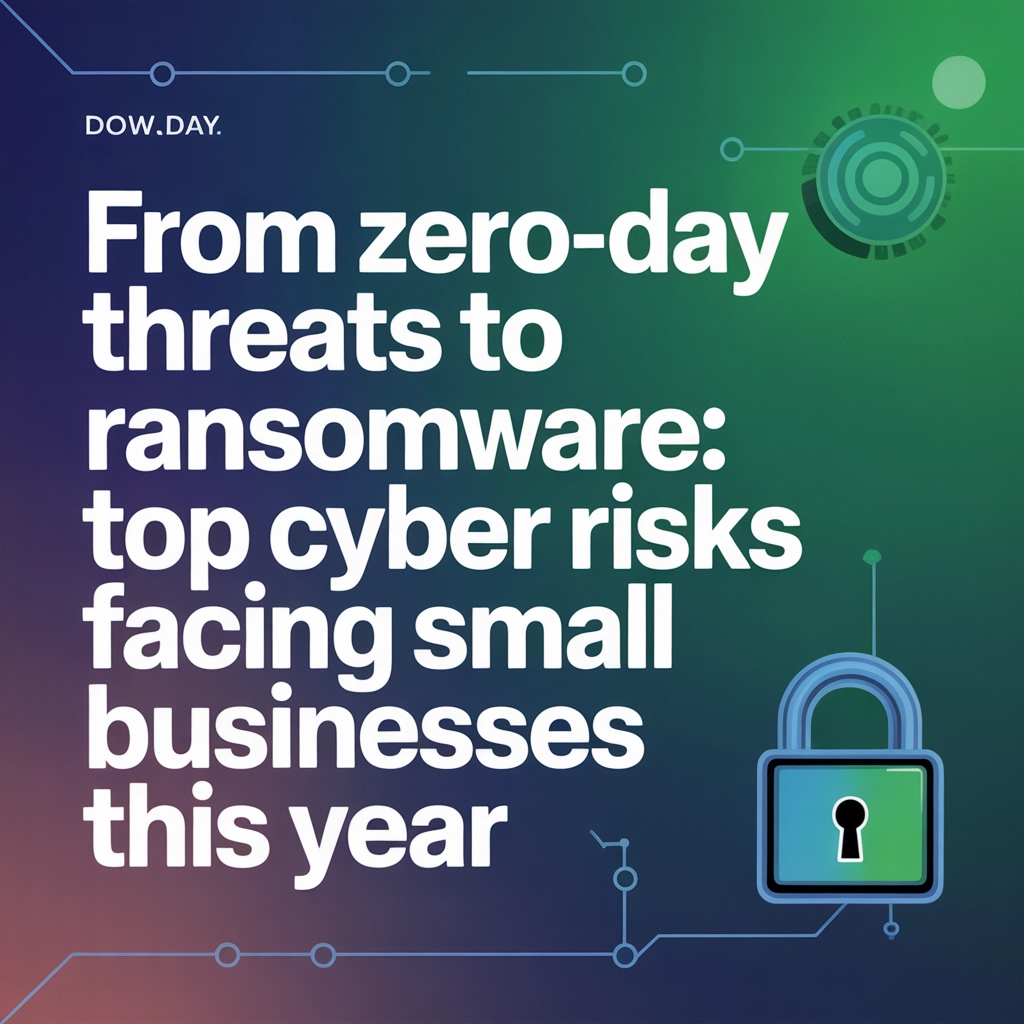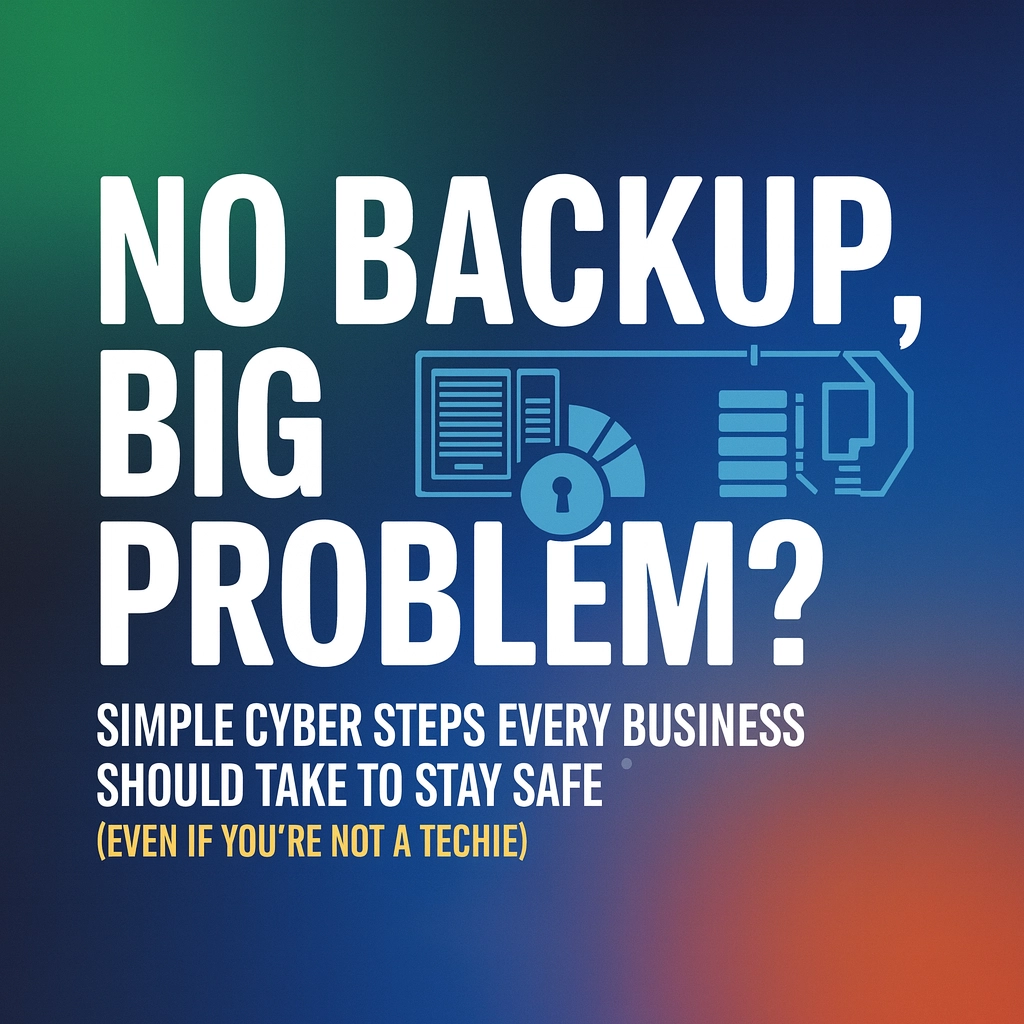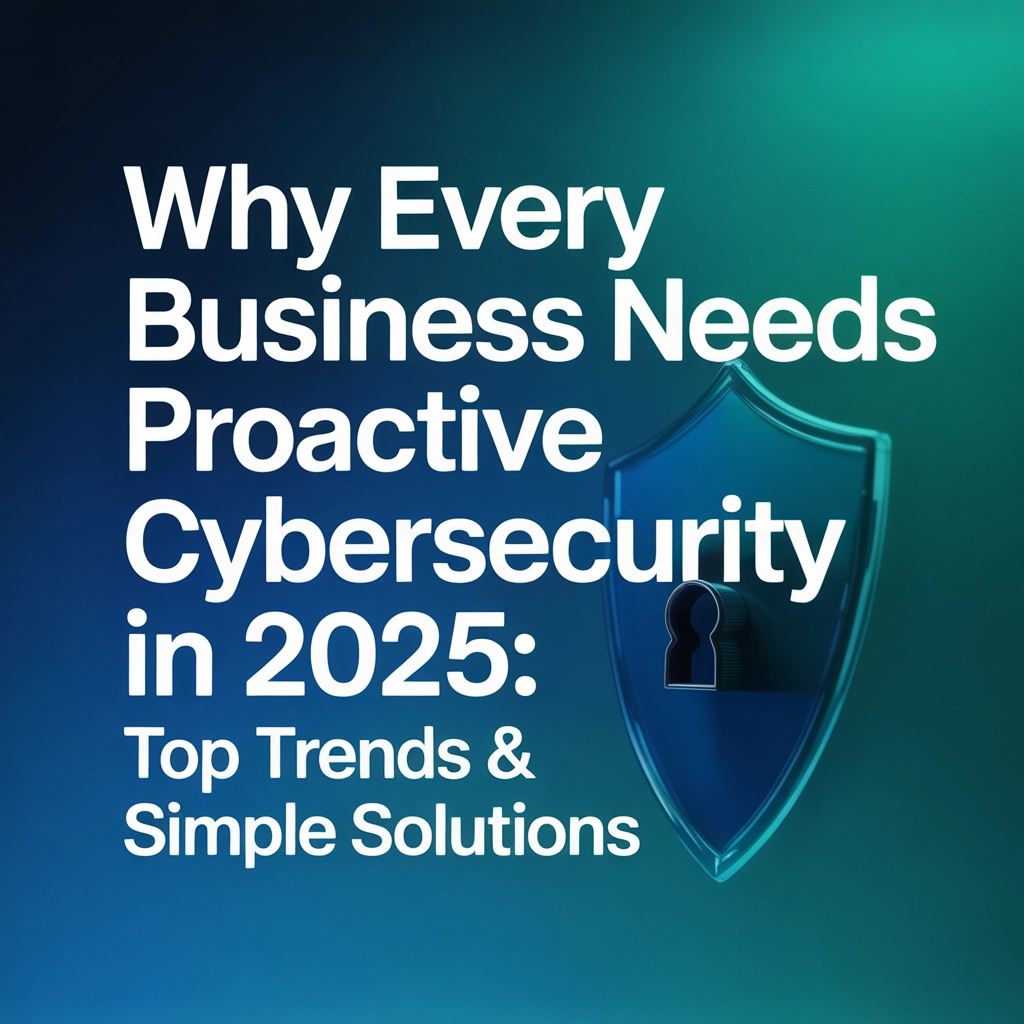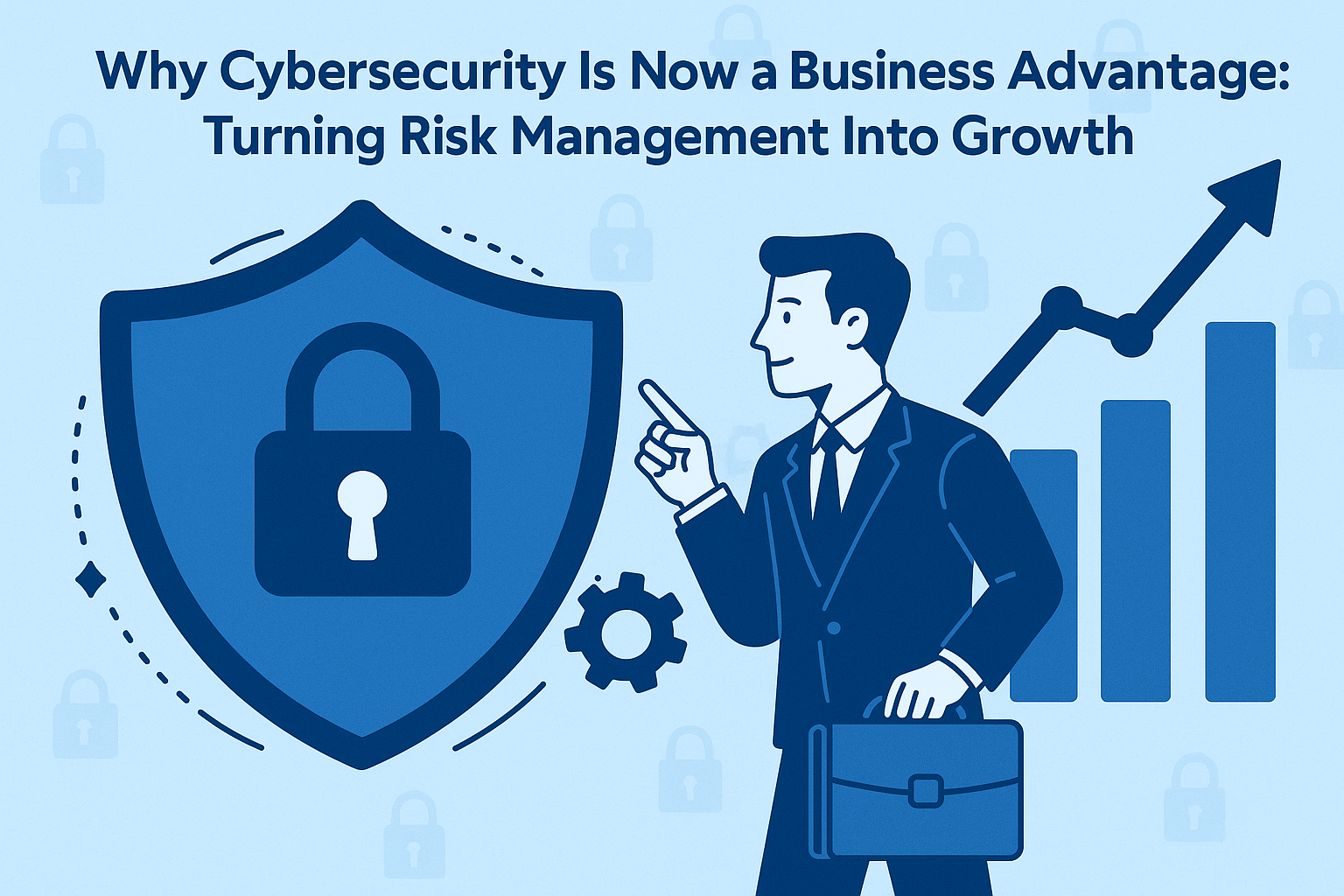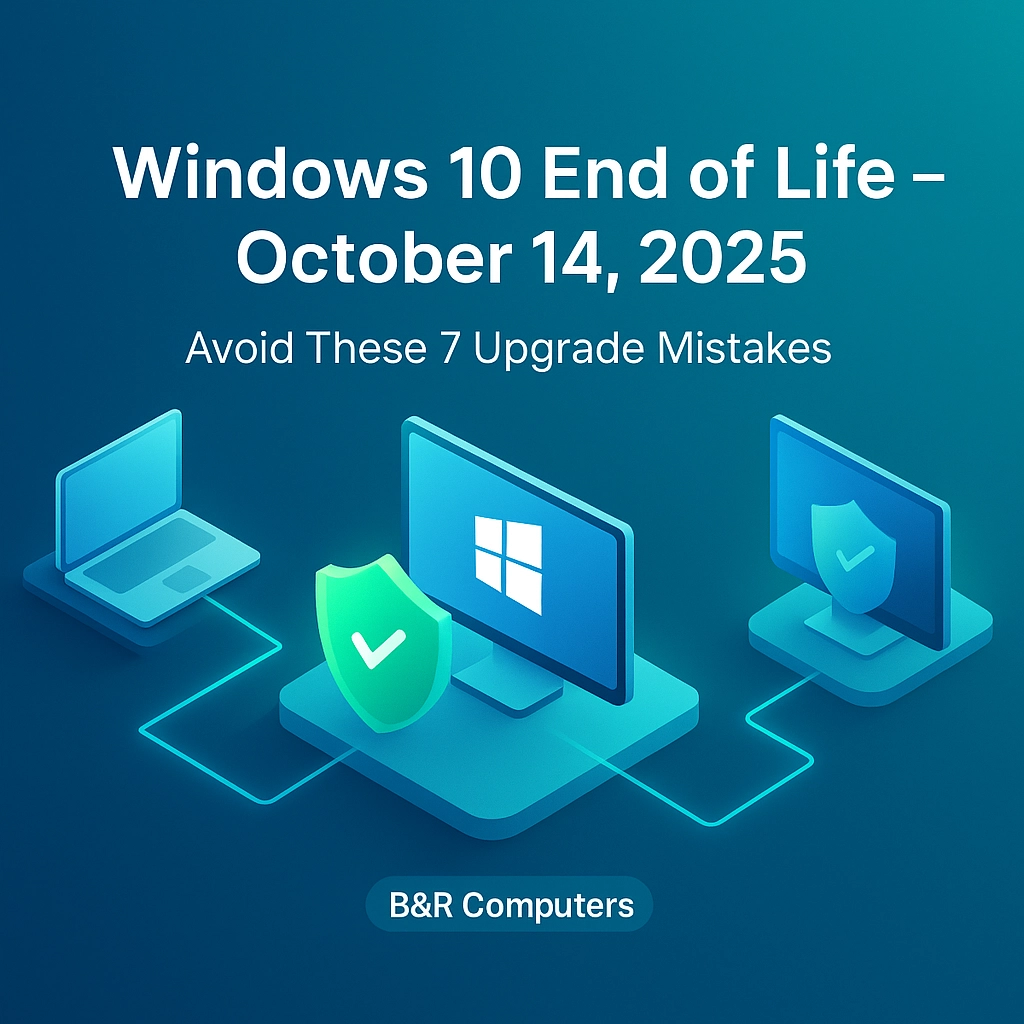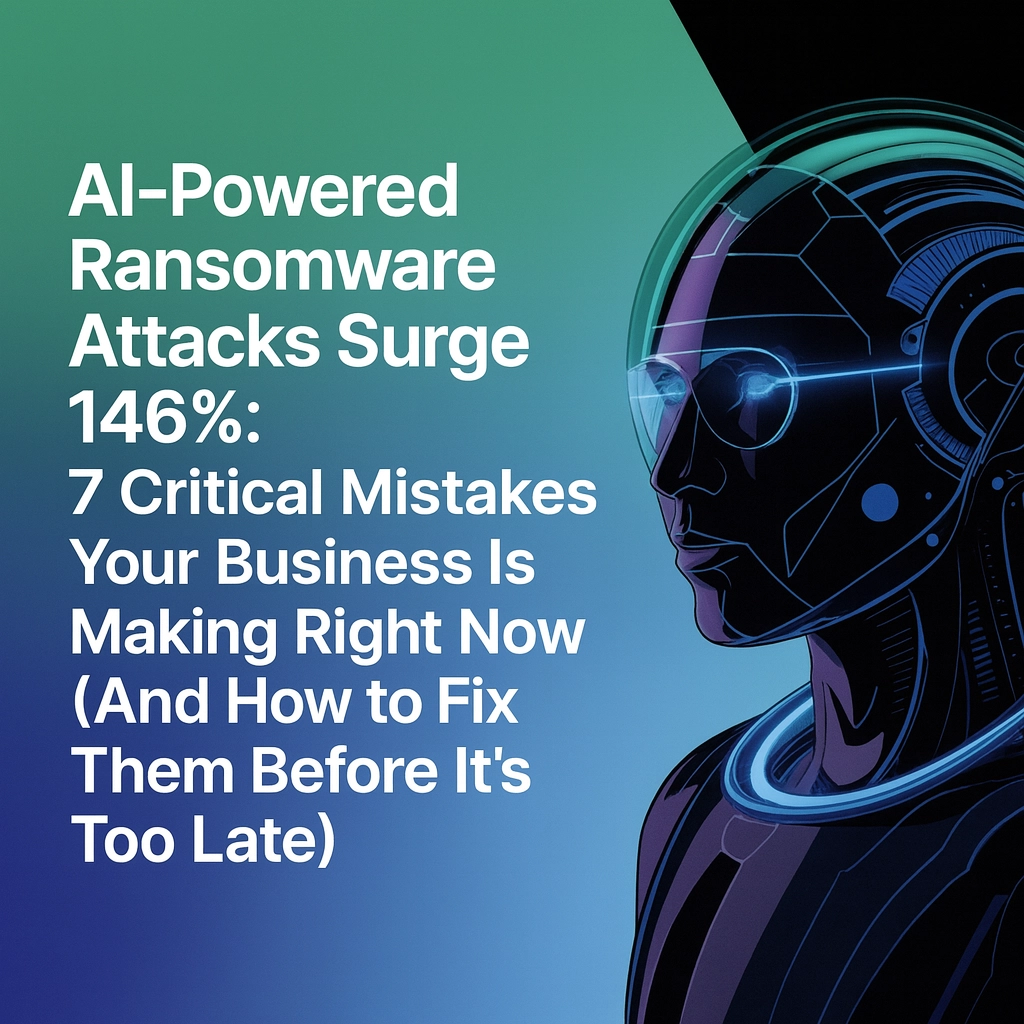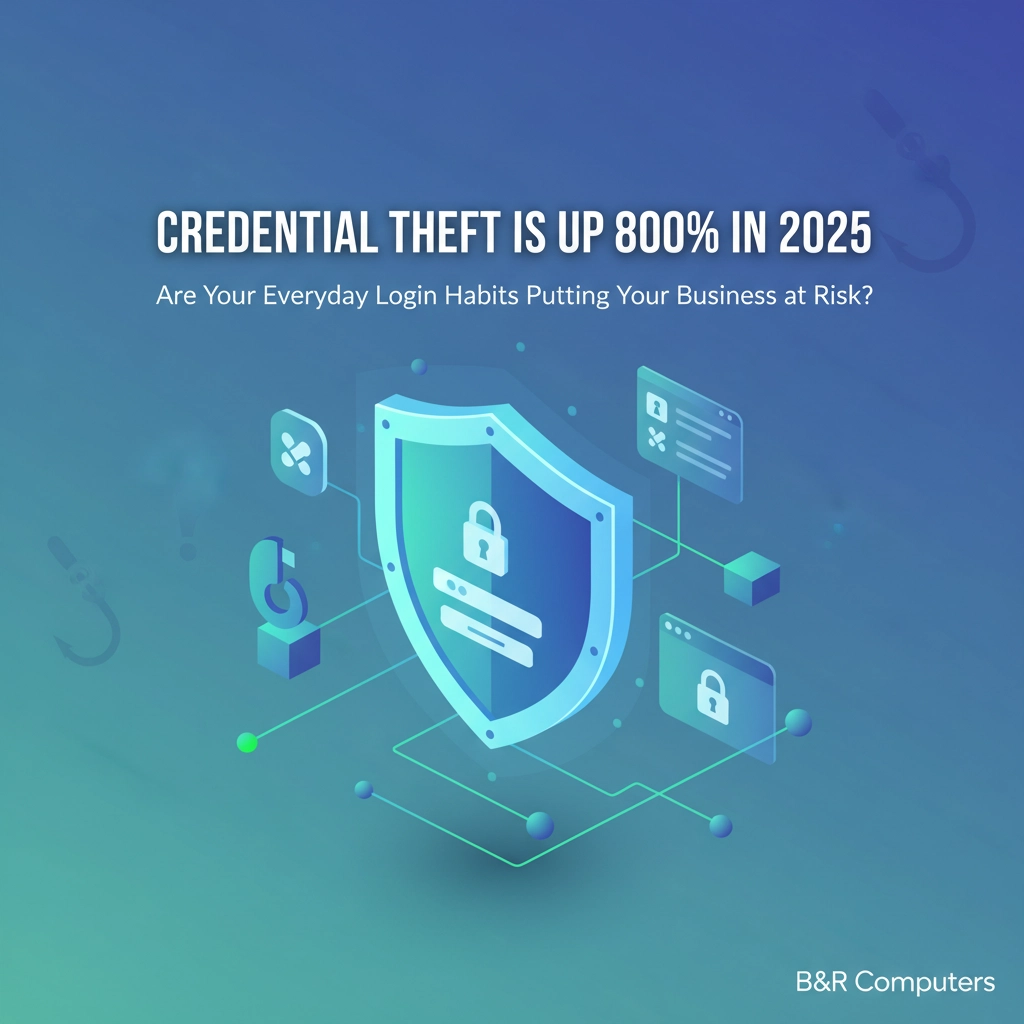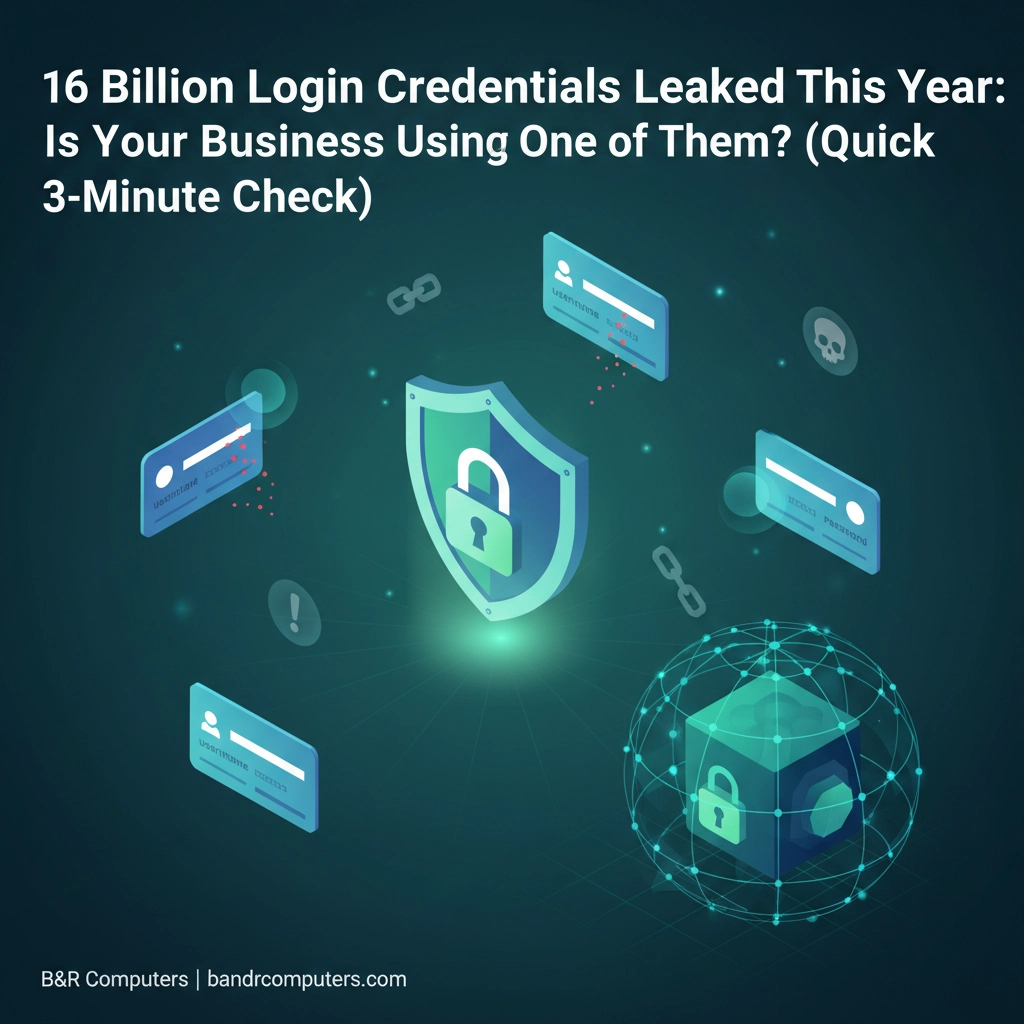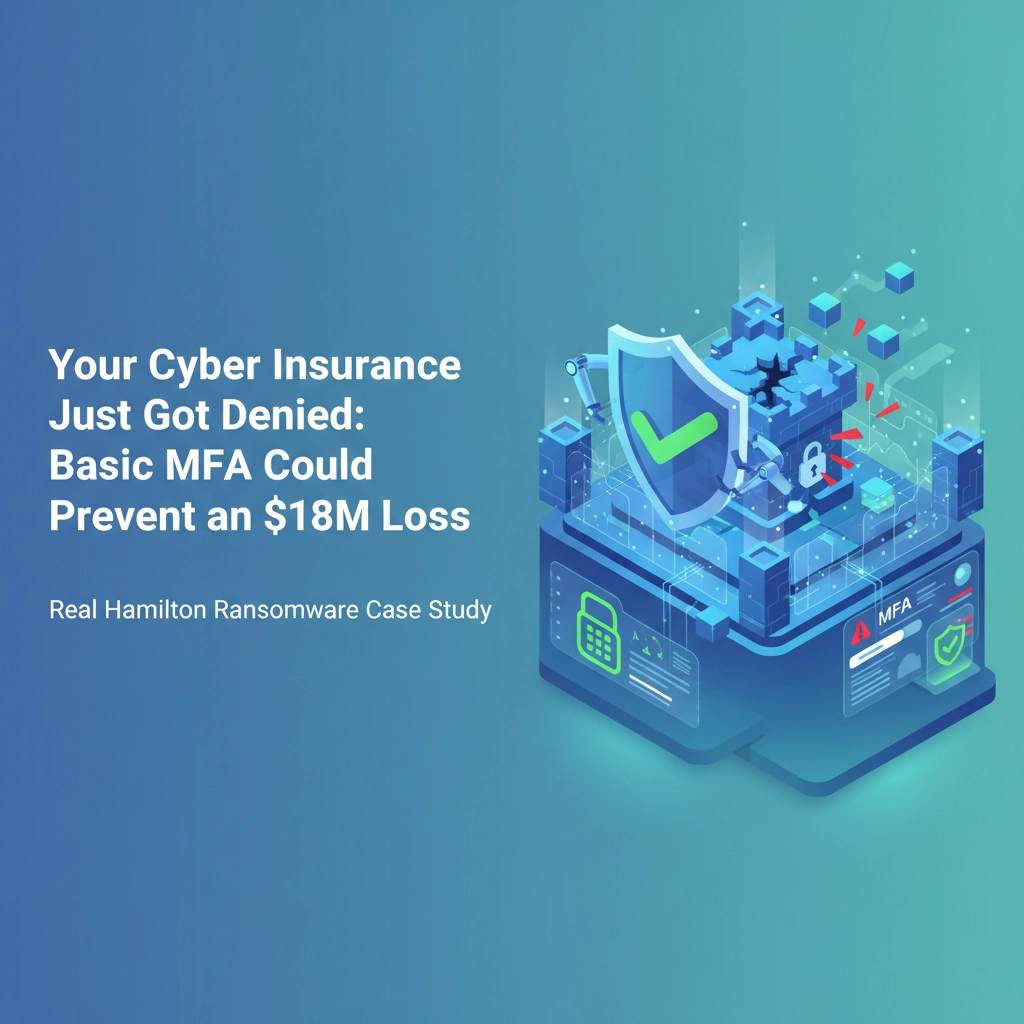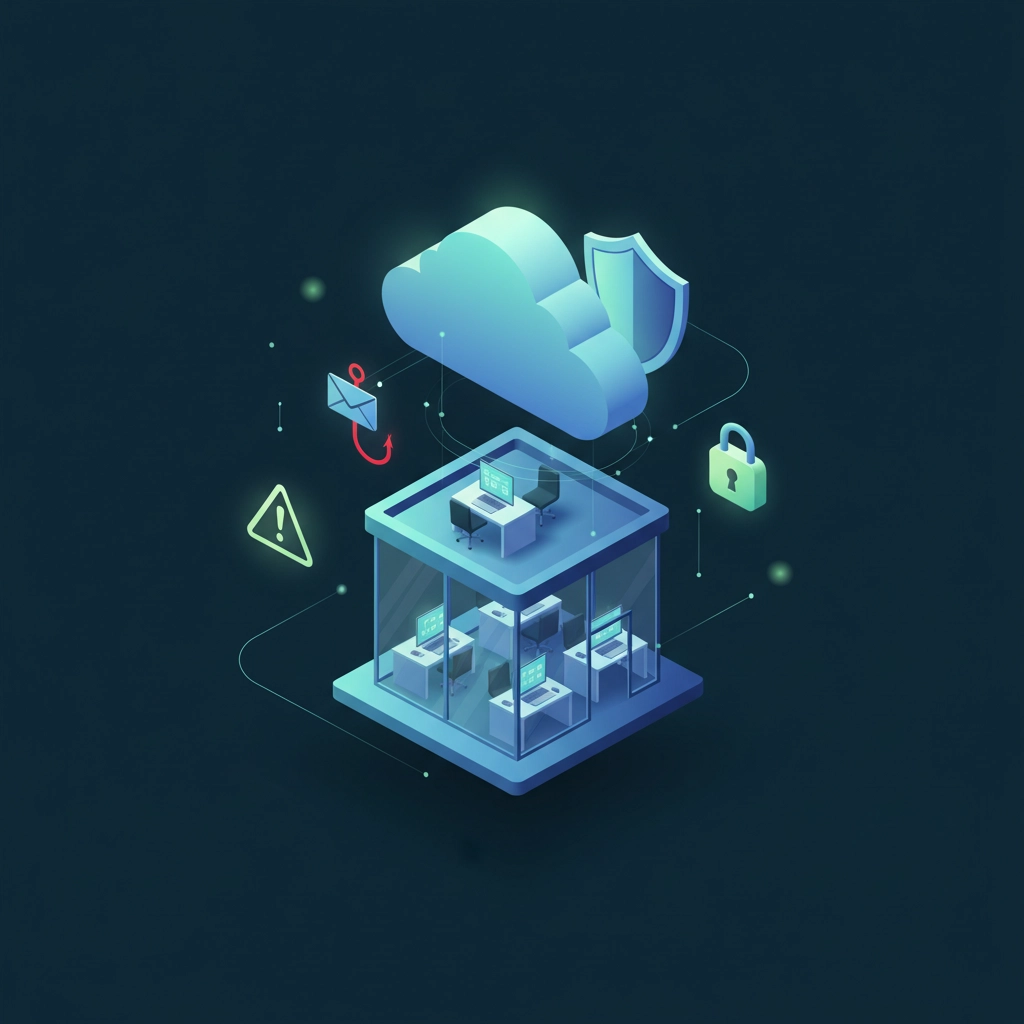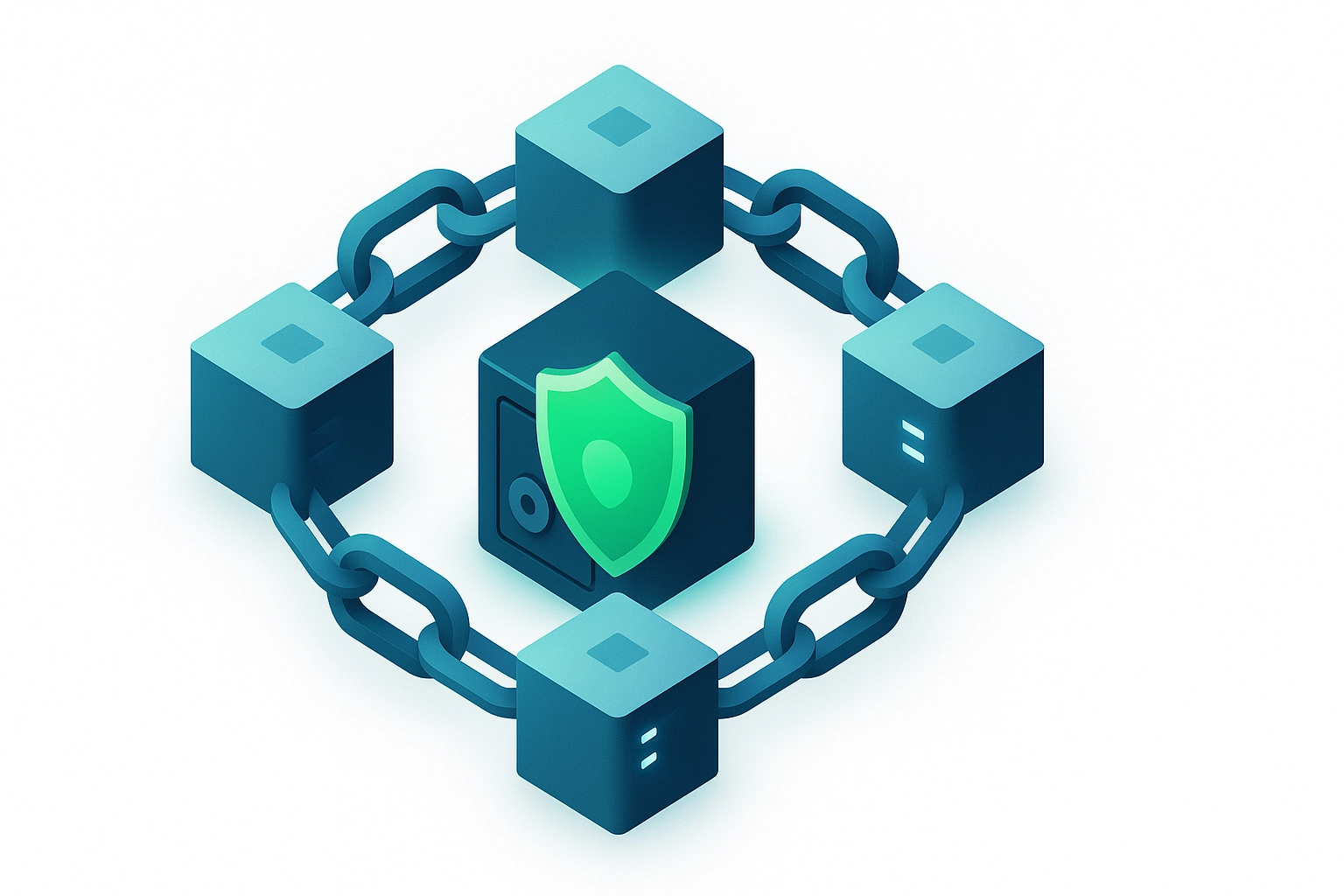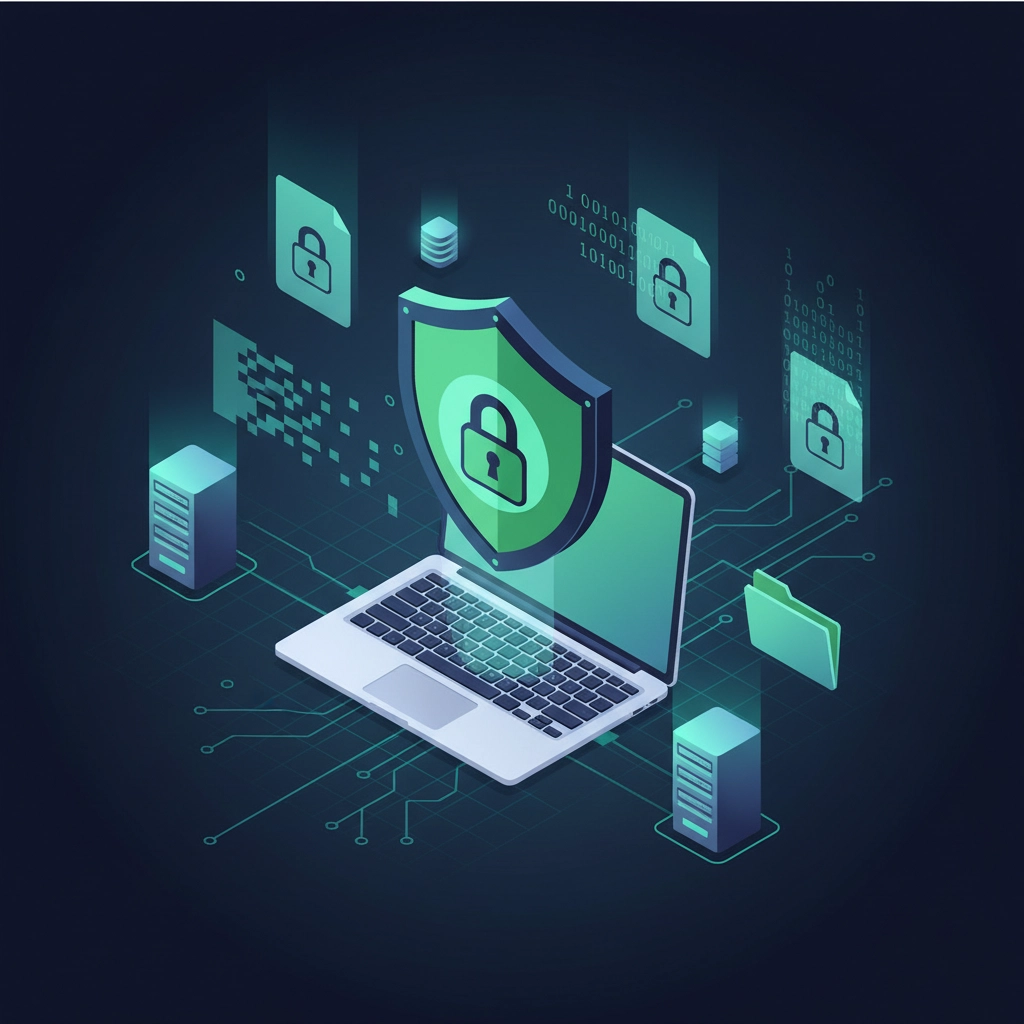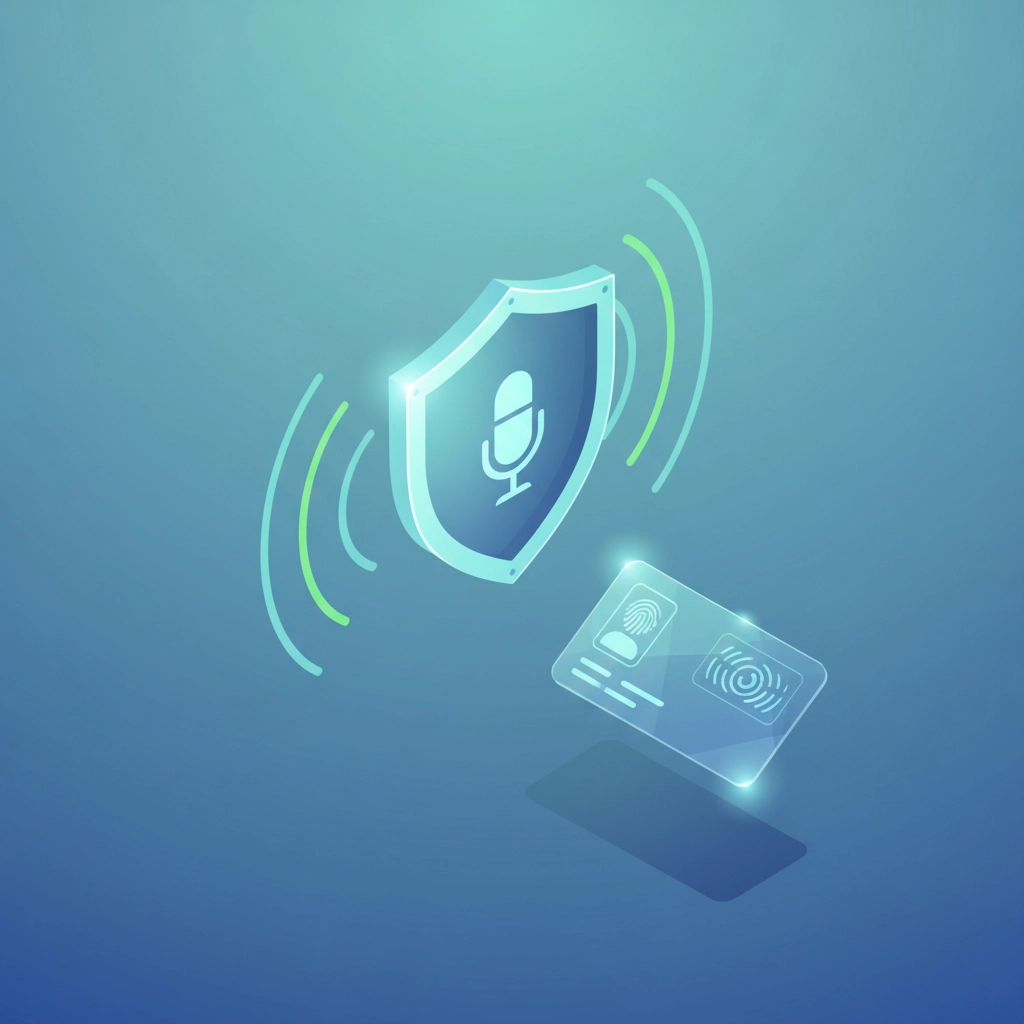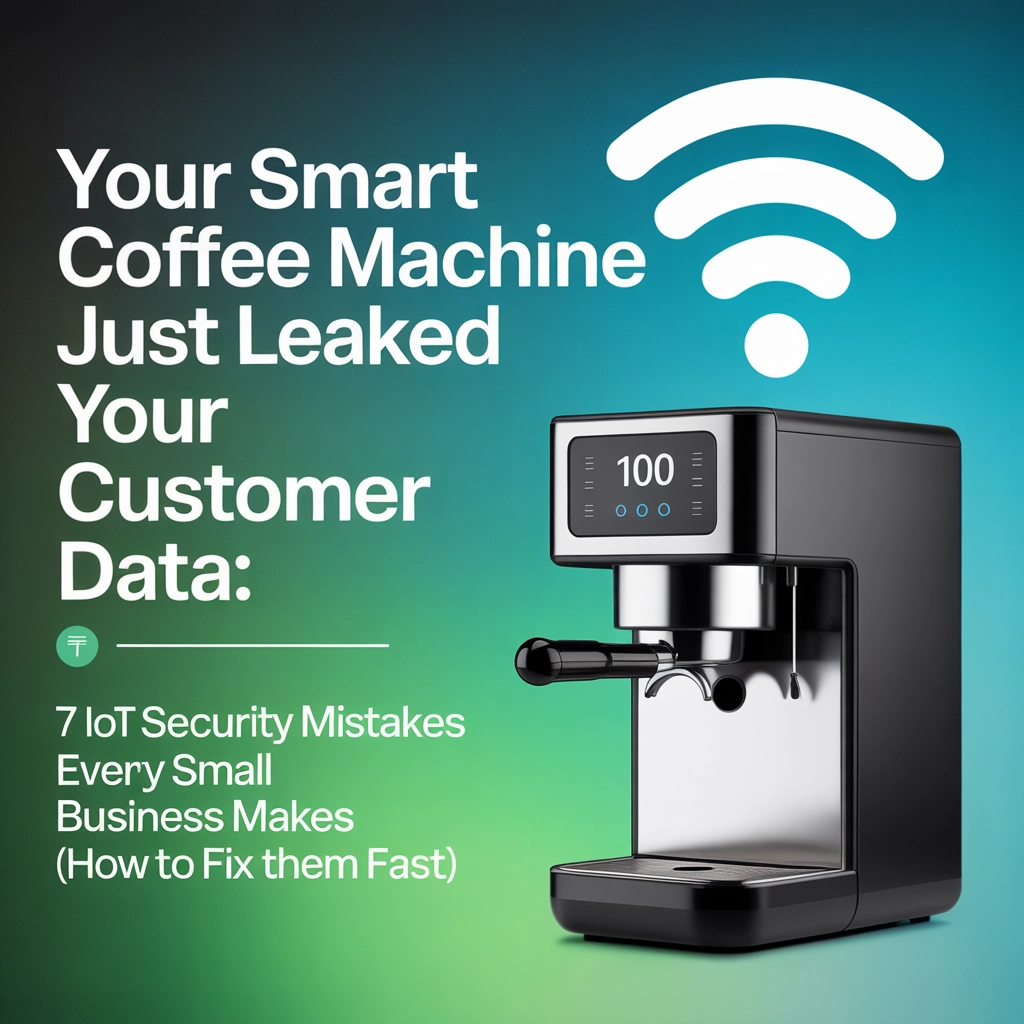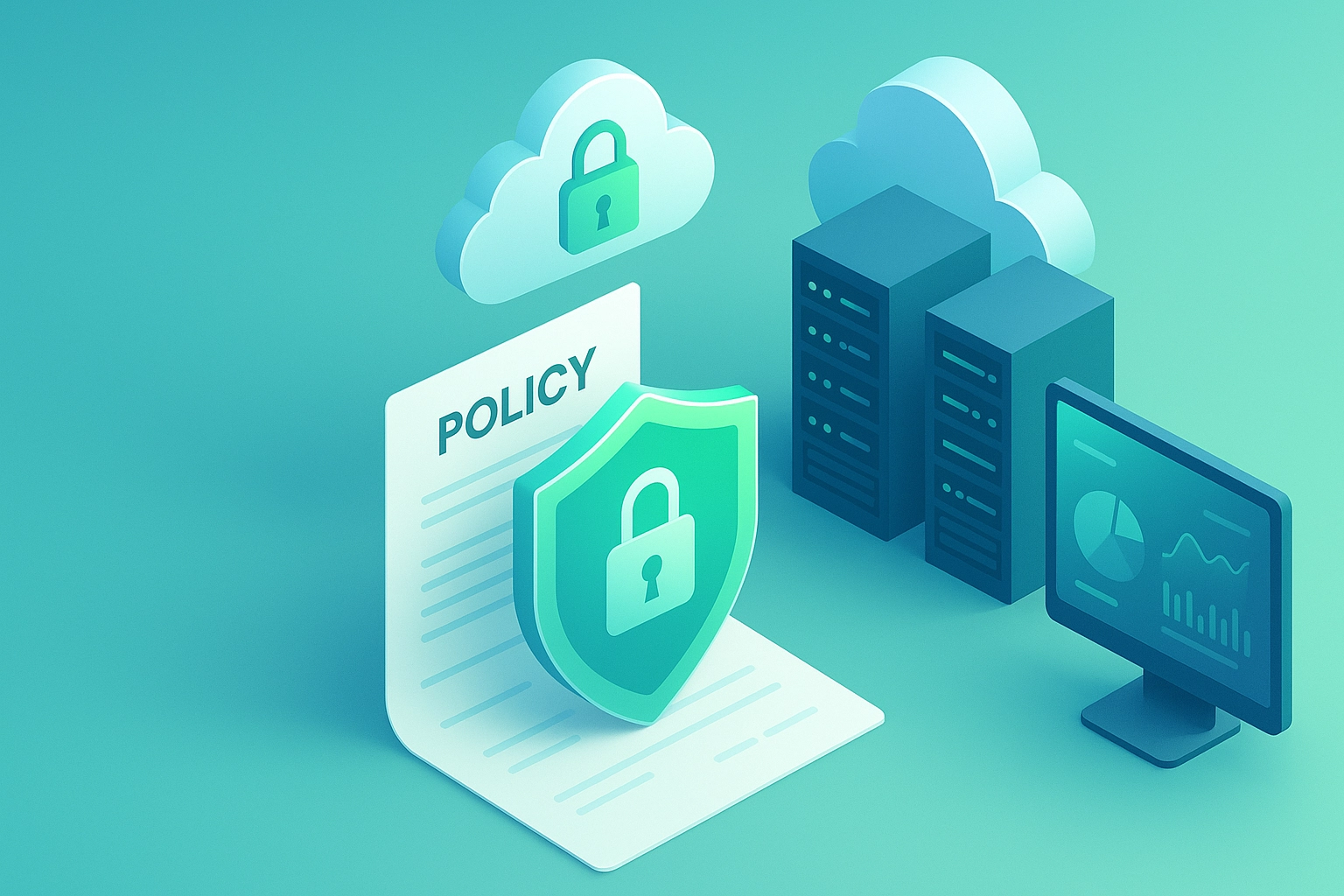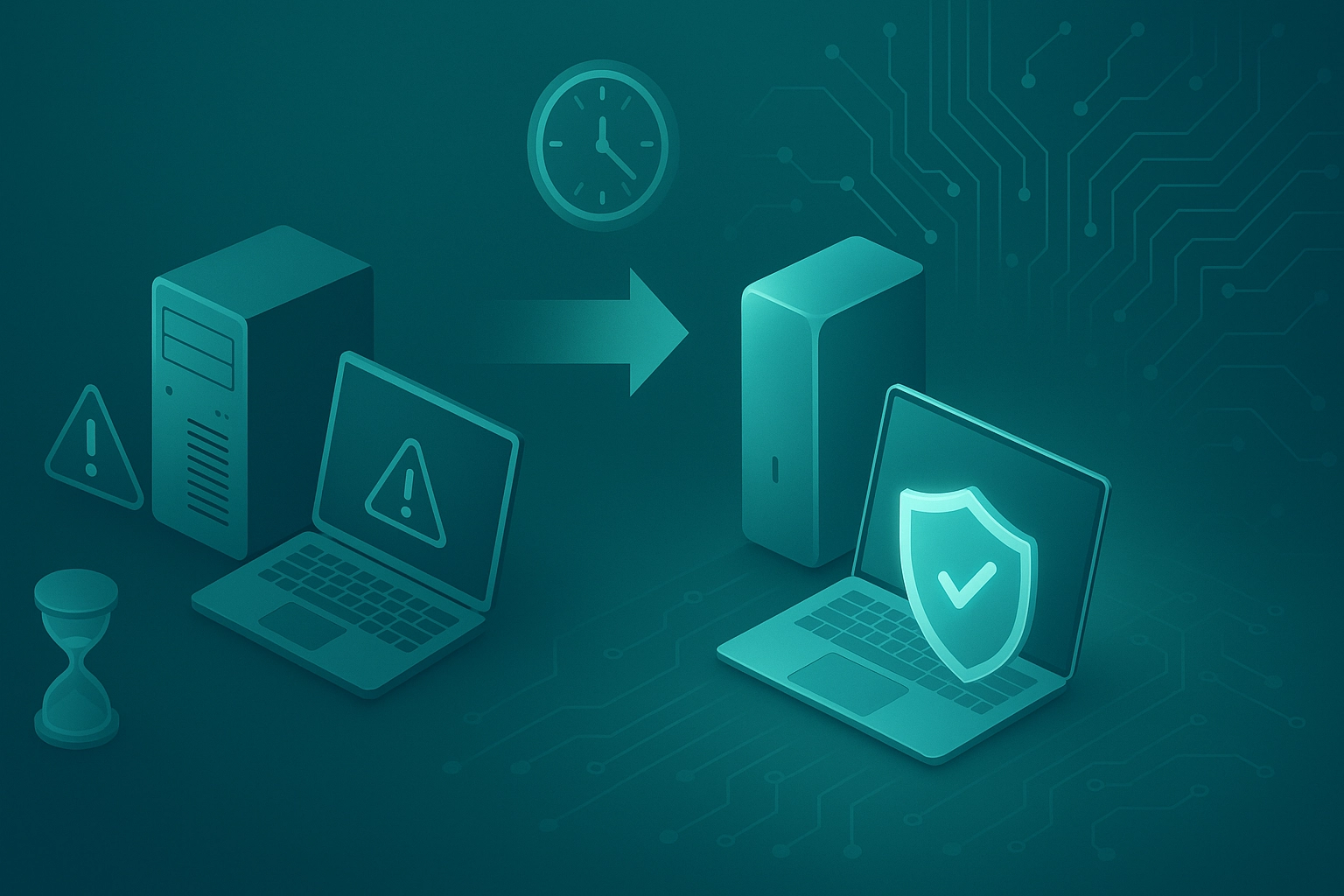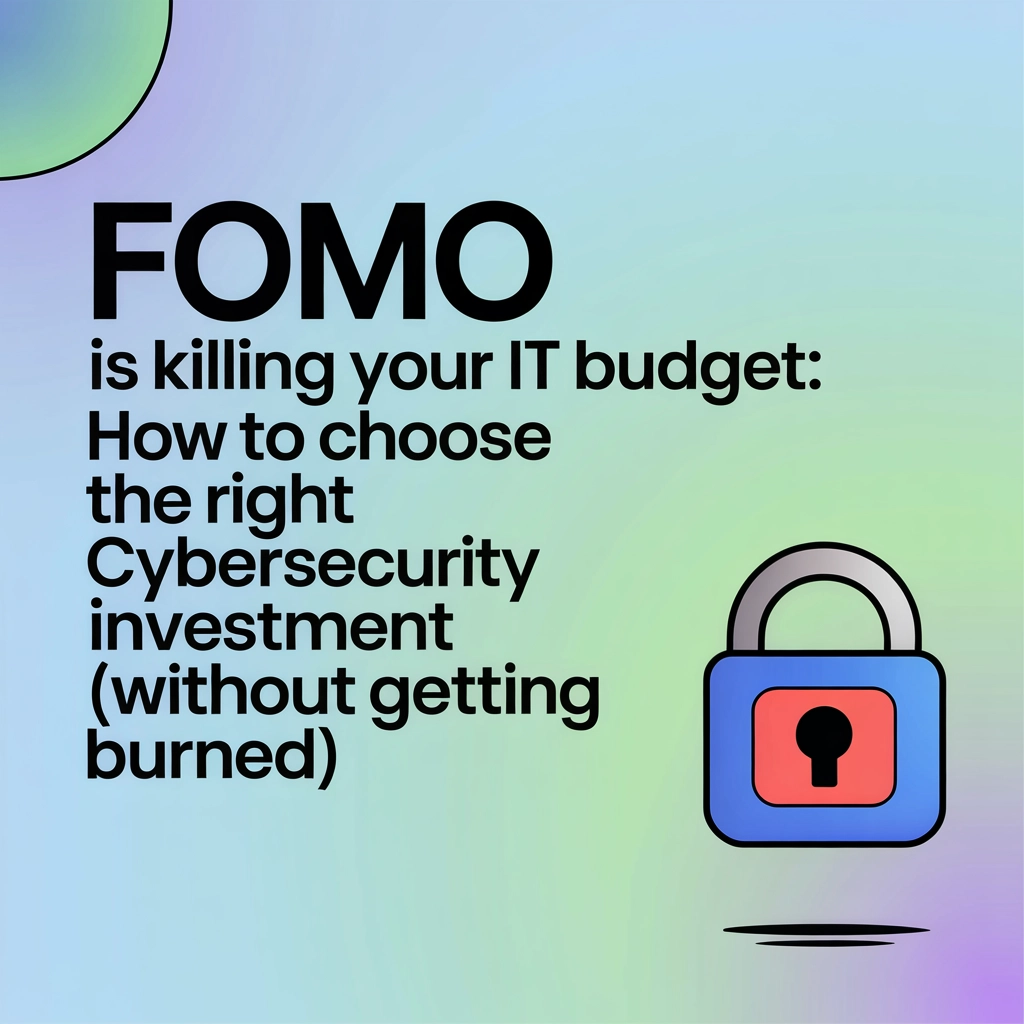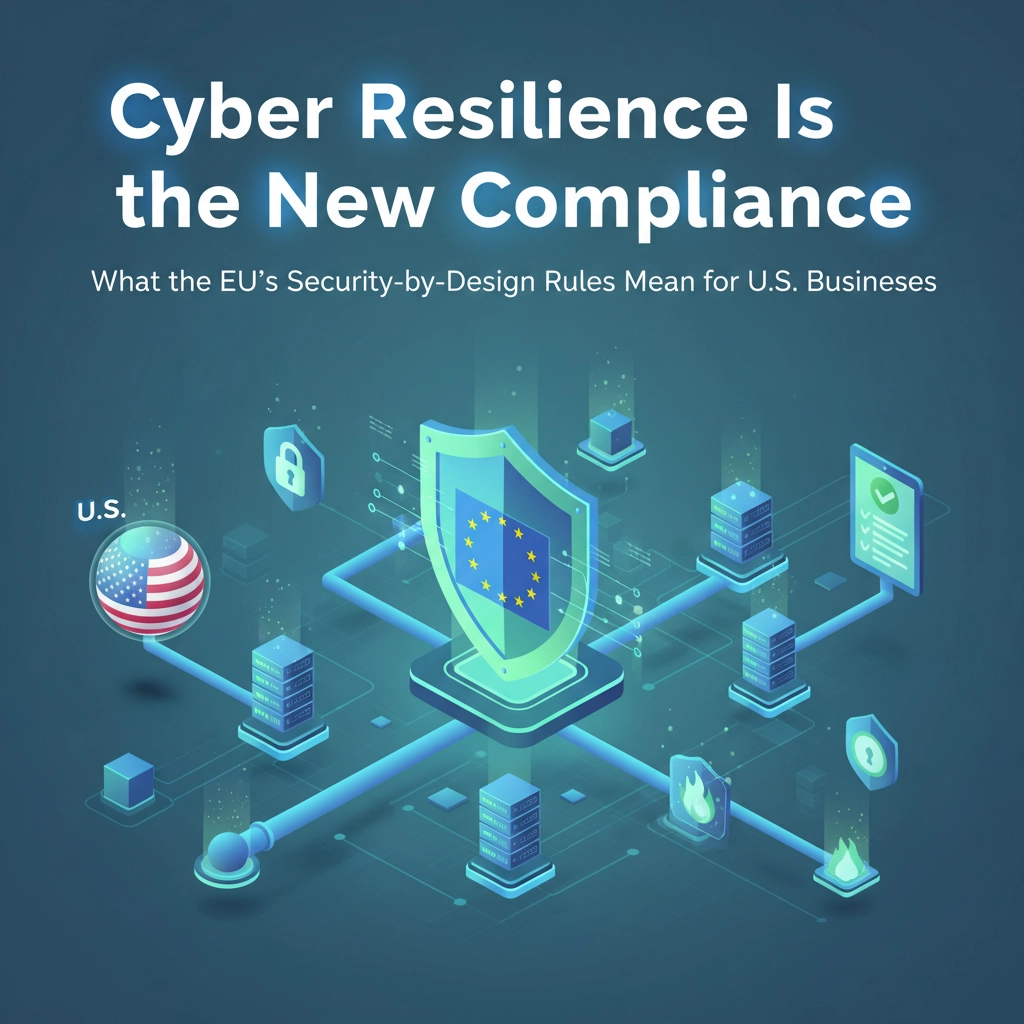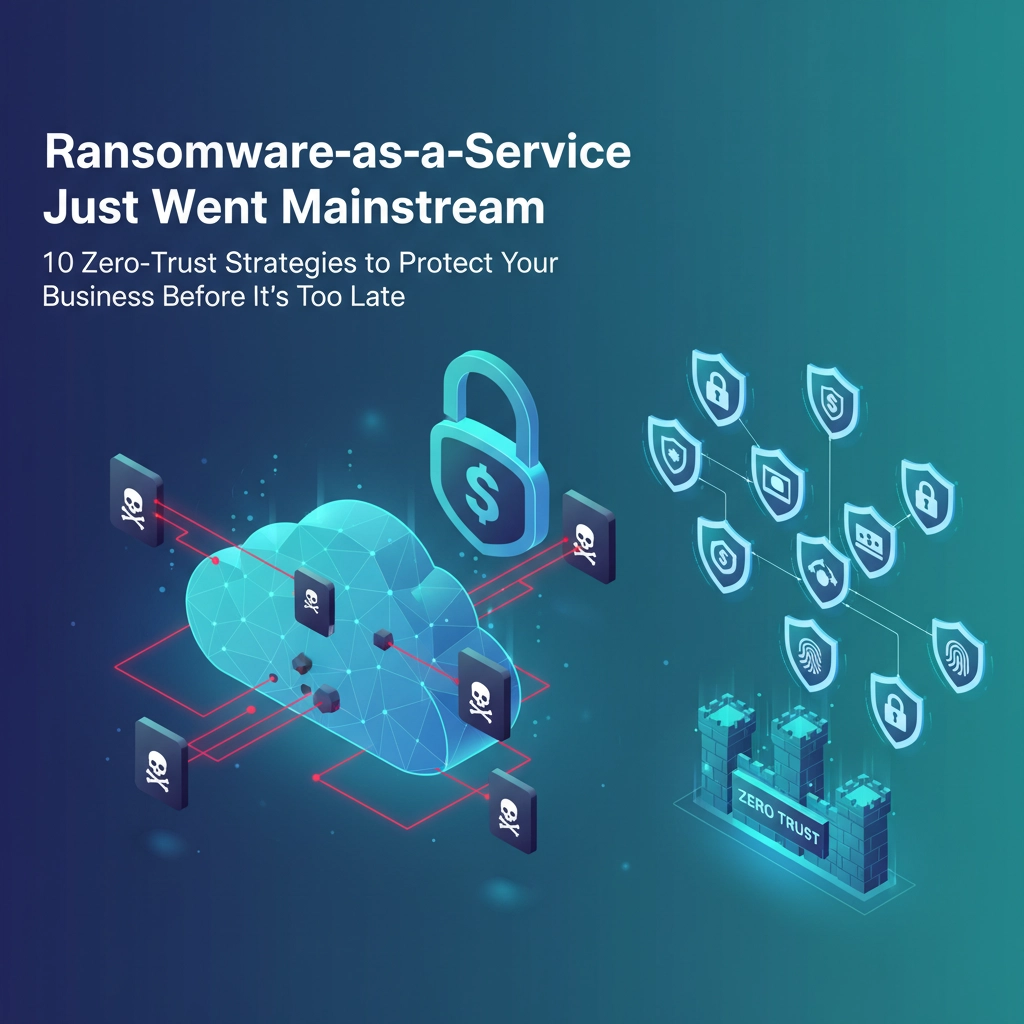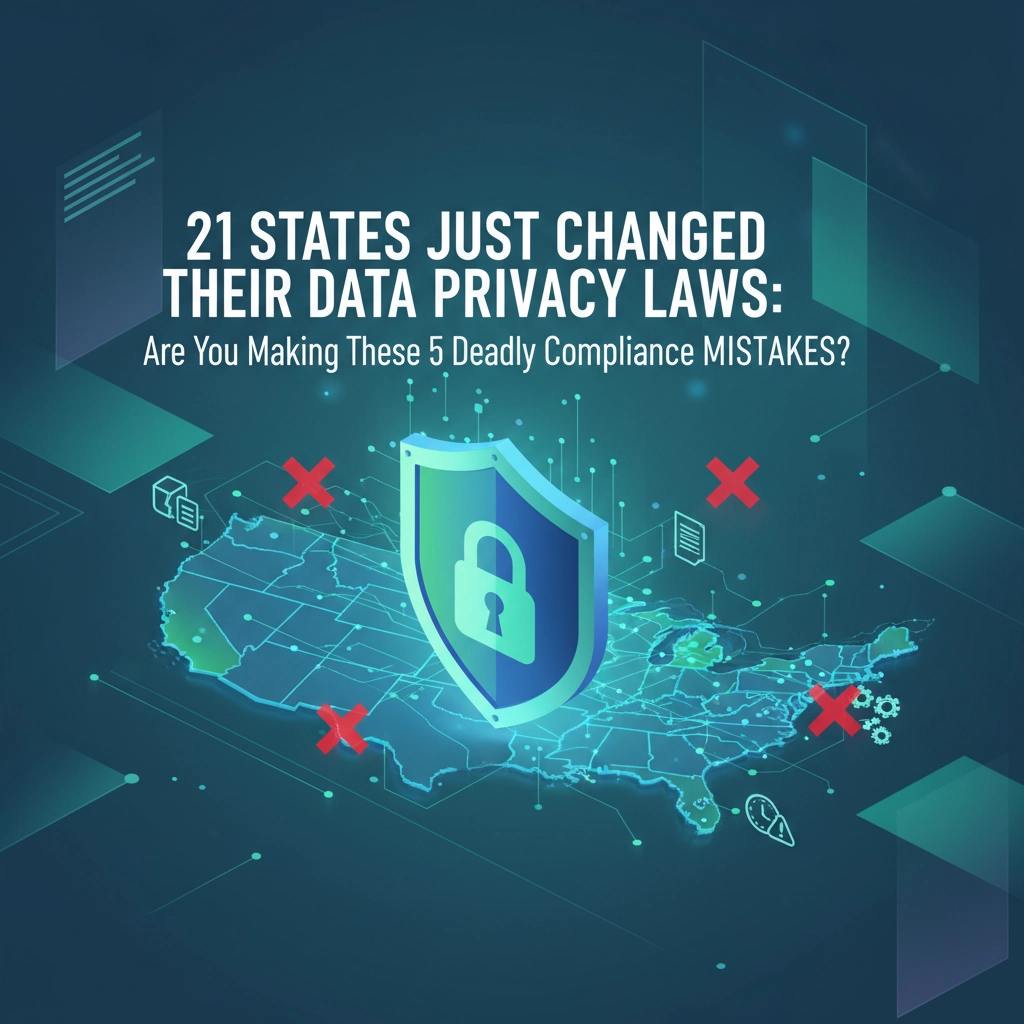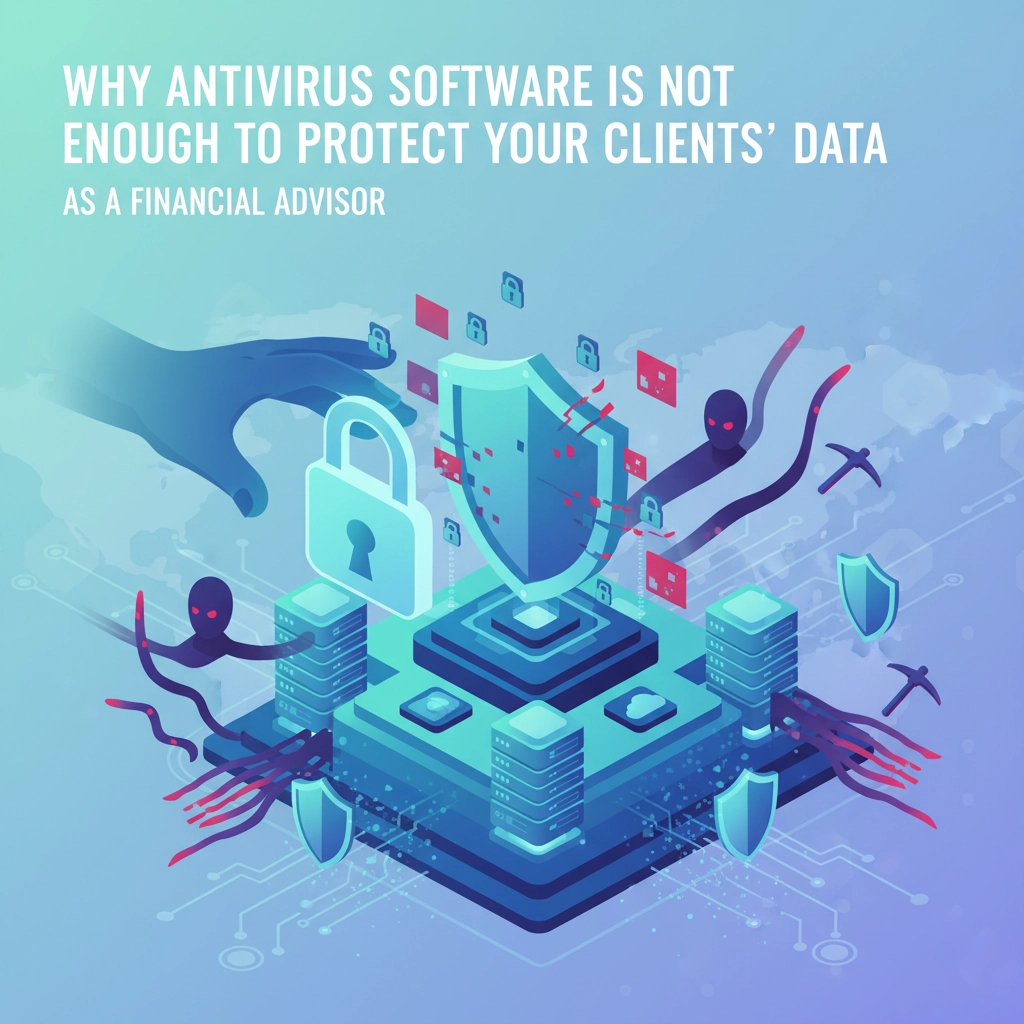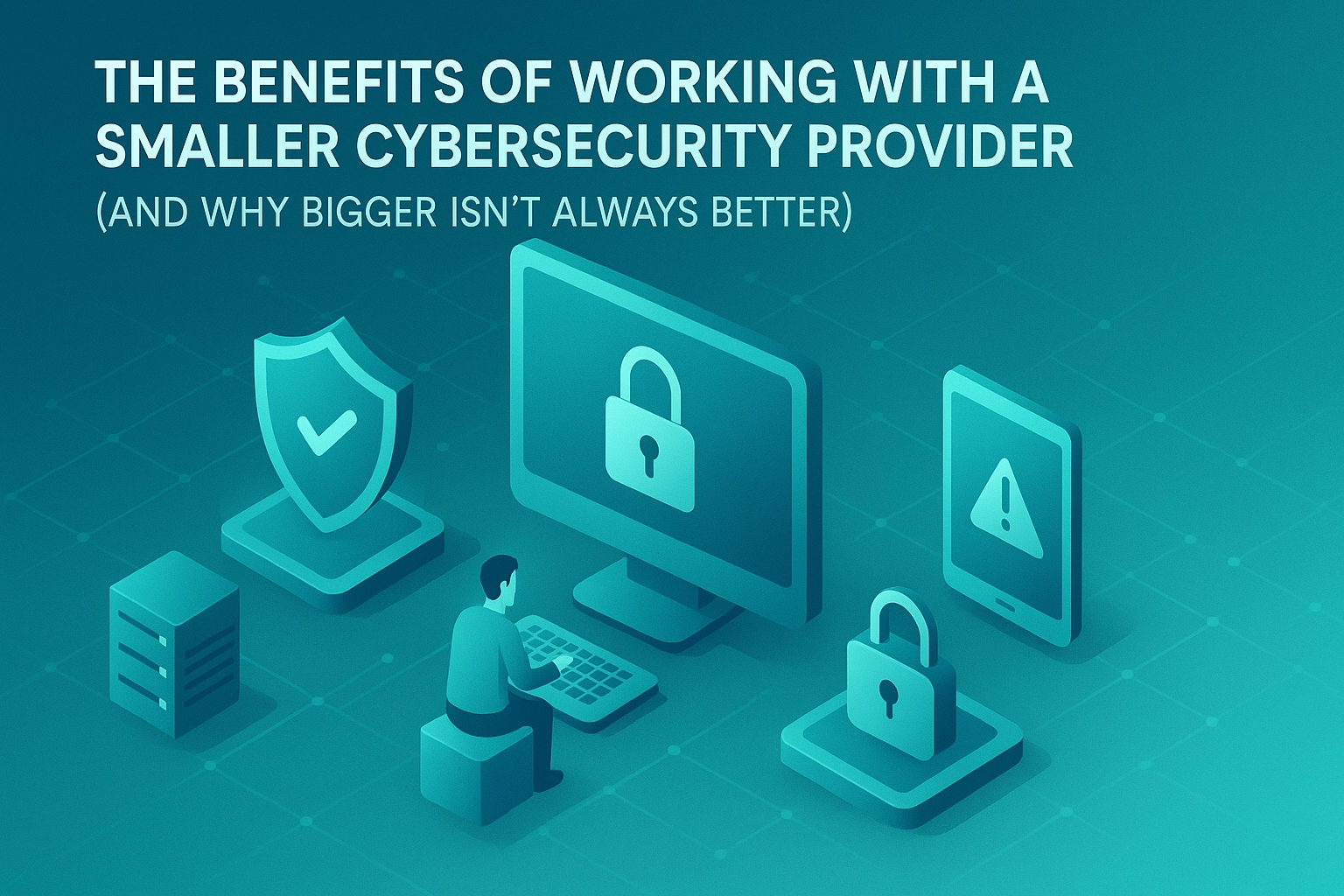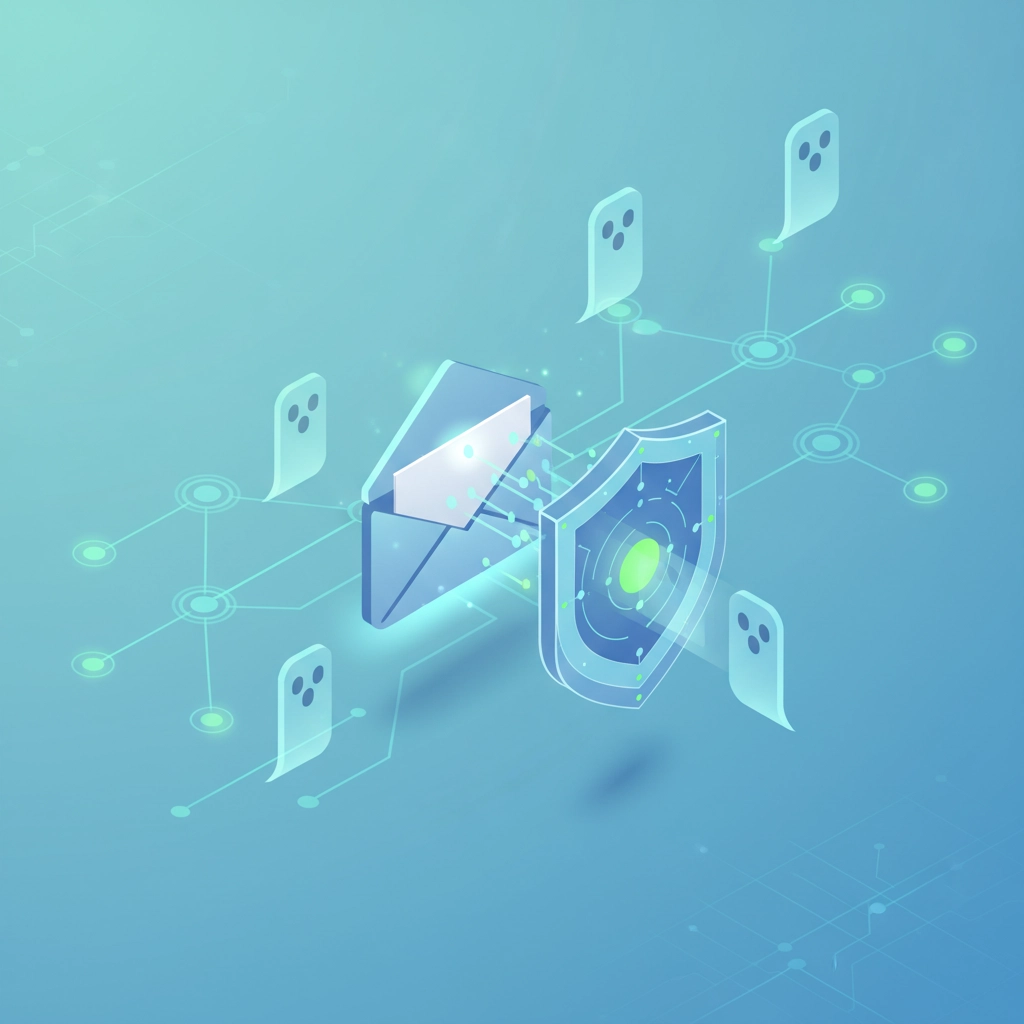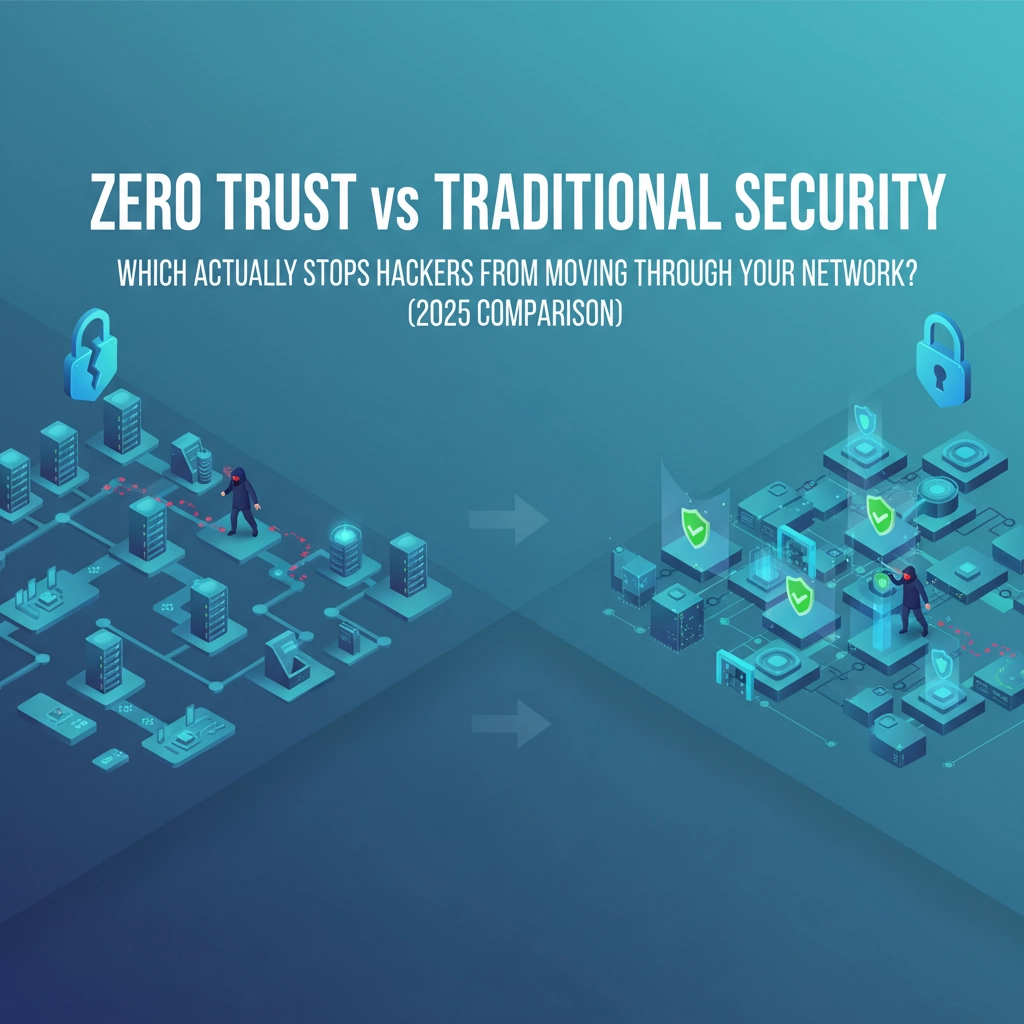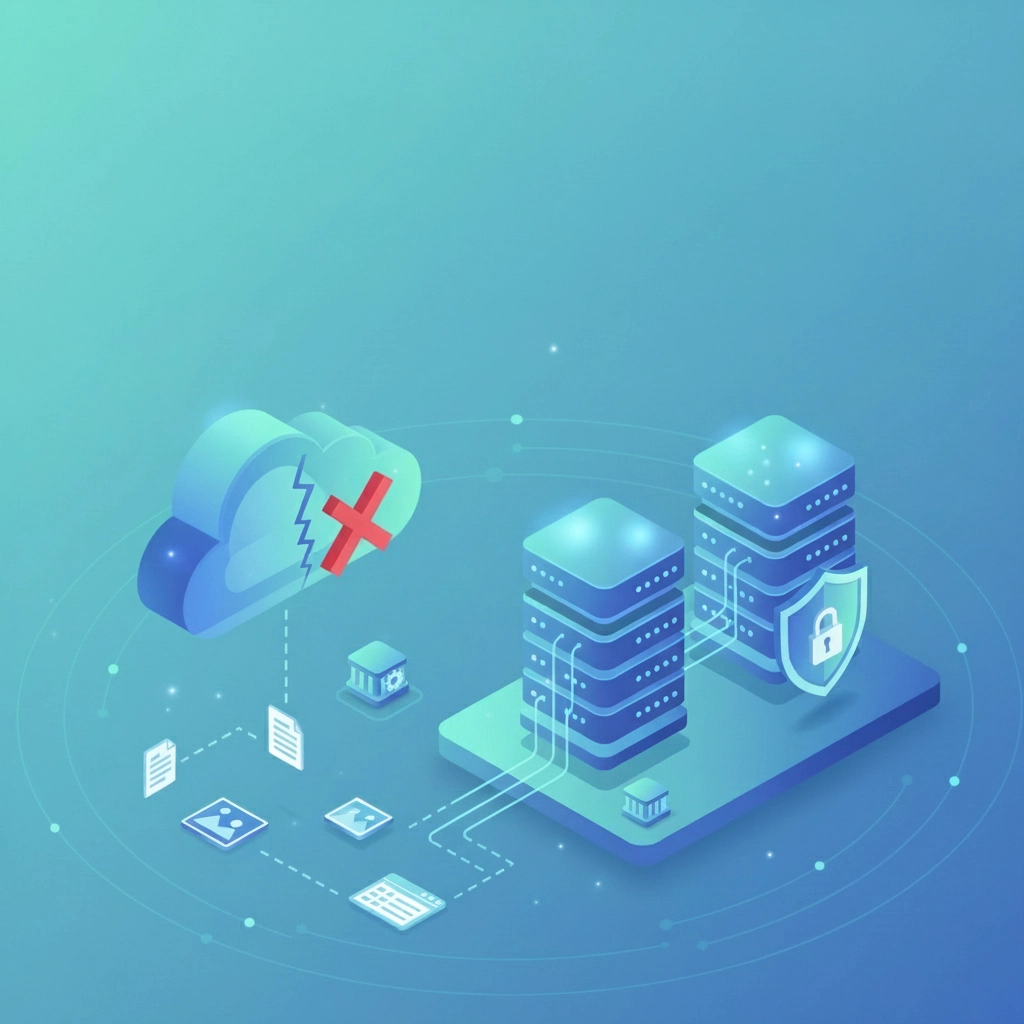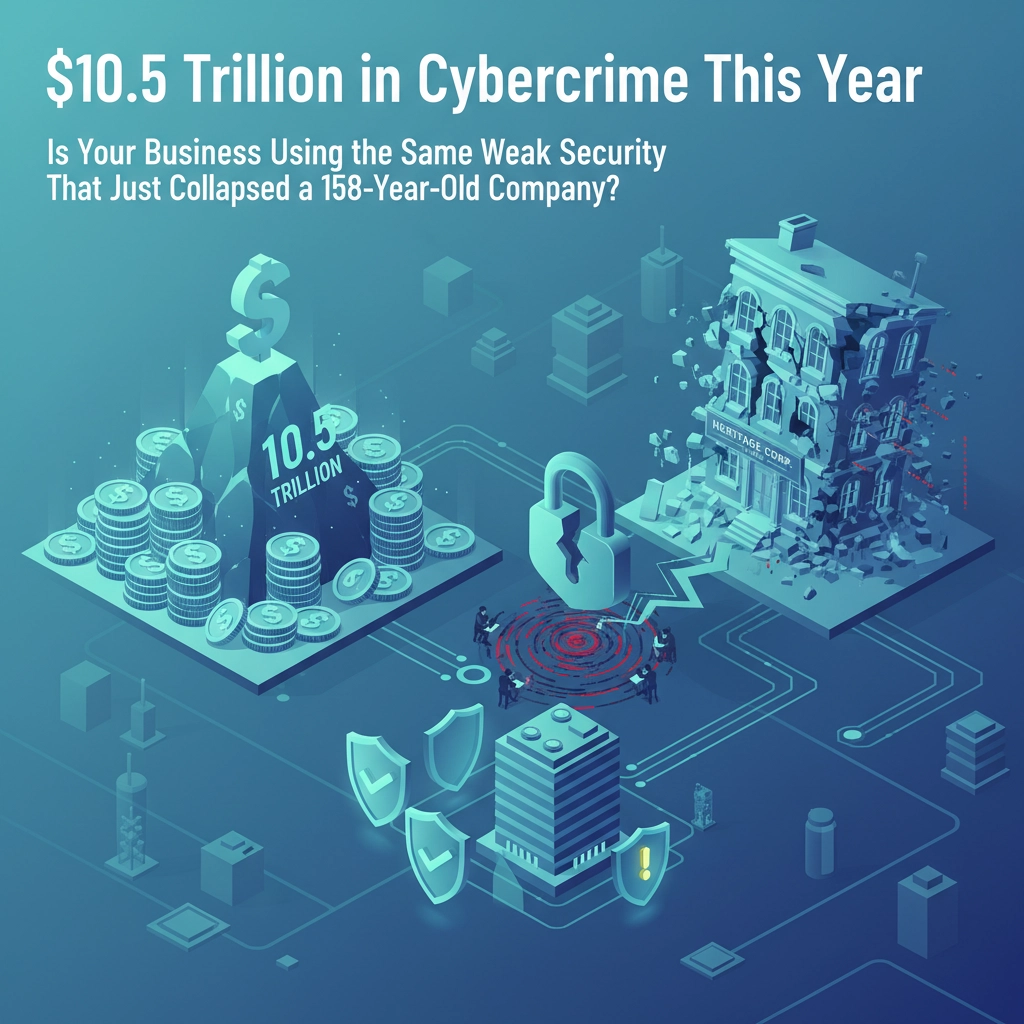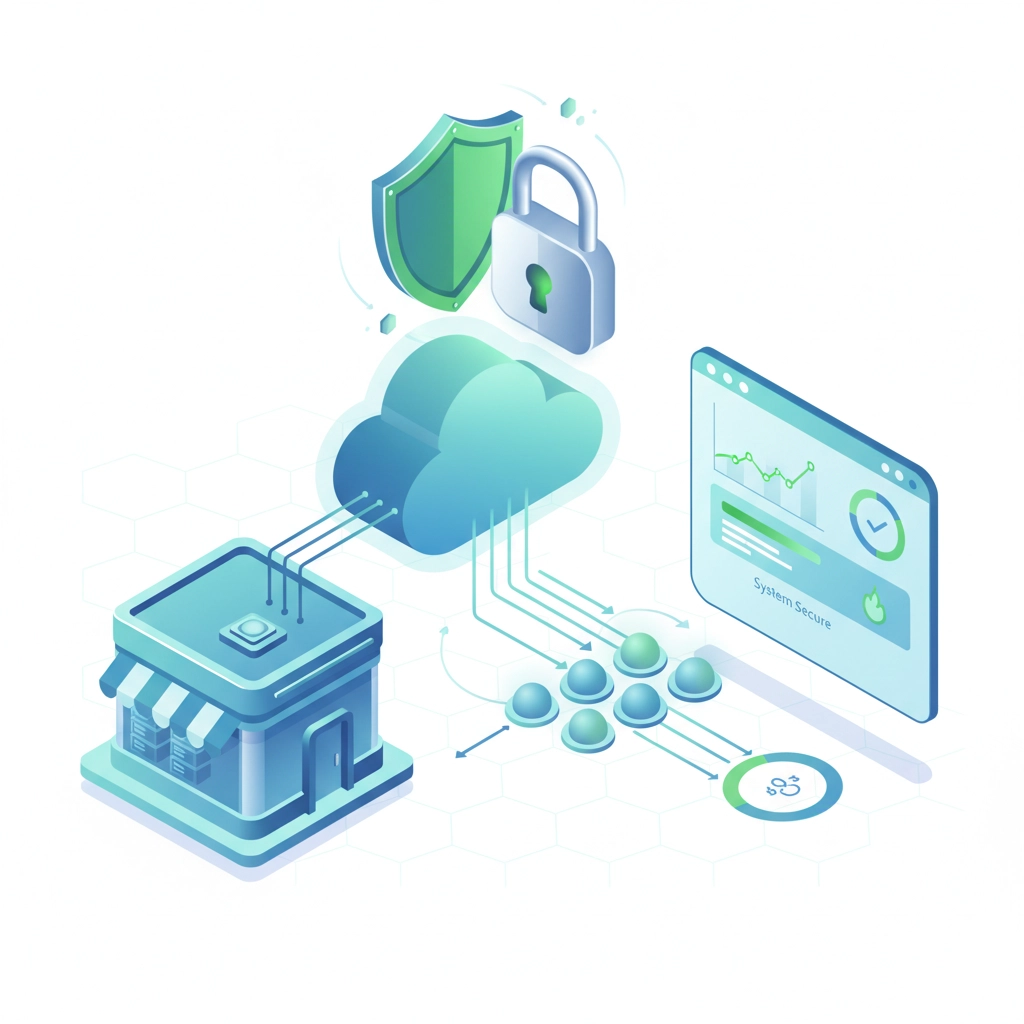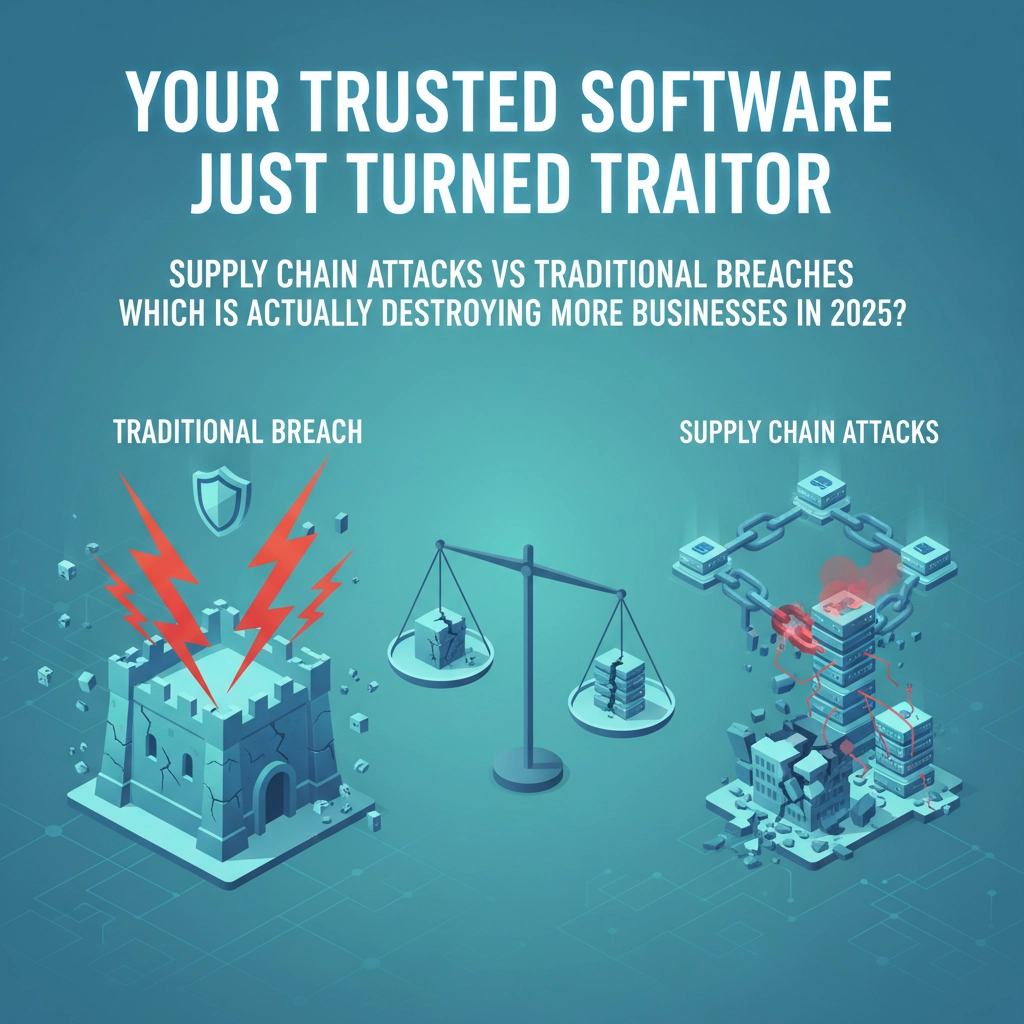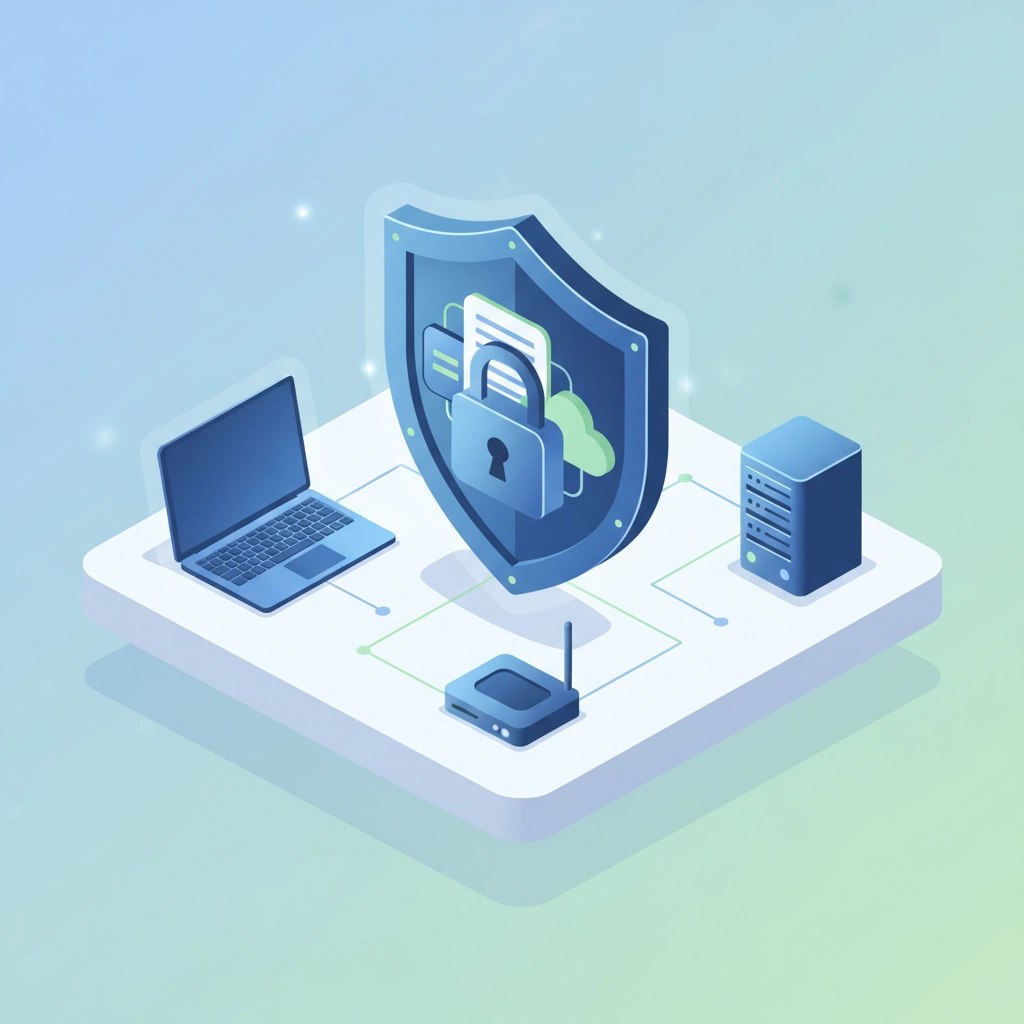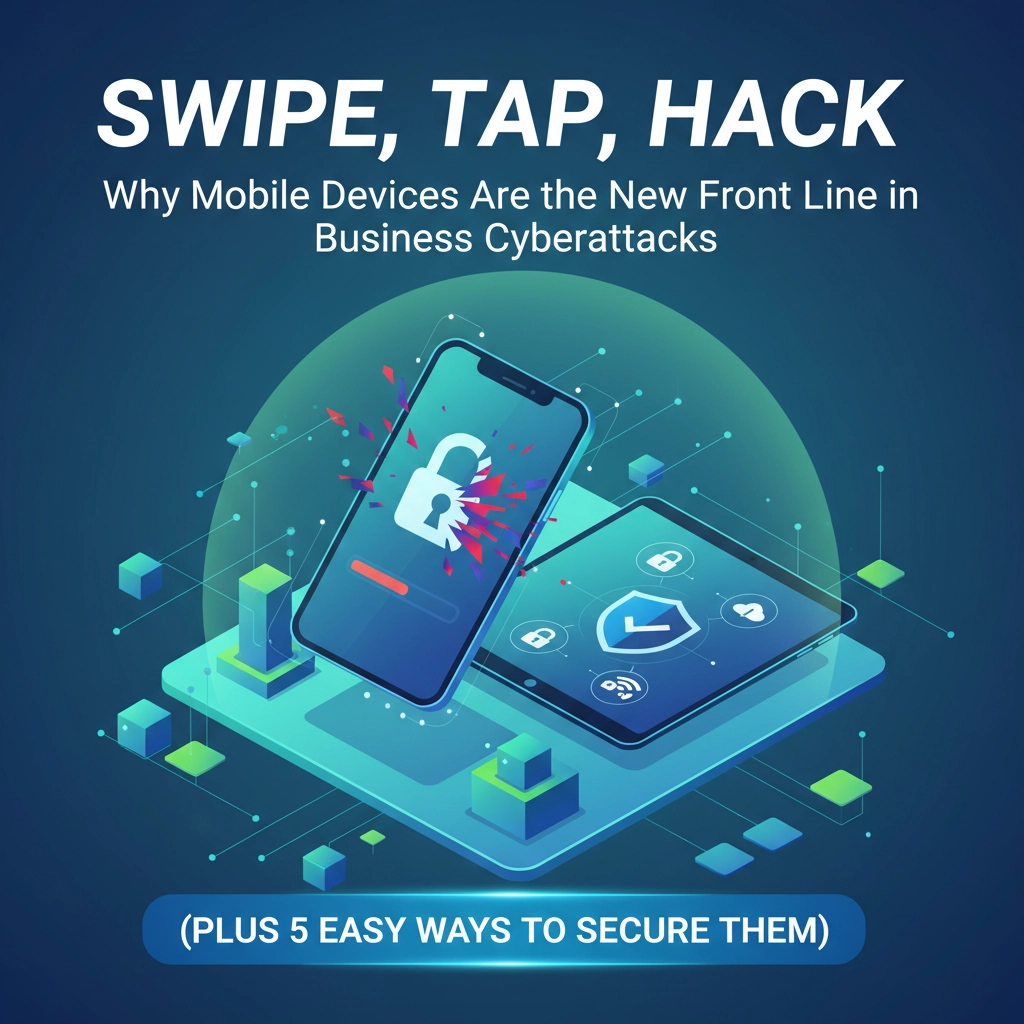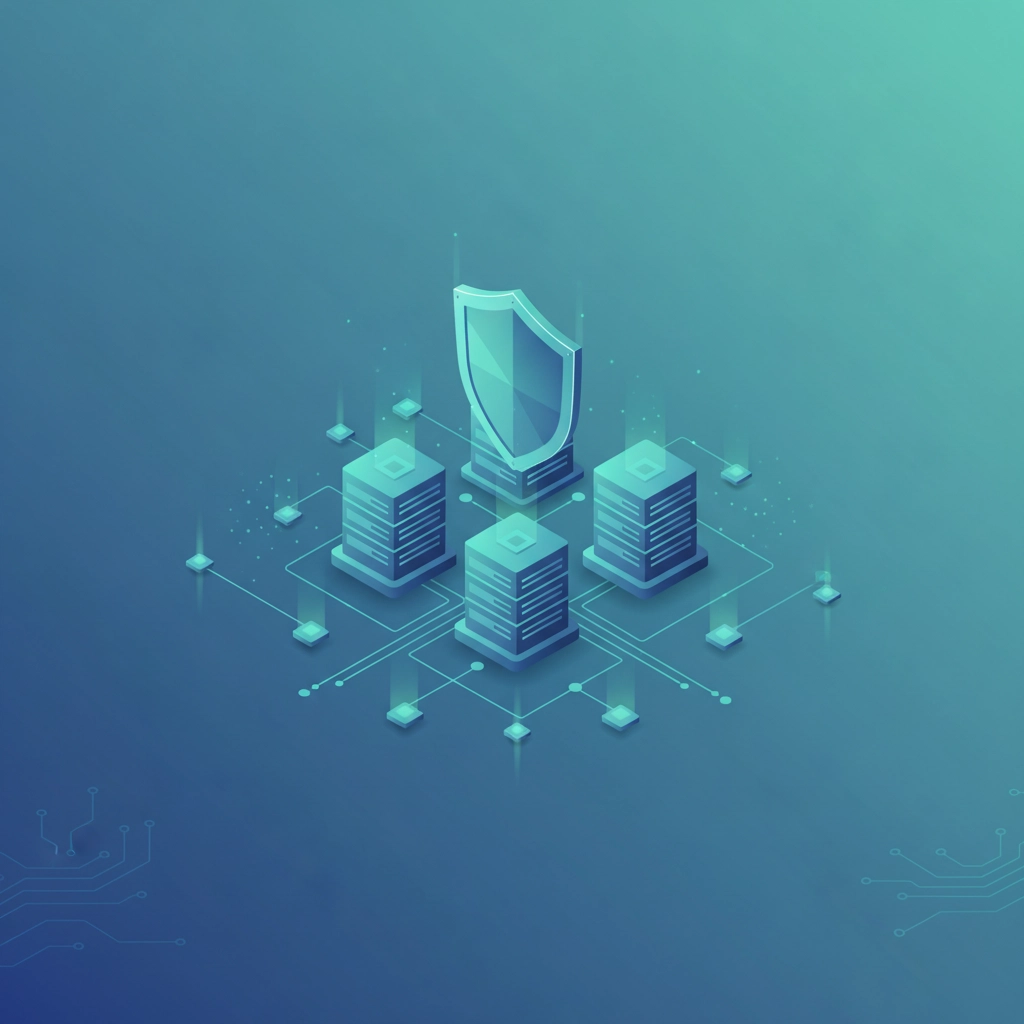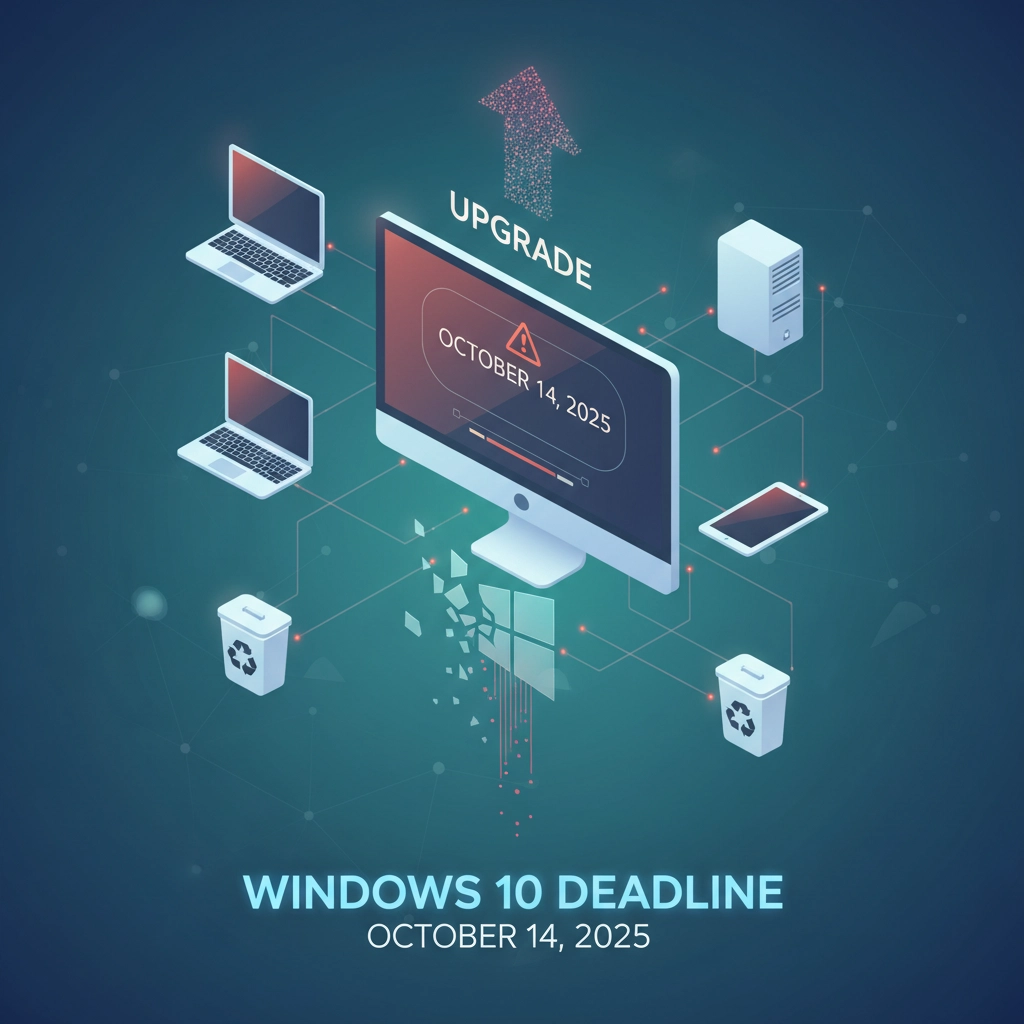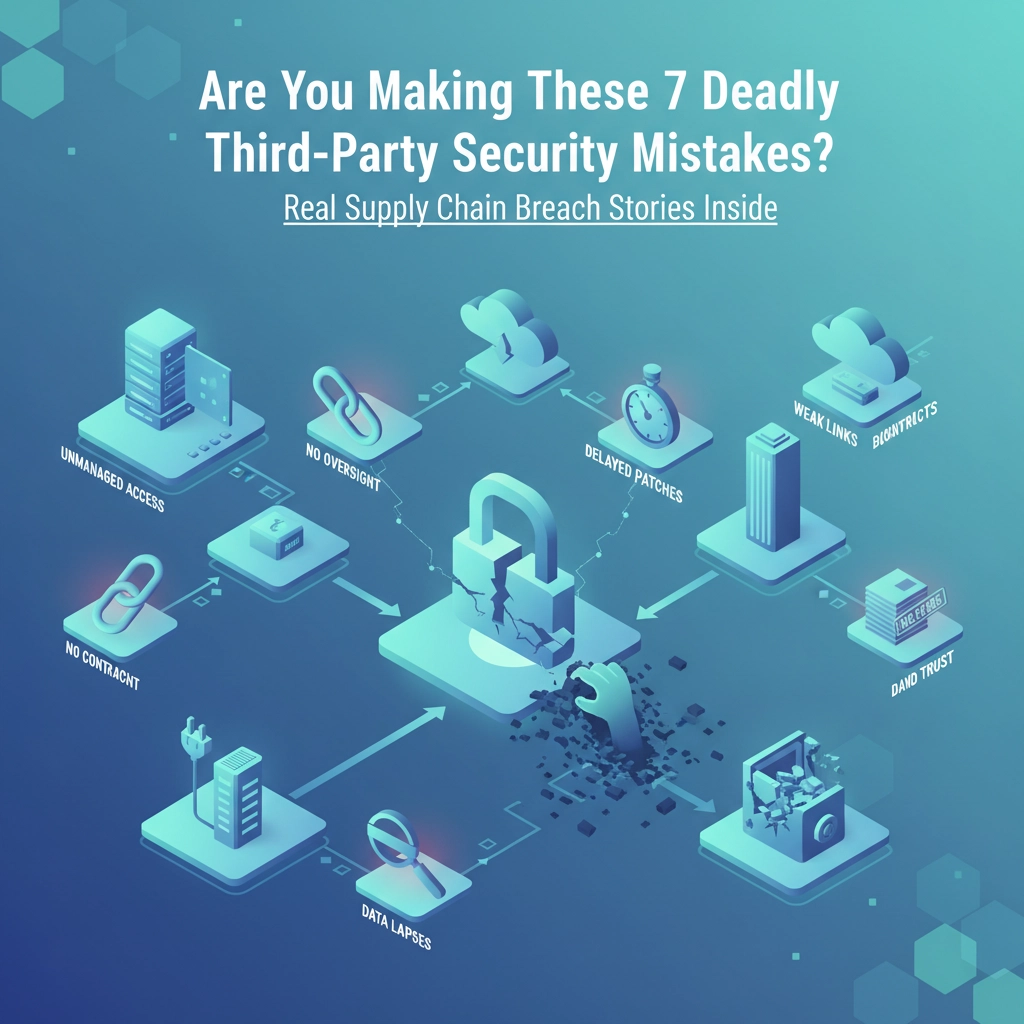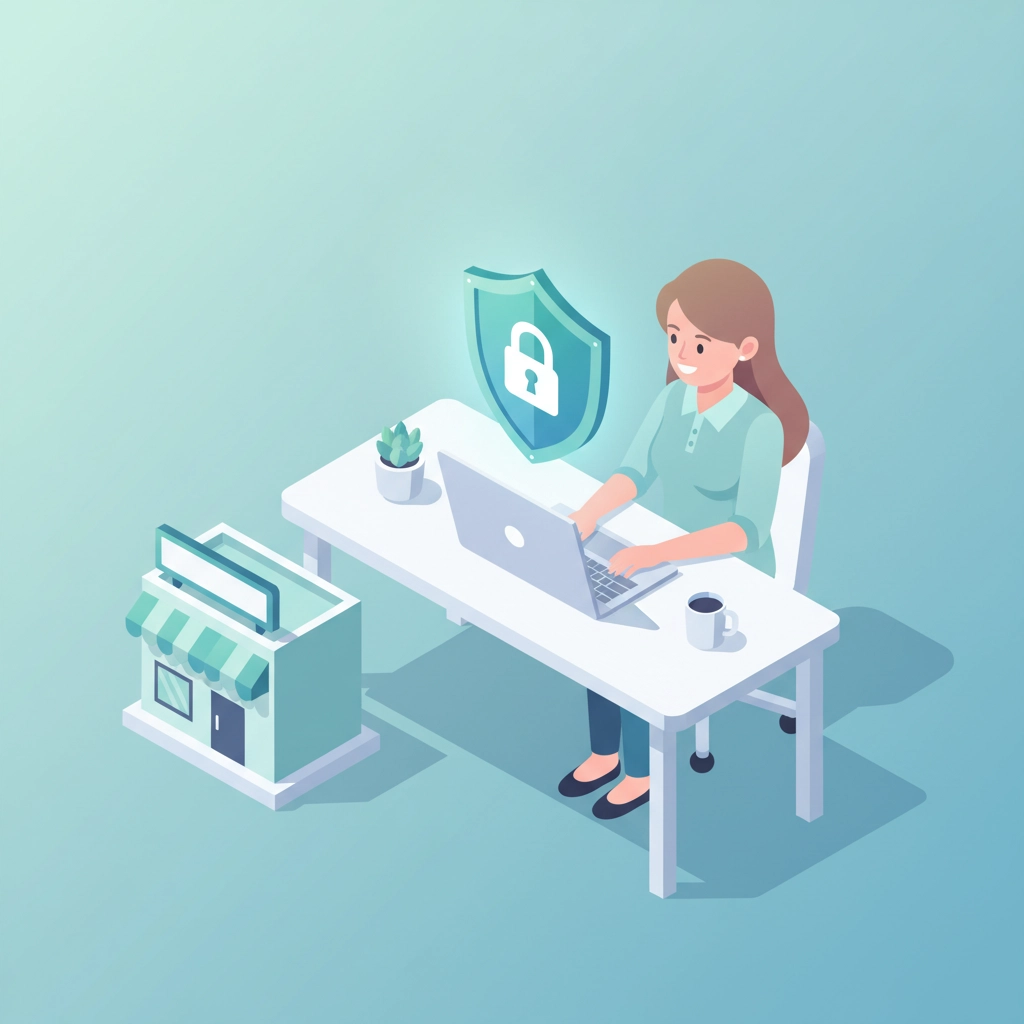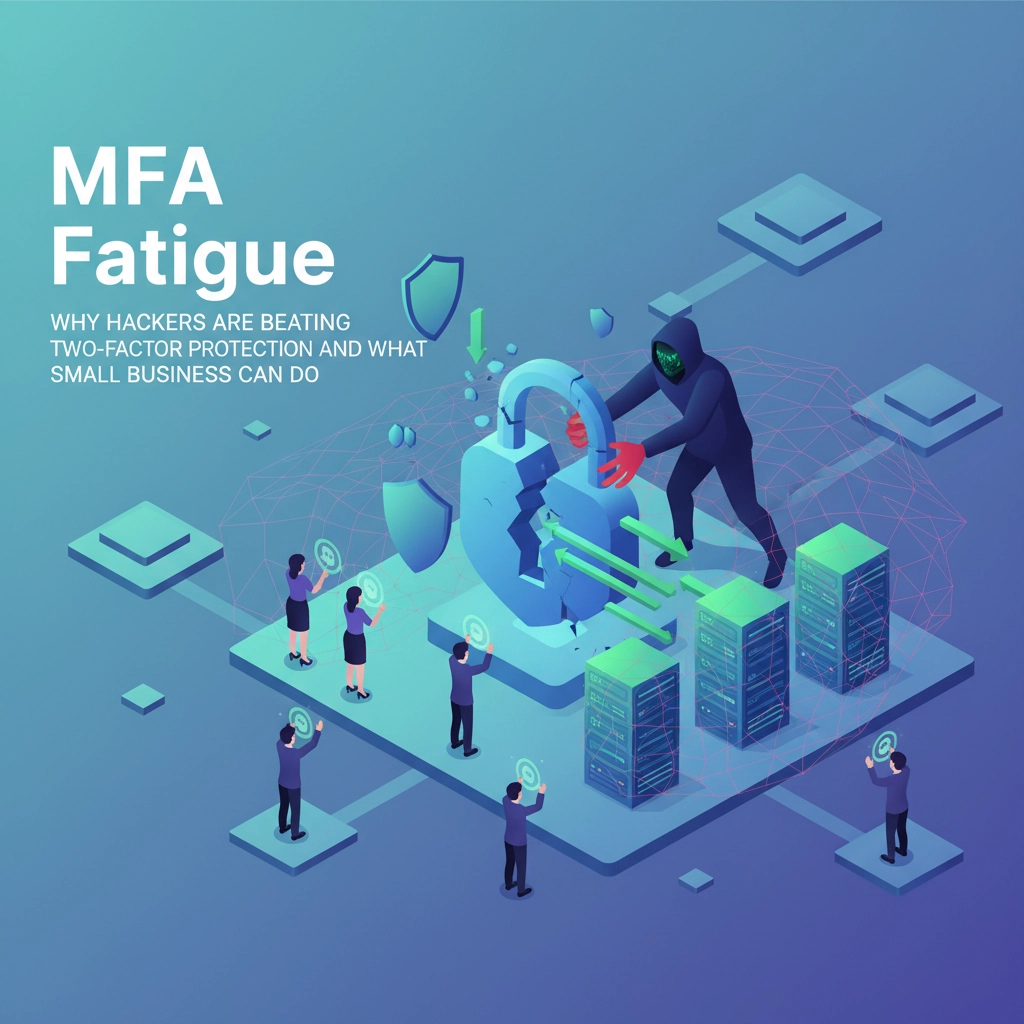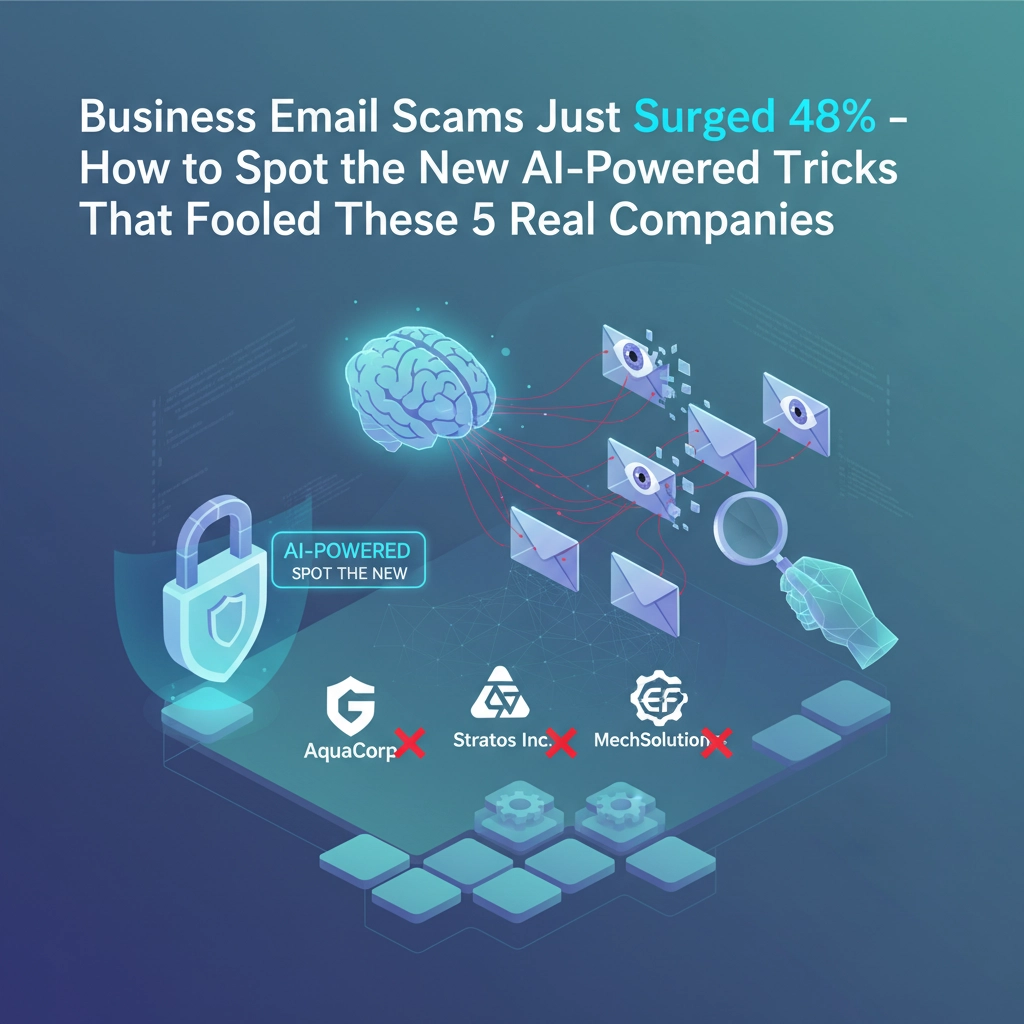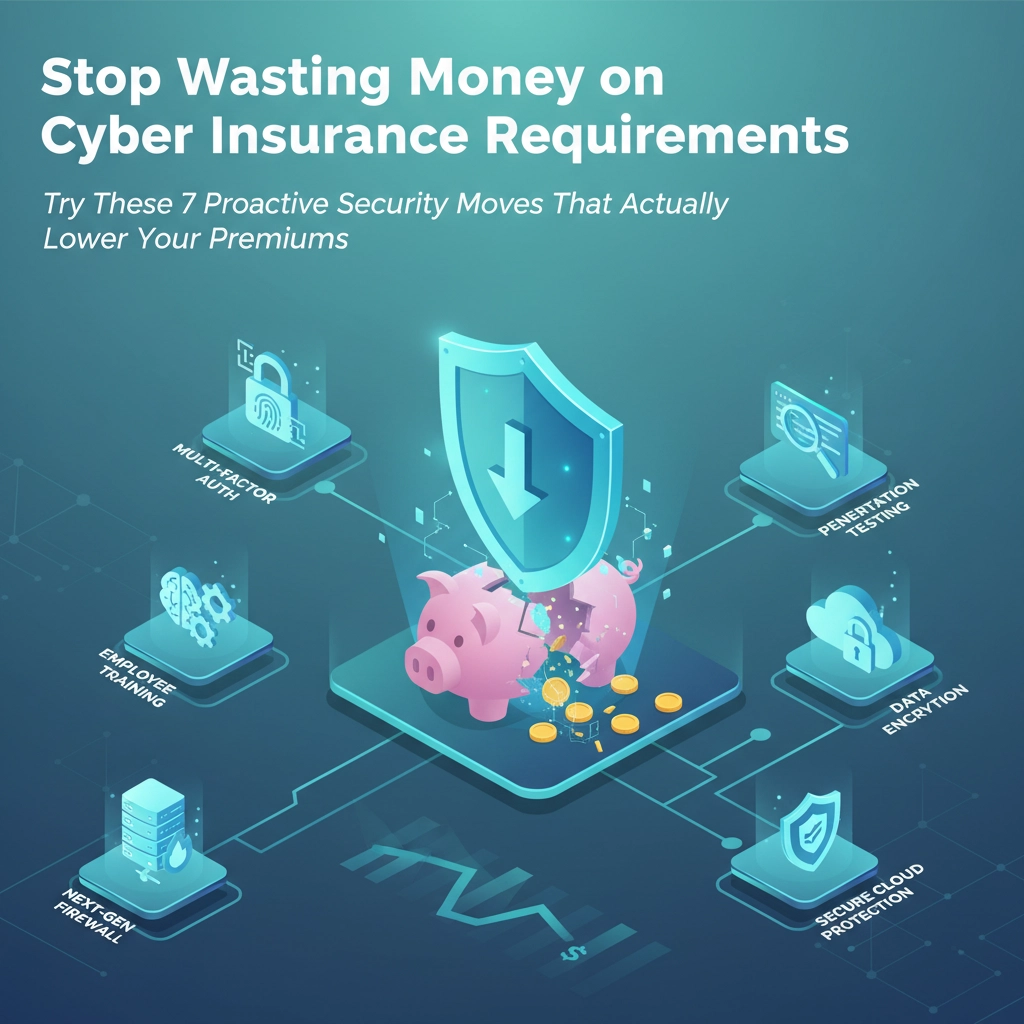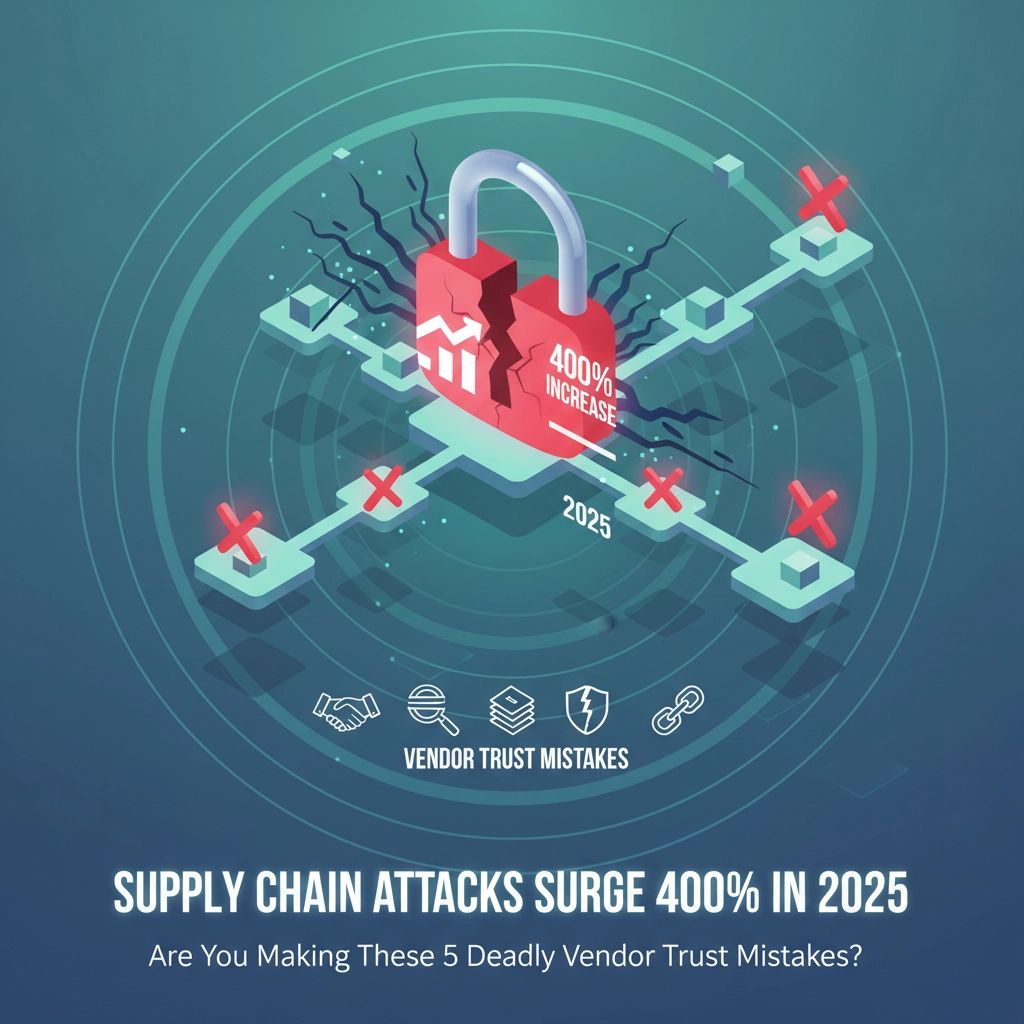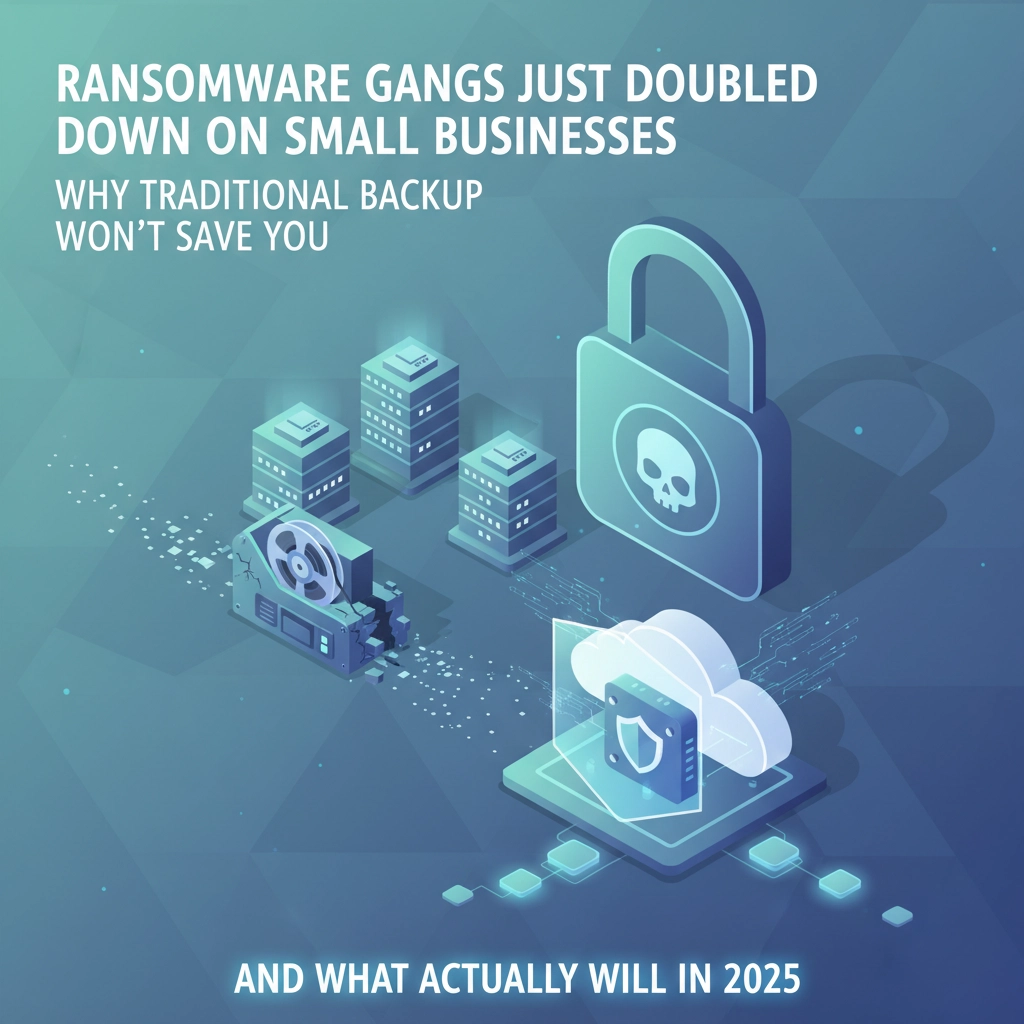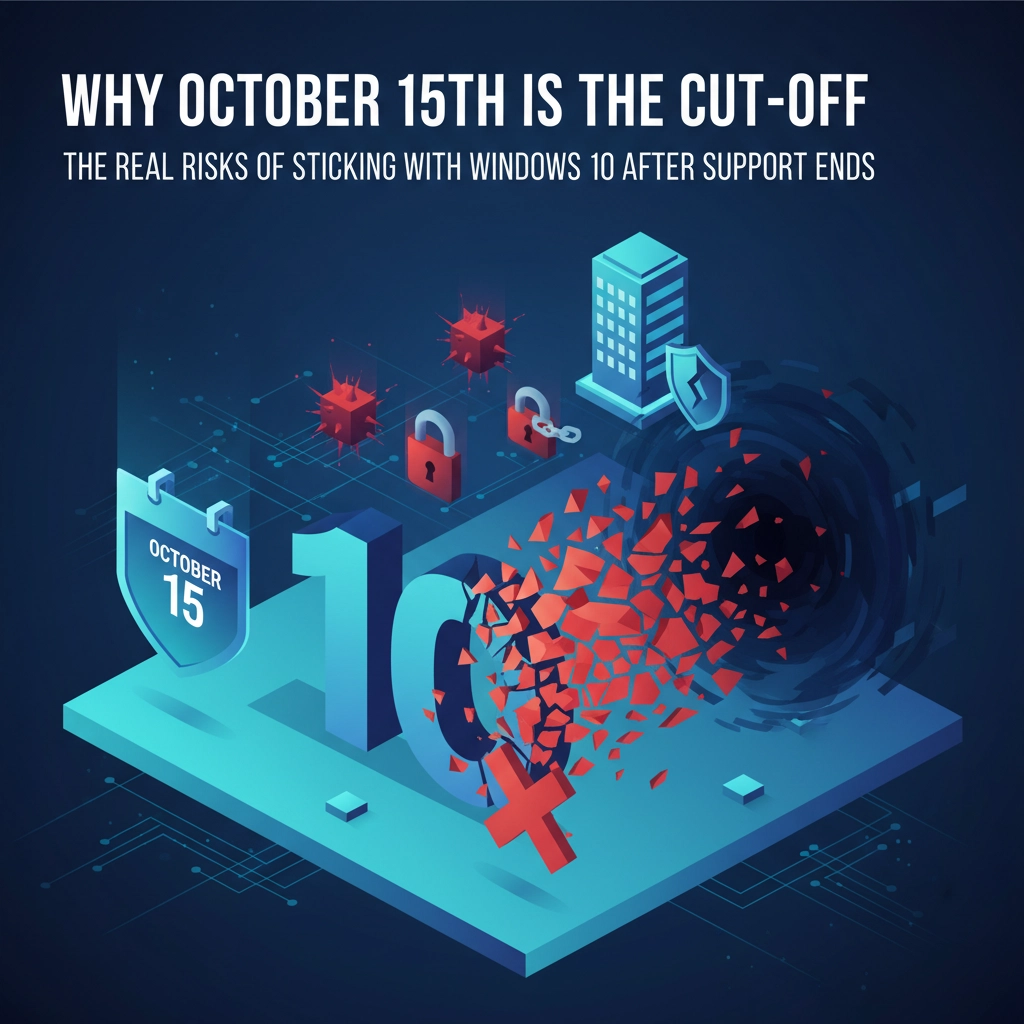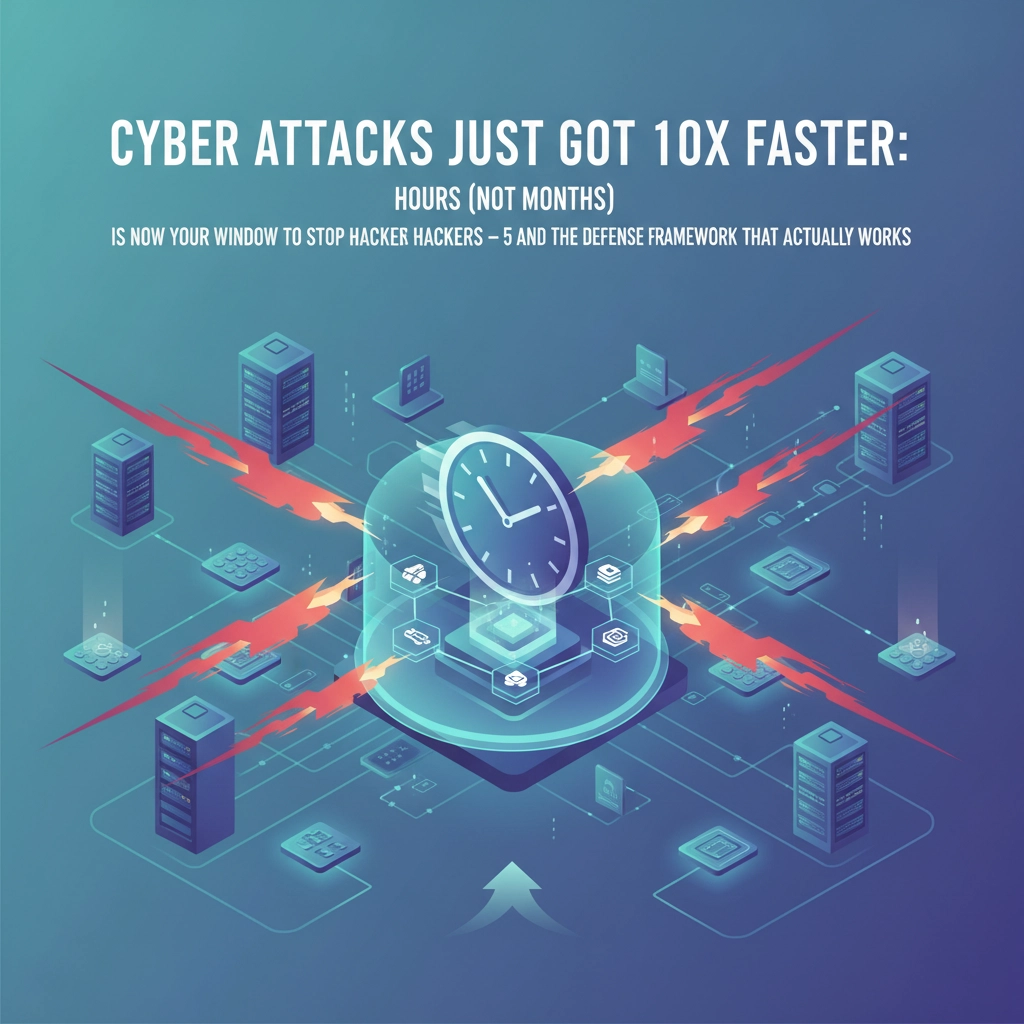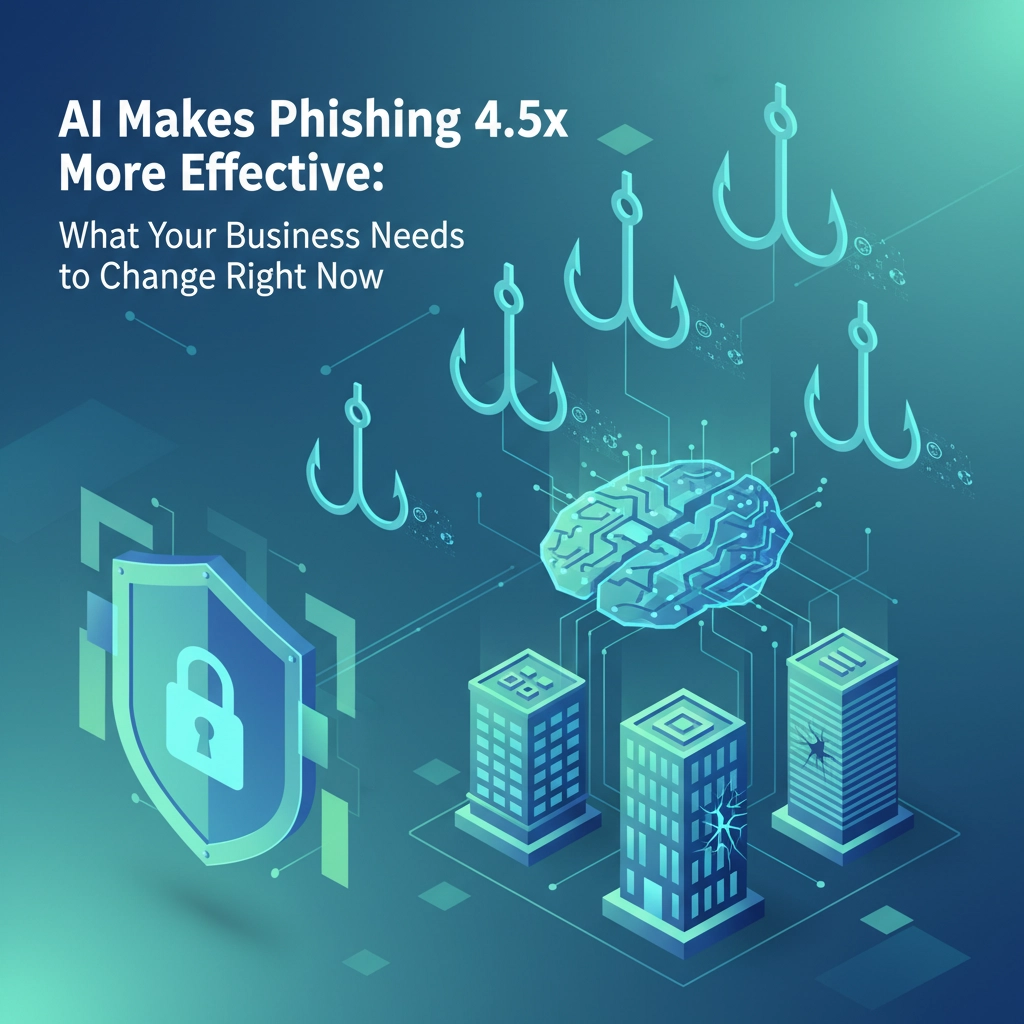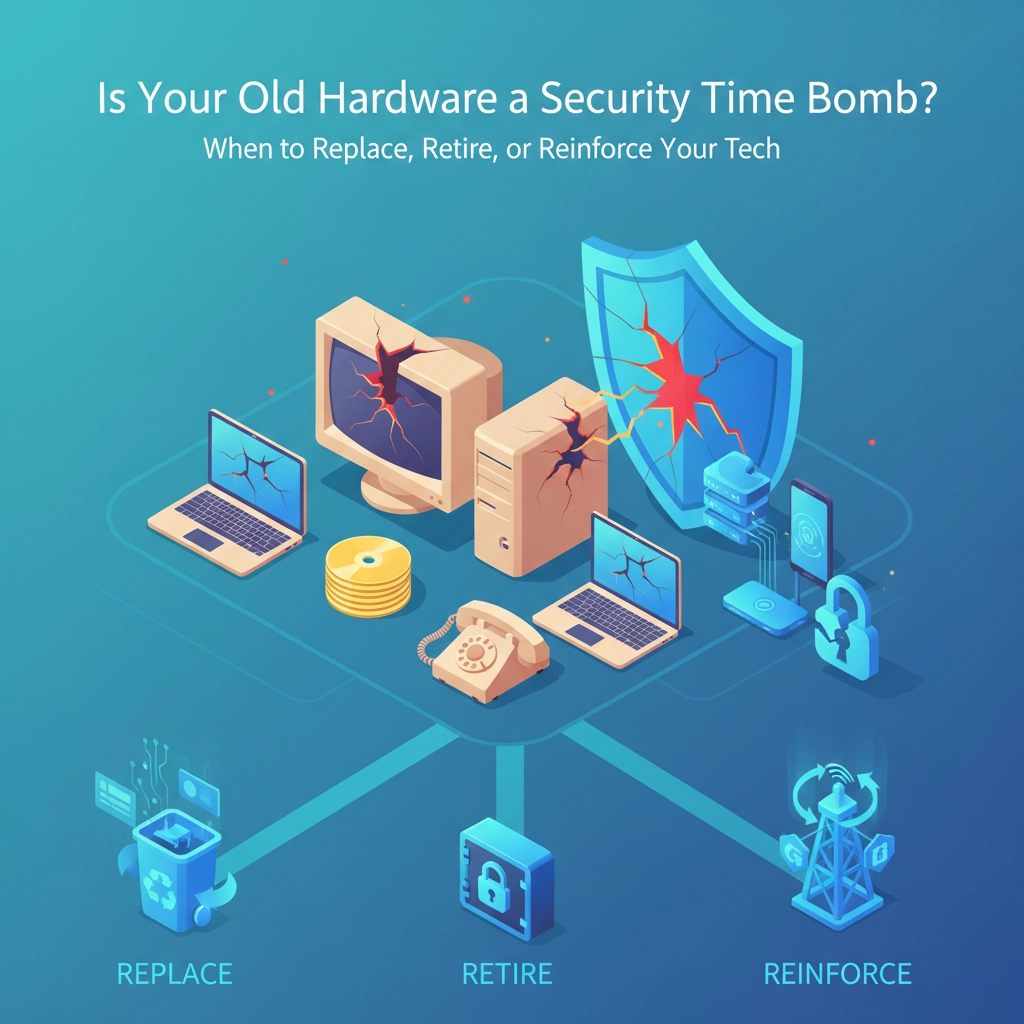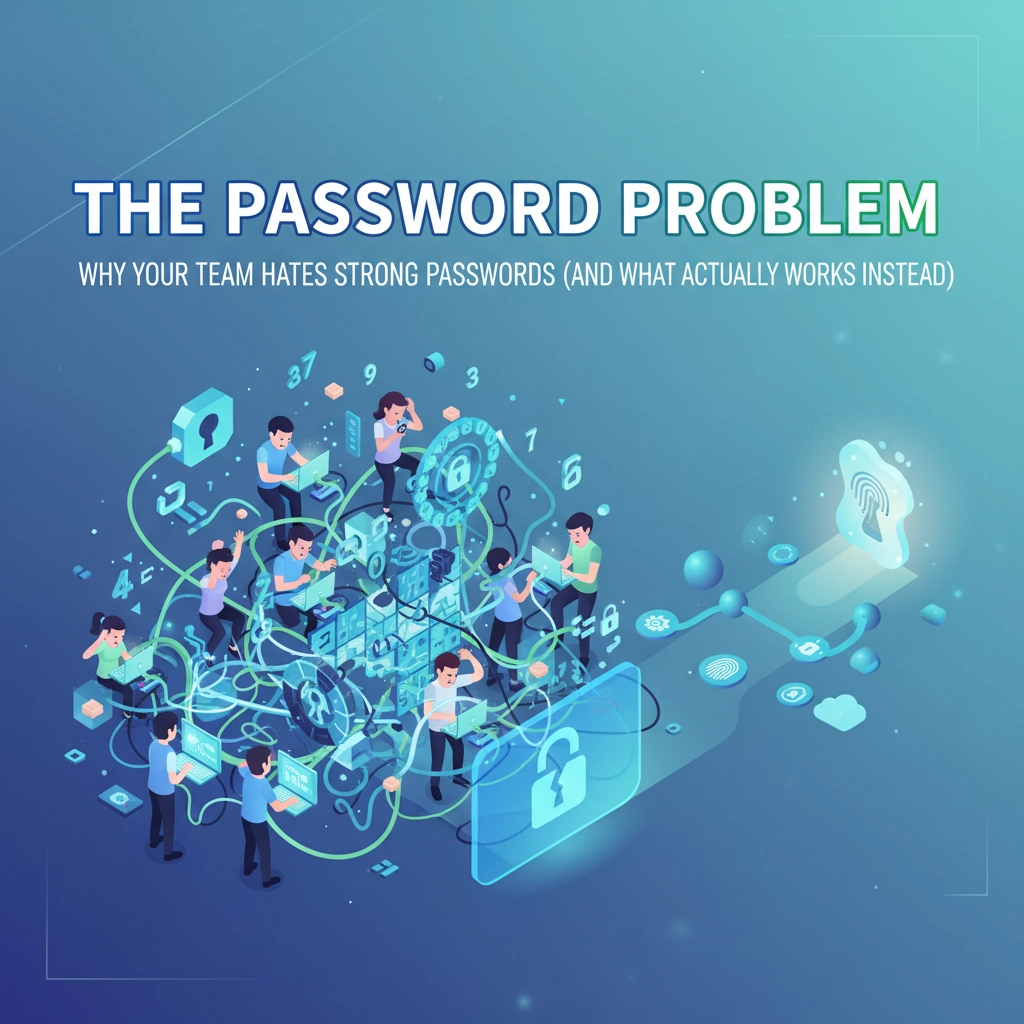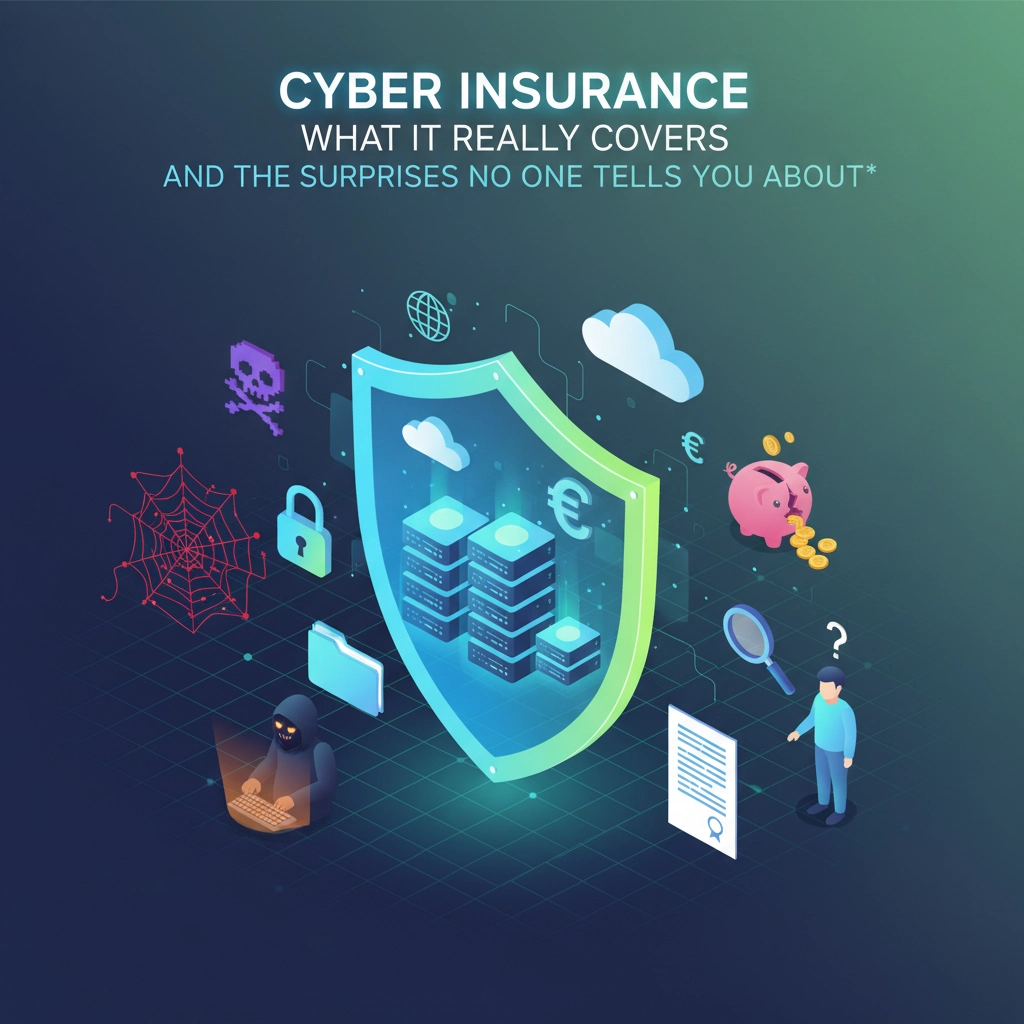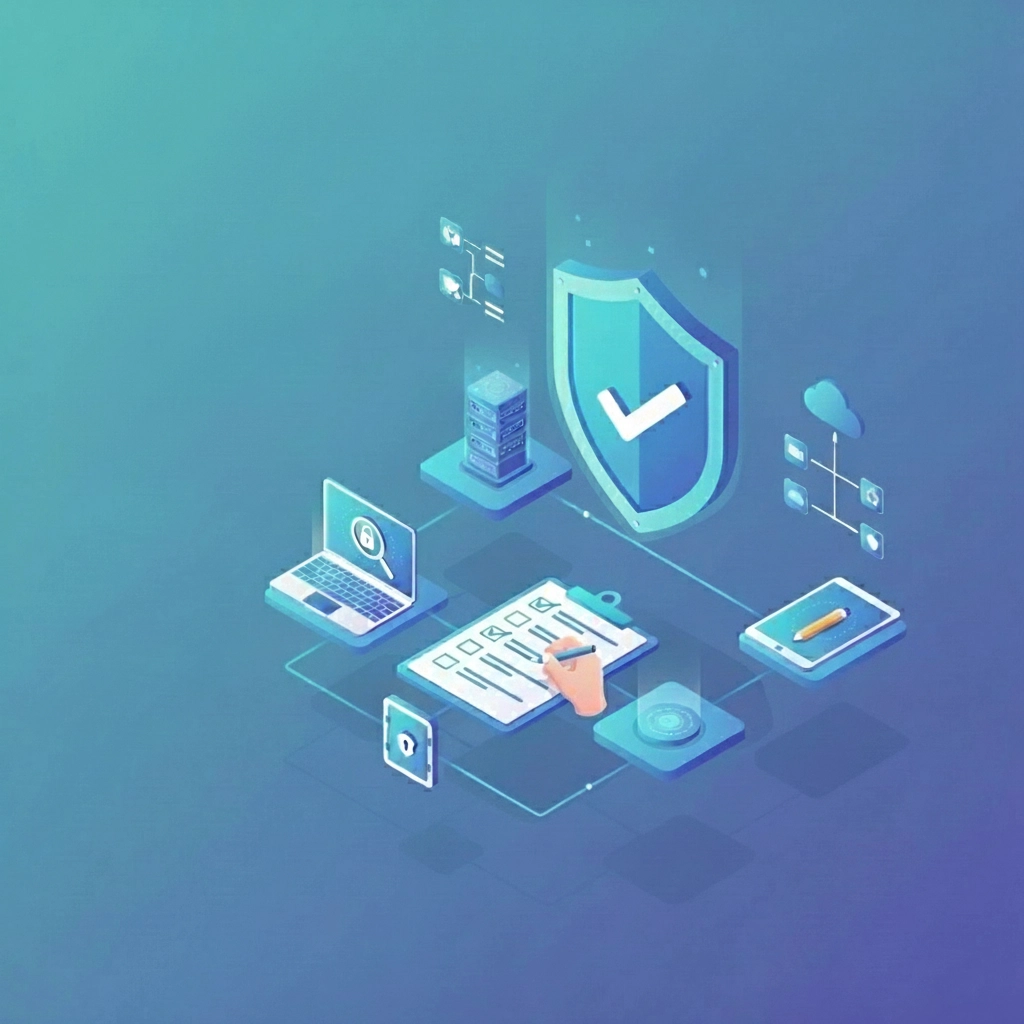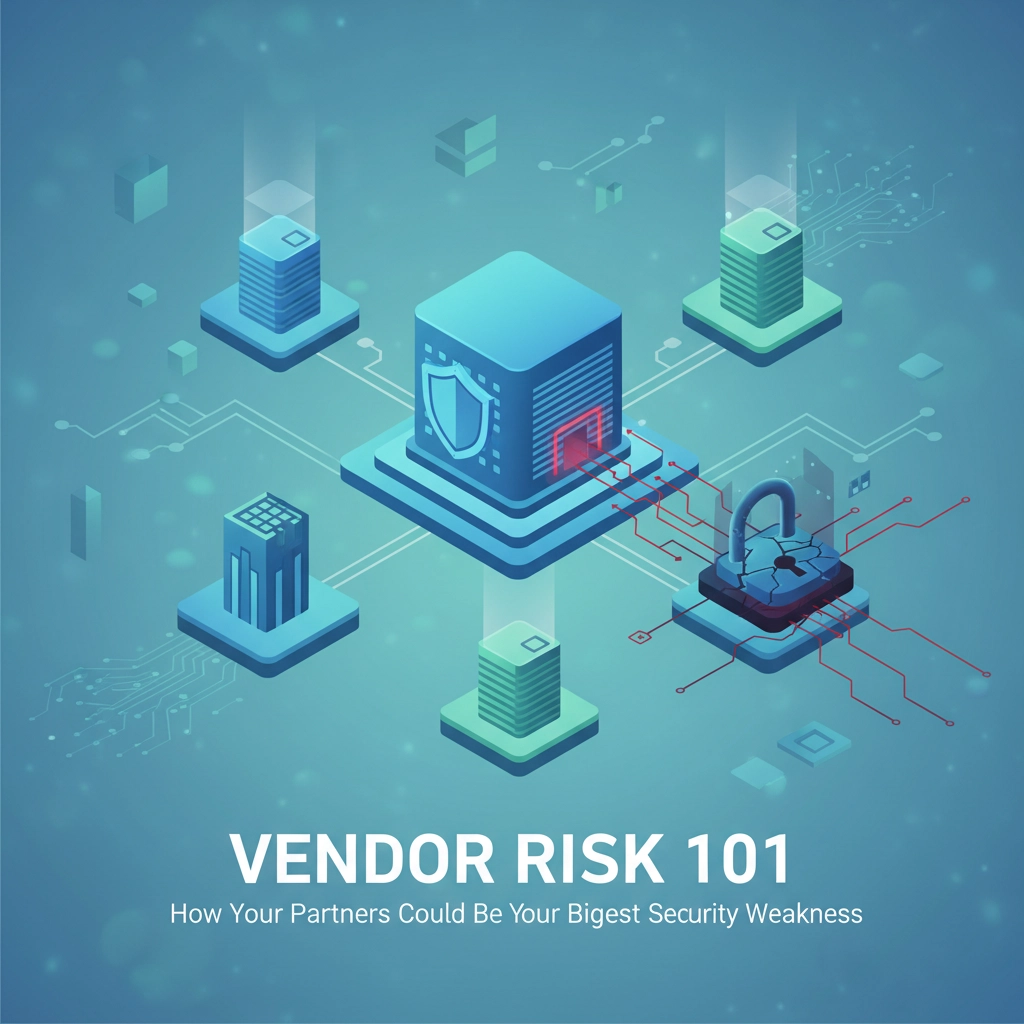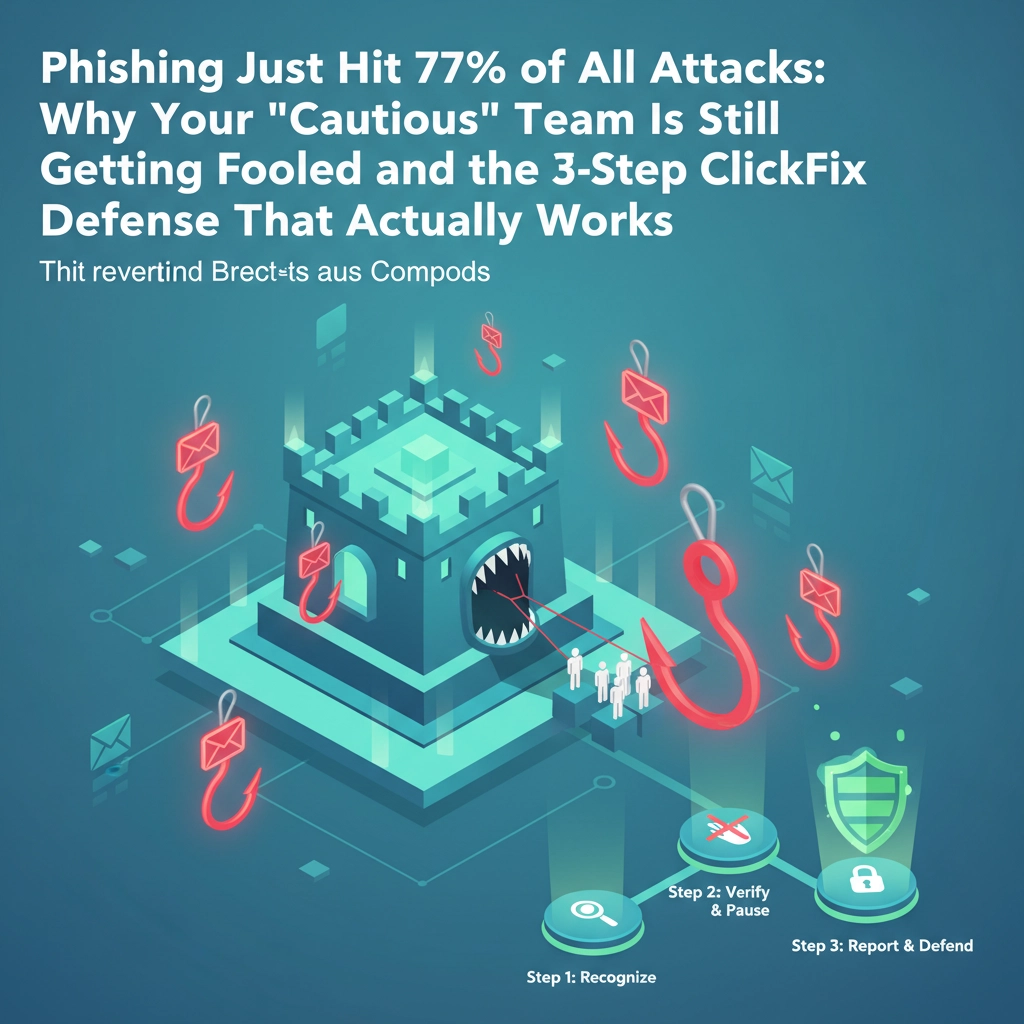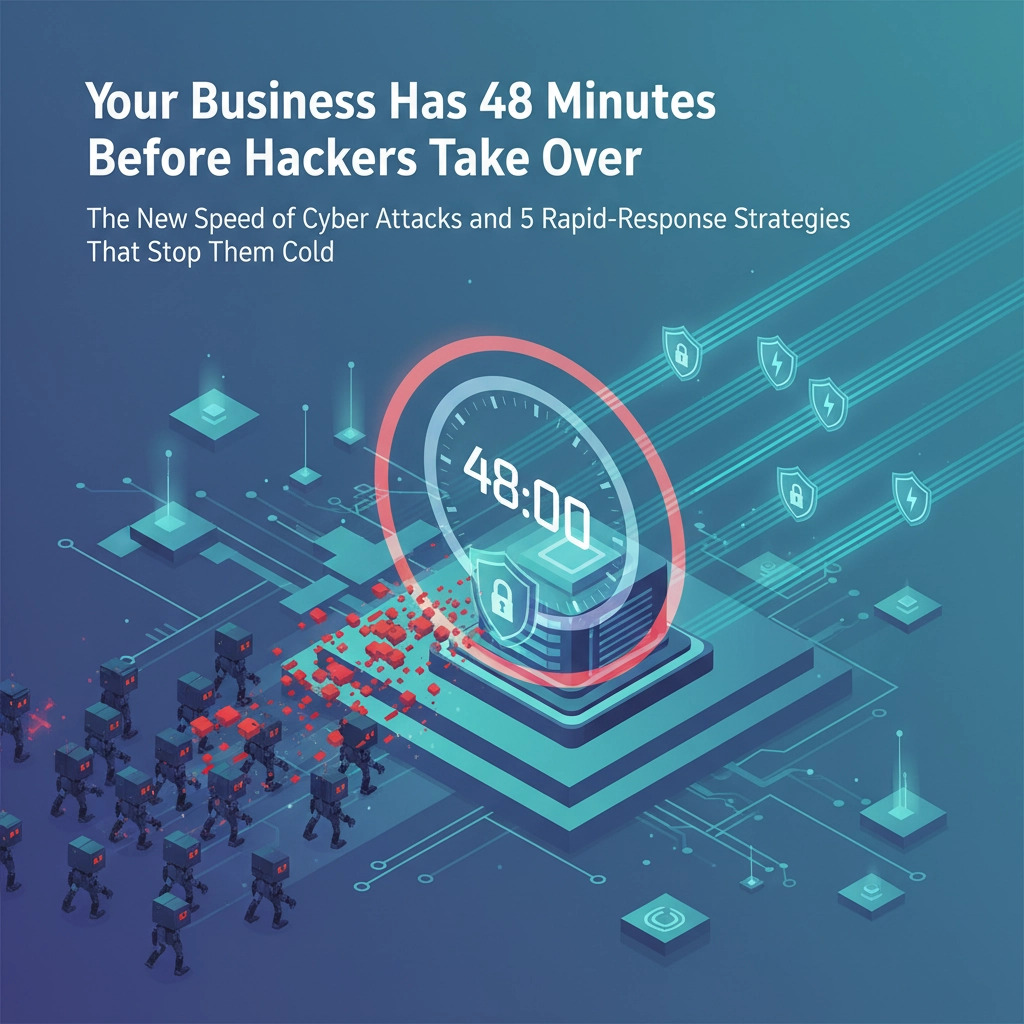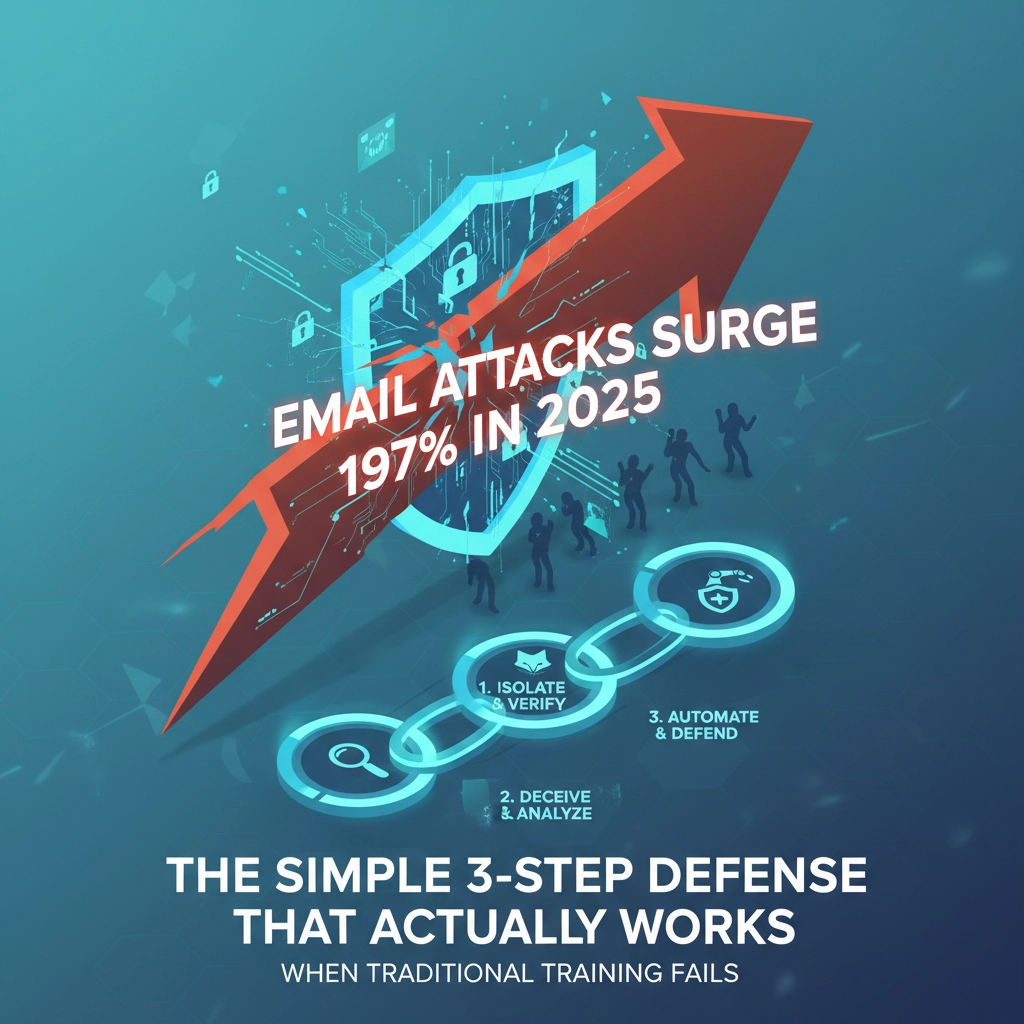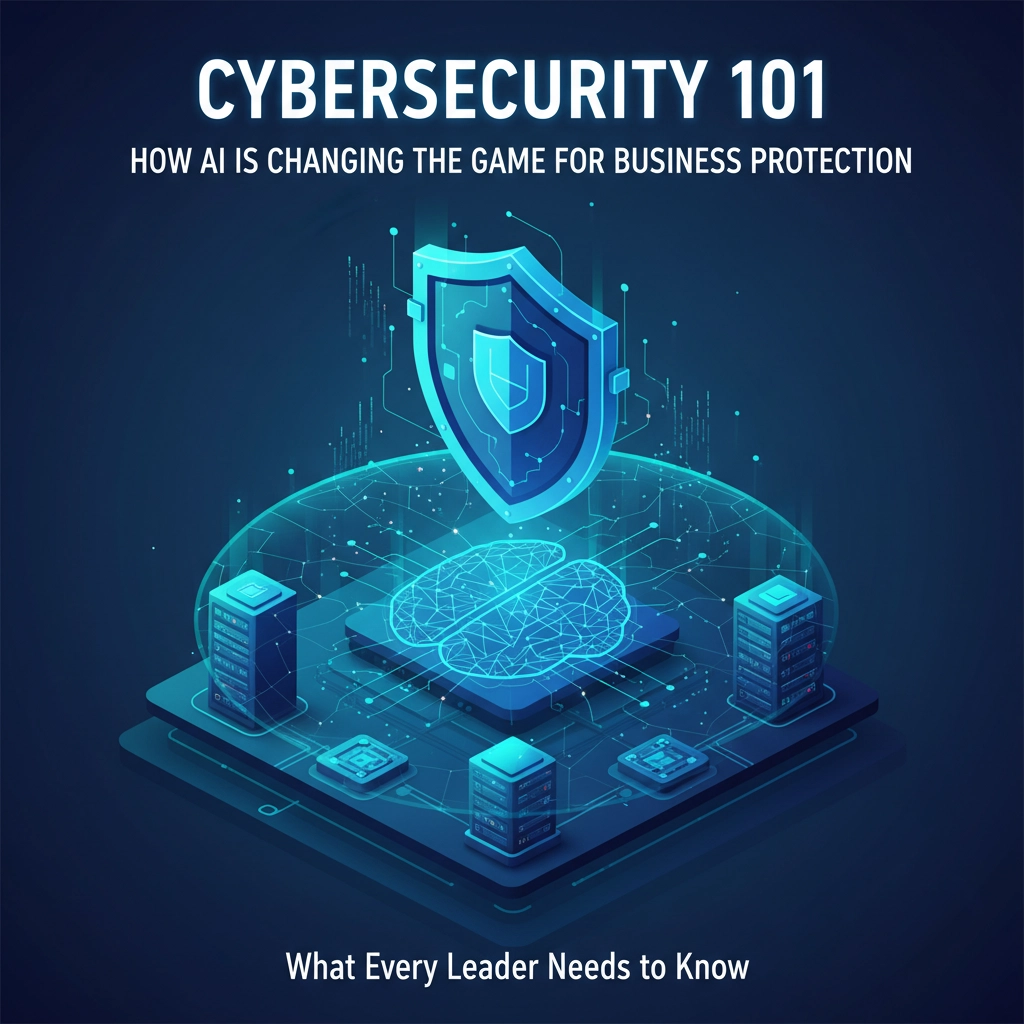If 2025 had a yearbook, the "Data Breach Hall of Shame" would be thicker than a phone book. While the headlines usually focus on massive corporate breaches, the reality is far more sobering for small businesses. 43% of all cyberattacks are now targeting small businesses – and the results are devastating.
Here's the harsh truth: 60% of small businesses that experience a cyber attack go out of business within six months. That's not a statistic you want to test firsthand. So let's break down the biggest breach categories from 2025 and, more importantly, what you can actually do about them.
The Ransomware Rampage: When Your Data Gets Kidnapped
Ransomware dominated 2025's breach landscape like a bad action movie sequel – bigger, nastier, and targeting everyone. 70% of ransomware attacks hit businesses with fewer than 500 employees, and these aren't your grandfather's computer viruses anymore.
Take the recent attacks on food distribution companies and manufacturing firms. Criminals used "Ransomware-as-a-Service" platforms that make launching sophisticated attacks as easy as ordering takeout. They're literally offering customer support, tutorials, and user-friendly dashboards to help cybercriminals destroy your business more efficiently.
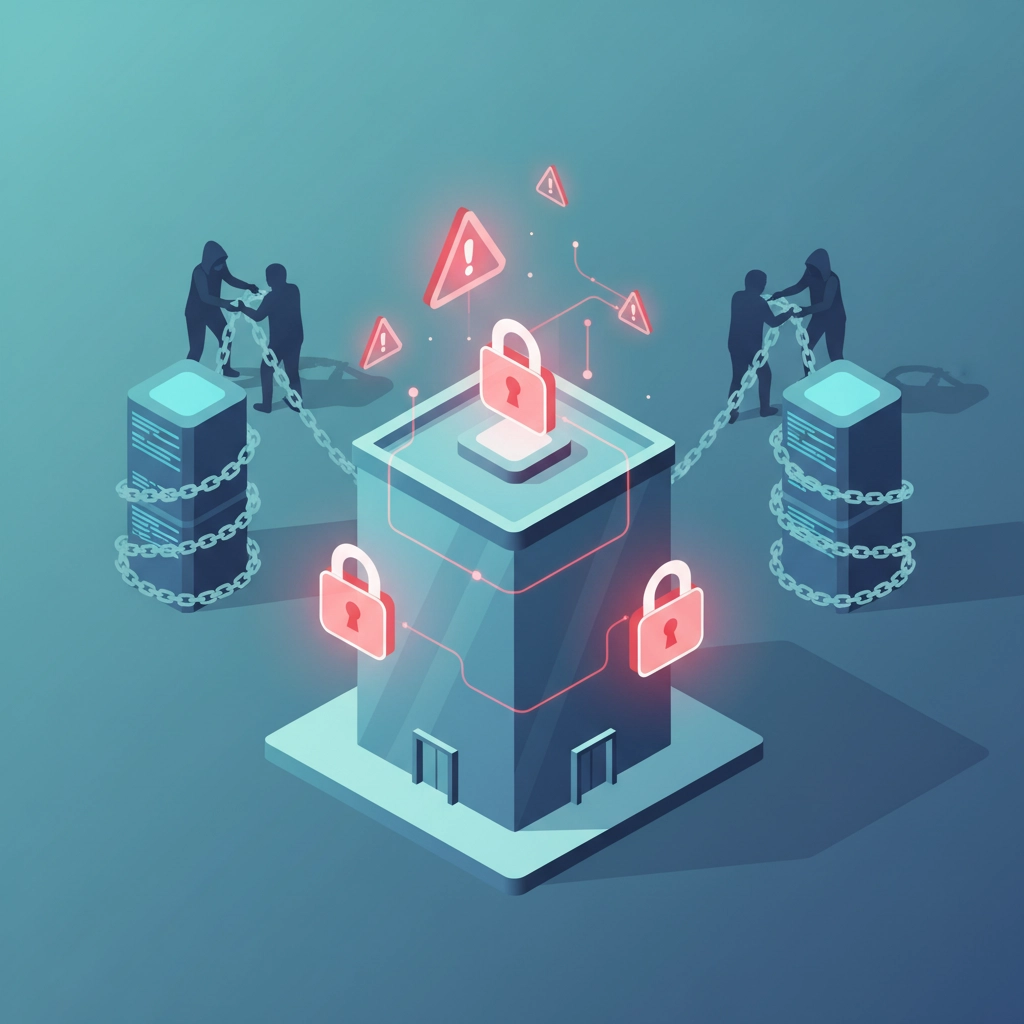
Your Action Plan:
- Implement the 3-2-1 backup rule immediately: Three copies of your data, on two different media types, with one stored offsite. No exceptions.
- Segment your network: Don't let ransomware spread like wildfire through your entire system. Create barriers between different parts of your network.
- Test your backups monthly: A backup you can't restore is just expensive storage. Make sure you can actually get your data back when you need it.
The Credential Catastrophe: When Passwords Become Passkeys to Disaster
Here's a sobering stat: 30% of small business data breaches happen because of stolen credentials. And with over 80% of hacking-related breaches caused by stolen or weak passwords, your "password123" isn't cutting it anymore.
The recent Treasury Department breach? Hackers exploited remote support tools to steal credentials and move laterally through networks. It's like giving a burglar the master key to every room in your building.
Your Action Plan:
- Enable Multi-Factor Authentication (MFA) everywhere: This single step can stop most credential-based attacks dead in their tracks. If they steal your password, they still can't get in without your phone.
- Use a password manager: Generate unique, complex passwords for every account. Your brain wasn't designed to remember 50 different passwords anyway.
- Monitor for credential exposure: Services like Have I Been Pwned can alert you when your credentials appear on the dark web.
The Phishing Phenomenon: When Emails Become Trojan Horses
Over 75% of targeted cyberattacks in 2024 started with an email, and 2025 cranked up the sophistication. We're seeing AI-generated phishing emails that are getting scary good at fooling even tech-savvy employees.
The PowerSchool breach that exposed 70 million accounts? It started with stolen credentials, likely obtained through phishing. Samsung's Android zero-day exploitation and the spyware campaigns targeting high-risk users also leveraged social engineering techniques.

Your Action Plan:
- Train your team on modern phishing tactics: Those Nigerian prince emails are ancient history. Today's phishing looks like legitimate business communications.
- Implement email filtering and security: Use tools that can spot suspicious emails before they reach your inbox.
- Create a verification process: If someone asks for sensitive information or money transfers via email, require a phone call or in-person confirmation.
The Third-Party Tsunami: When Your Vendors Become Your Vulnerability
Some of 2025's biggest breaches didn't start with direct attacks on the victims. They came through trusted third-party vendors and service providers. It's like giving someone the keys to your house because you trust them, then discovering they left the door wide open.
Your Action Plan:
- Audit your vendor security: Don't just trust – verify. Ask for security certifications and incident response plans.
- Limit vendor access: Give third parties only the minimum access they need to do their job.
- Include security requirements in contracts: Make cybersecurity standards a legal requirement, not a nice-to-have.
The Mobile Menace: Pocket-Sized Security Nightmares
New Android Trojans like RatOn are automating remote bank attacks and device takeovers. Your smartphone isn't just a communication device – it's a gateway to your entire business ecosystem.

Your Action Plan:
- Implement Mobile Device Management (MDM): Control what apps can be installed and ensure devices stay updated.
- Separate business and personal data: Use containerization to keep work information isolated.
- Regular security updates: Don't ignore those update notifications – they often contain critical security patches.
The Preparation Gap: Why Most Small Businesses Are Sitting Ducks
Here's the reality check that should keep you up at night: 80% of small businesses still don't have a formal cybersecurity policy. Even worse, 45% lack endpoint protection on company devices, and only 20% perform regular security assessments.
It's like leaving your front door unlocked in a neighborhood where everyone knows you keep cash under the mattress.
The Real-World Cost of Doing Nothing
Let's talk dollars and cents. While minor incidents might cost around $25,000, severe data breaches average $3.31 million for small businesses. The total annual cost of cybercrimes to small businesses? $2.4 billion per year.
But the financial hit isn't even the worst part. 29% of small businesses that suffer a data breach lose customers permanently due to trust issues. Your reputation, built over years, can disappear overnight.

Your Emergency Action Plan: Start Here, Start Now
If this article has your anxiety levels spiking, good – that means you're taking this seriously. Here's your immediate to-do list:
- Enable MFA on all critical accounts today – not tomorrow, today
- Start backing up your data using the 3-2-1 rule
- Create an incident response plan – know who to call and what to do when (not if) you get hit
- Invest in cyber insurance – it won't prevent attacks, but it can prevent bankruptcy
- Schedule regular security assessments – you can't protect what you don't know about
The Bottom Line: It's Not If, It's When
The statistics don't lie – 75% of small businesses experienced at least one cyber attack in the past year. You're not being paranoid by taking cybersecurity seriously; you're being responsible.
The good news? Unlike some business challenges, cybersecurity has clear, actionable solutions. You don't need a massive IT budget or a computer science degree. You just need to take the first step.
Don't wait until you become next year's cautionary tale. The cost of prevention is always less than the cost of recovery – assuming you get the chance to recover at all.
Ready to turn your business from an easy target into a hard target? Contact B&R Computers for a cybersecurity assessment that could save your business. Because in 2025, the best defense isn't hoping you won't be attacked – it's making sure you're ready when you are.





